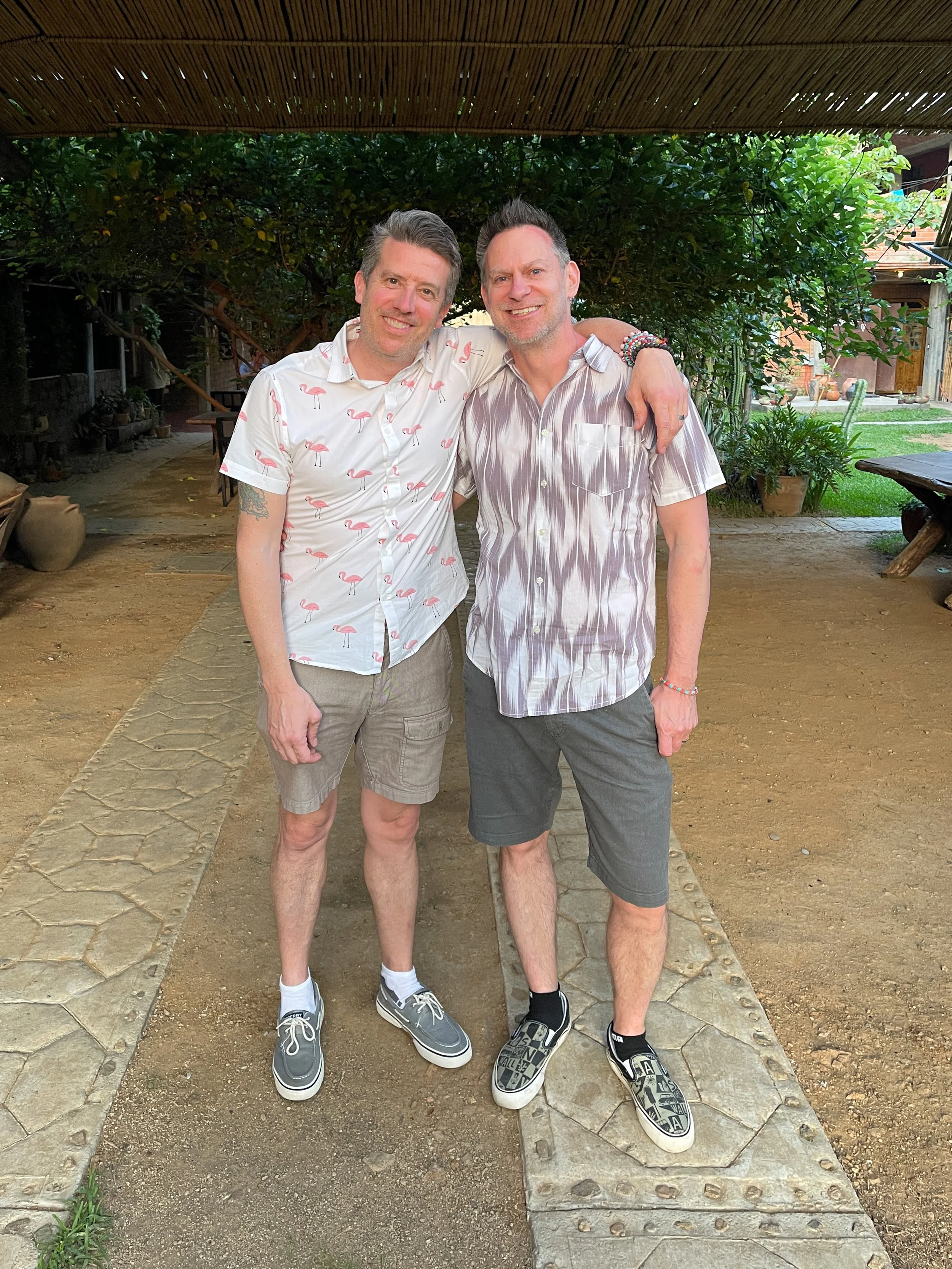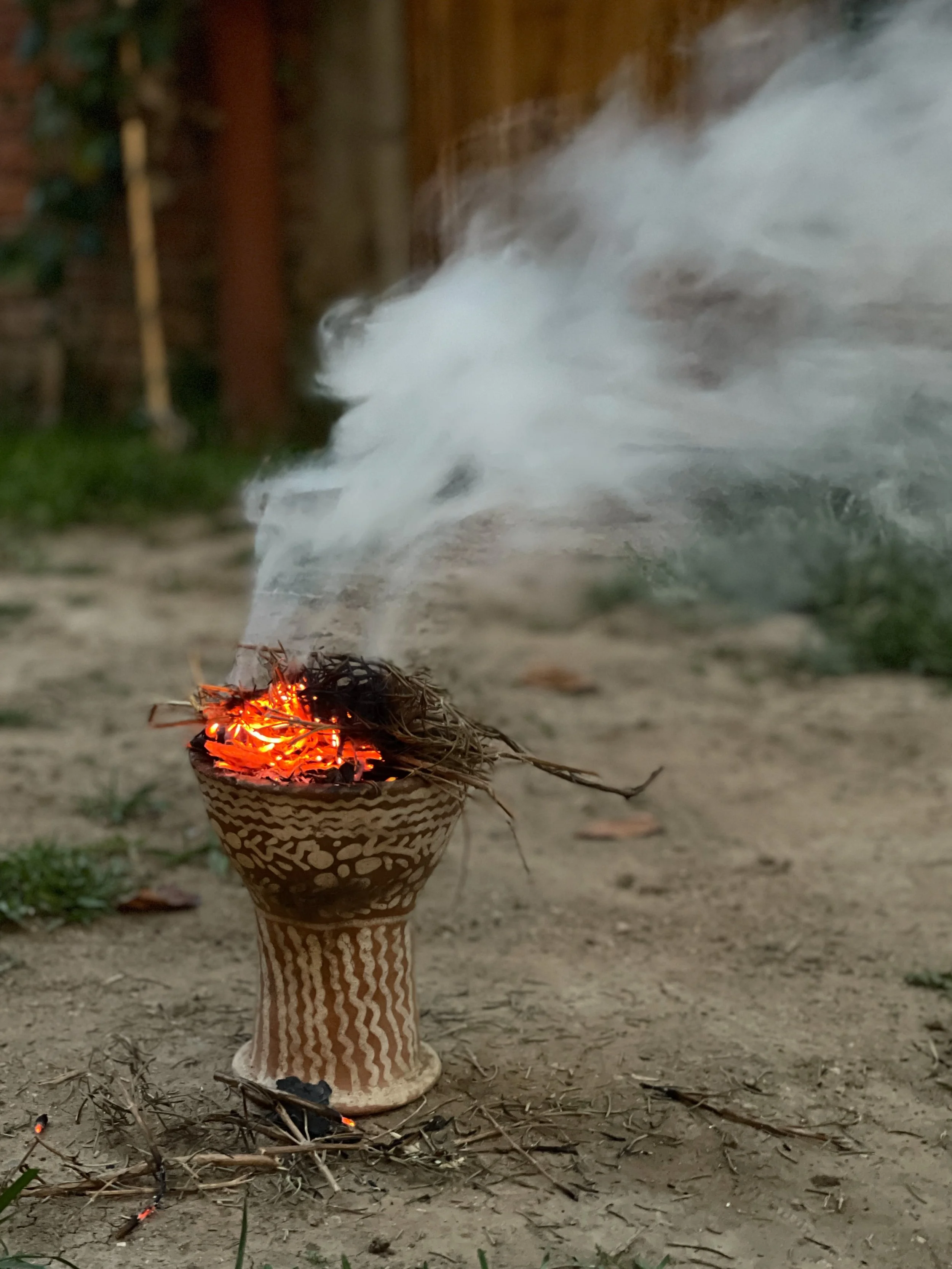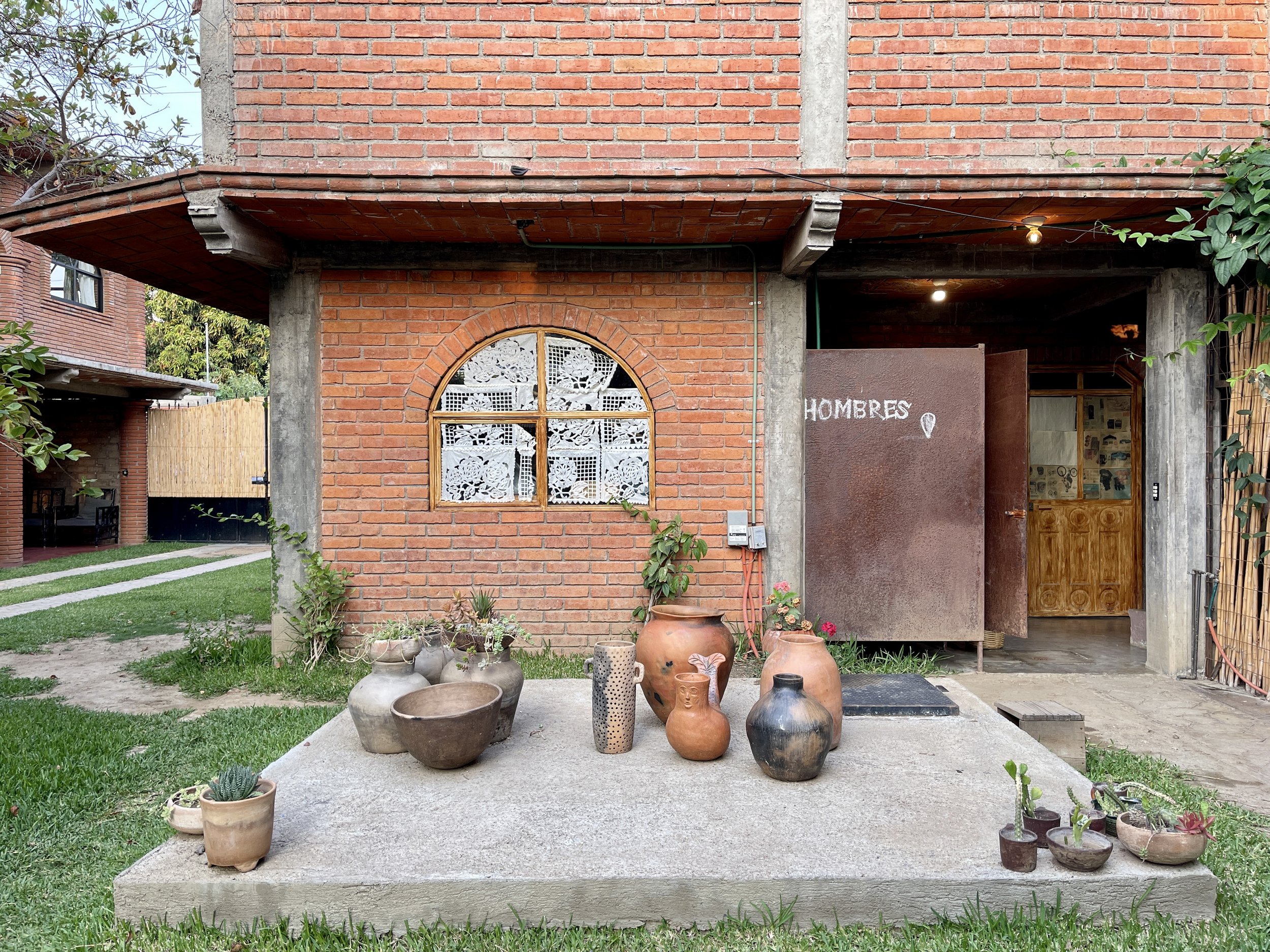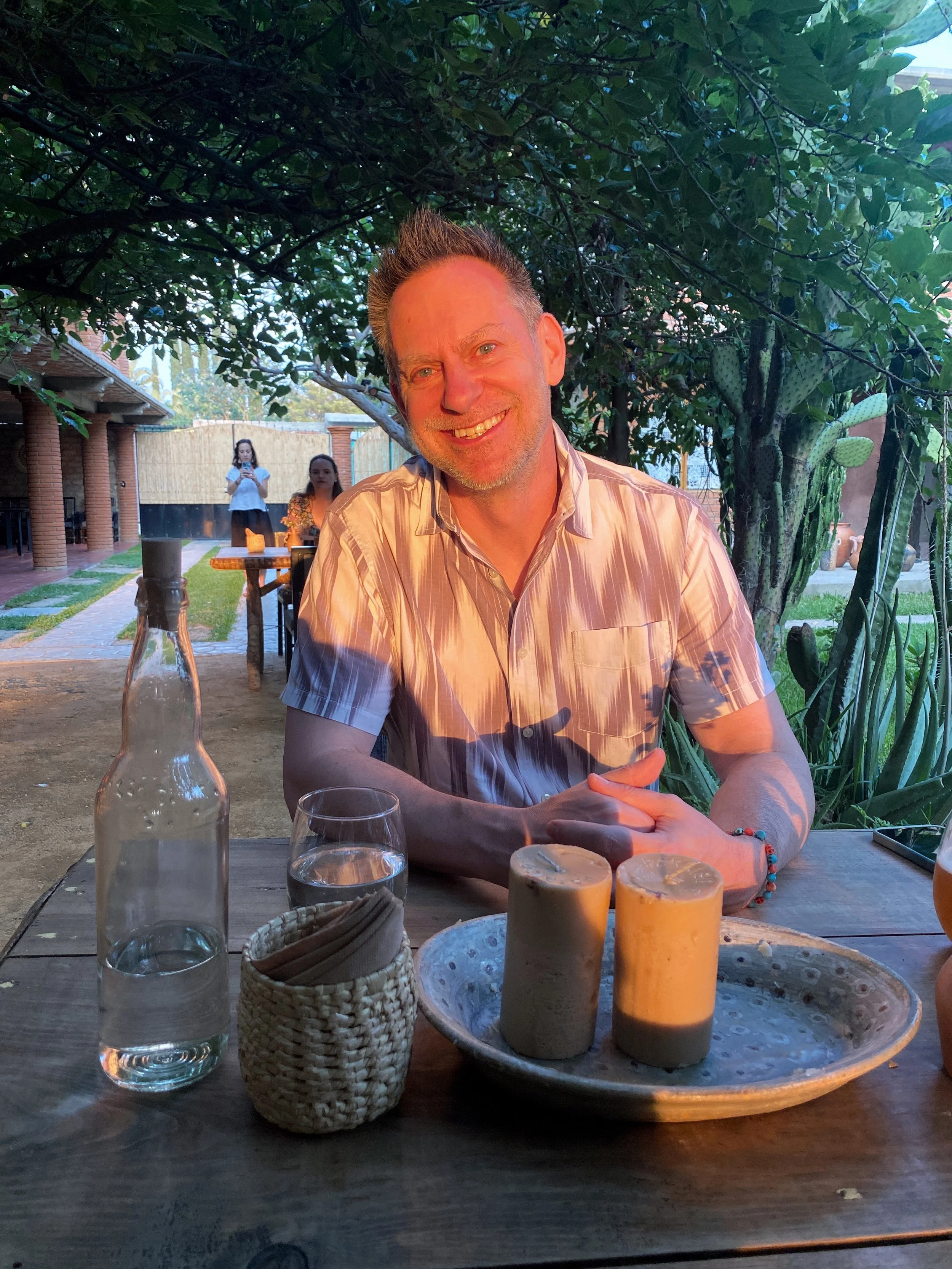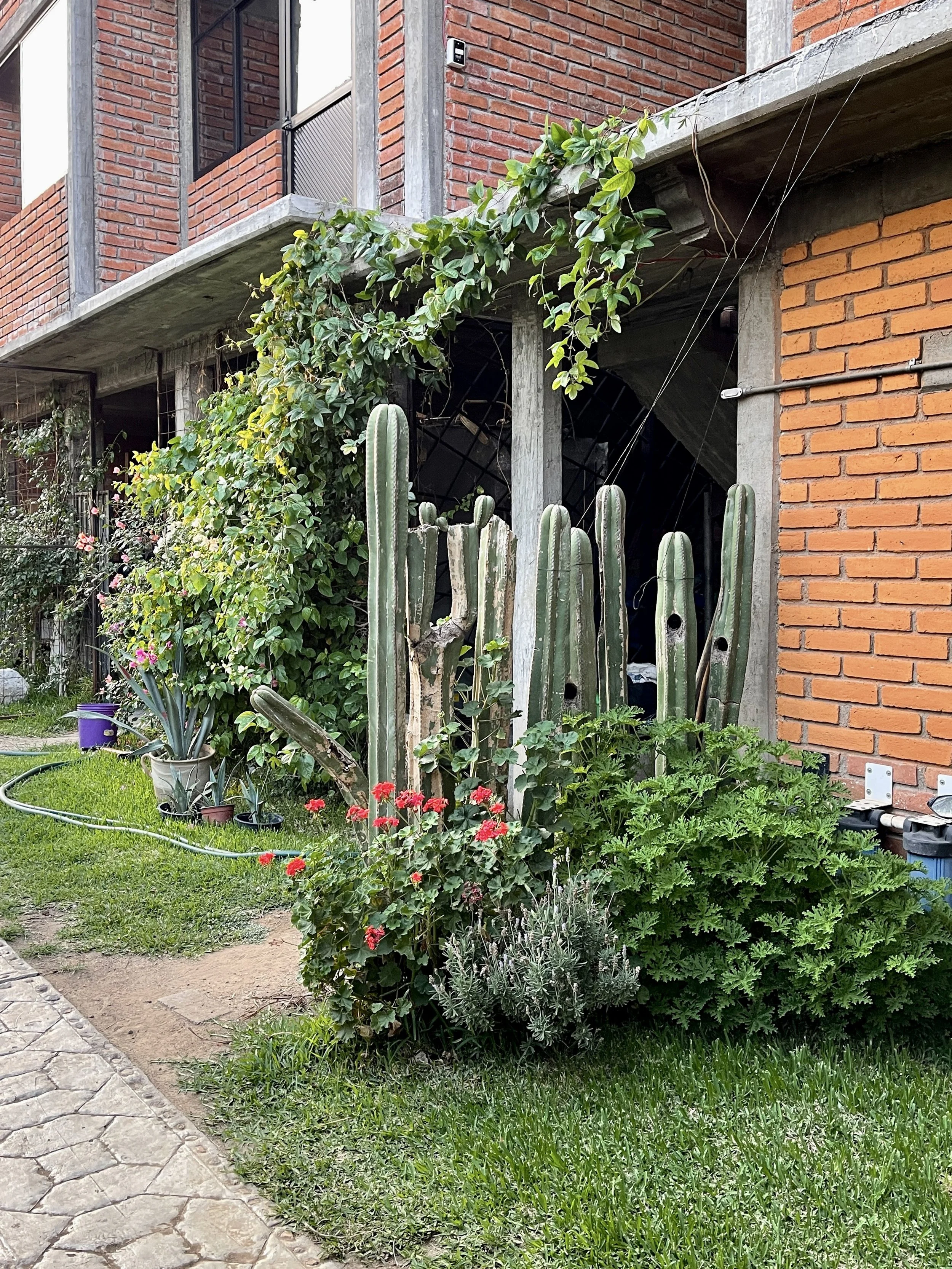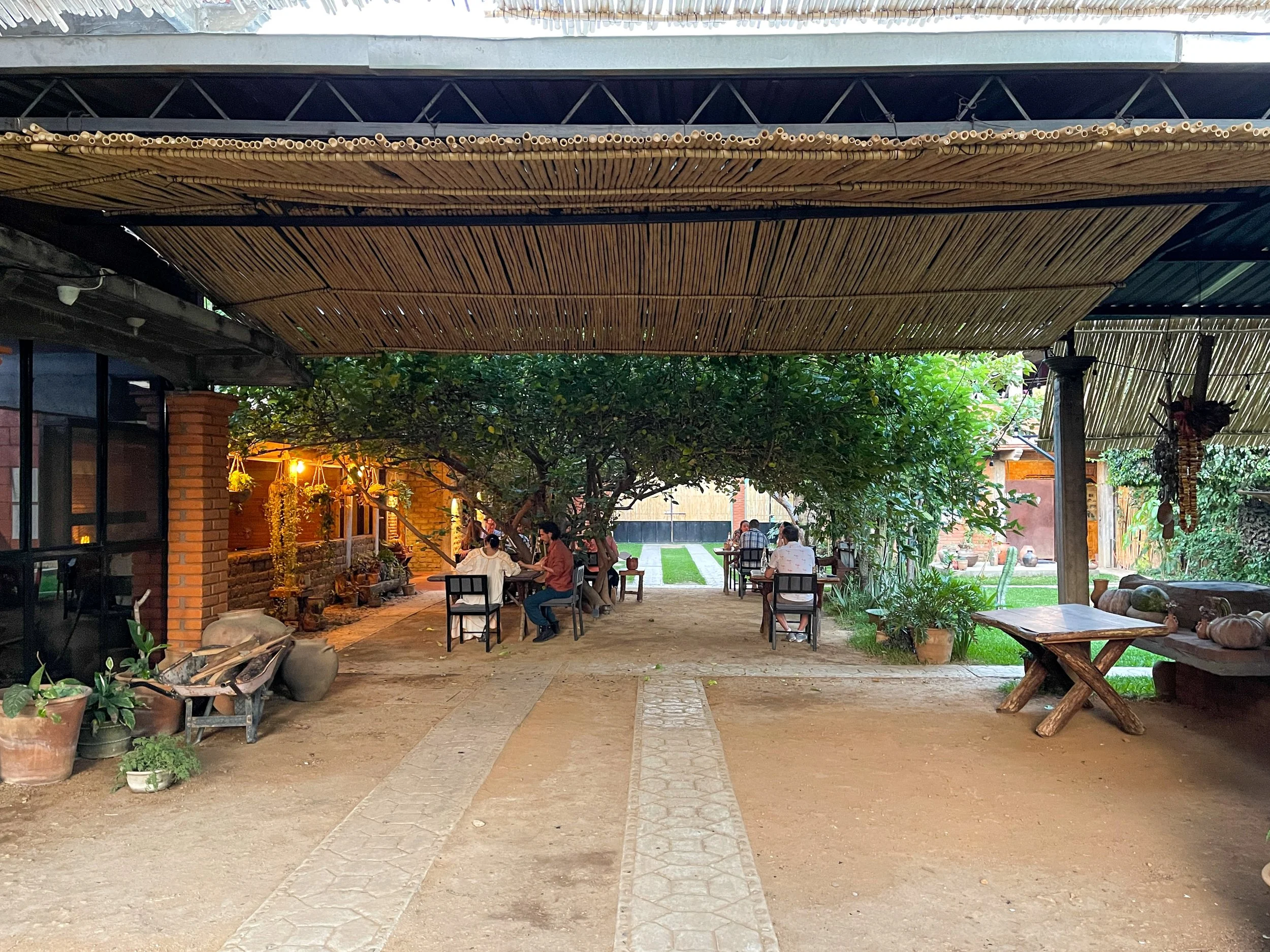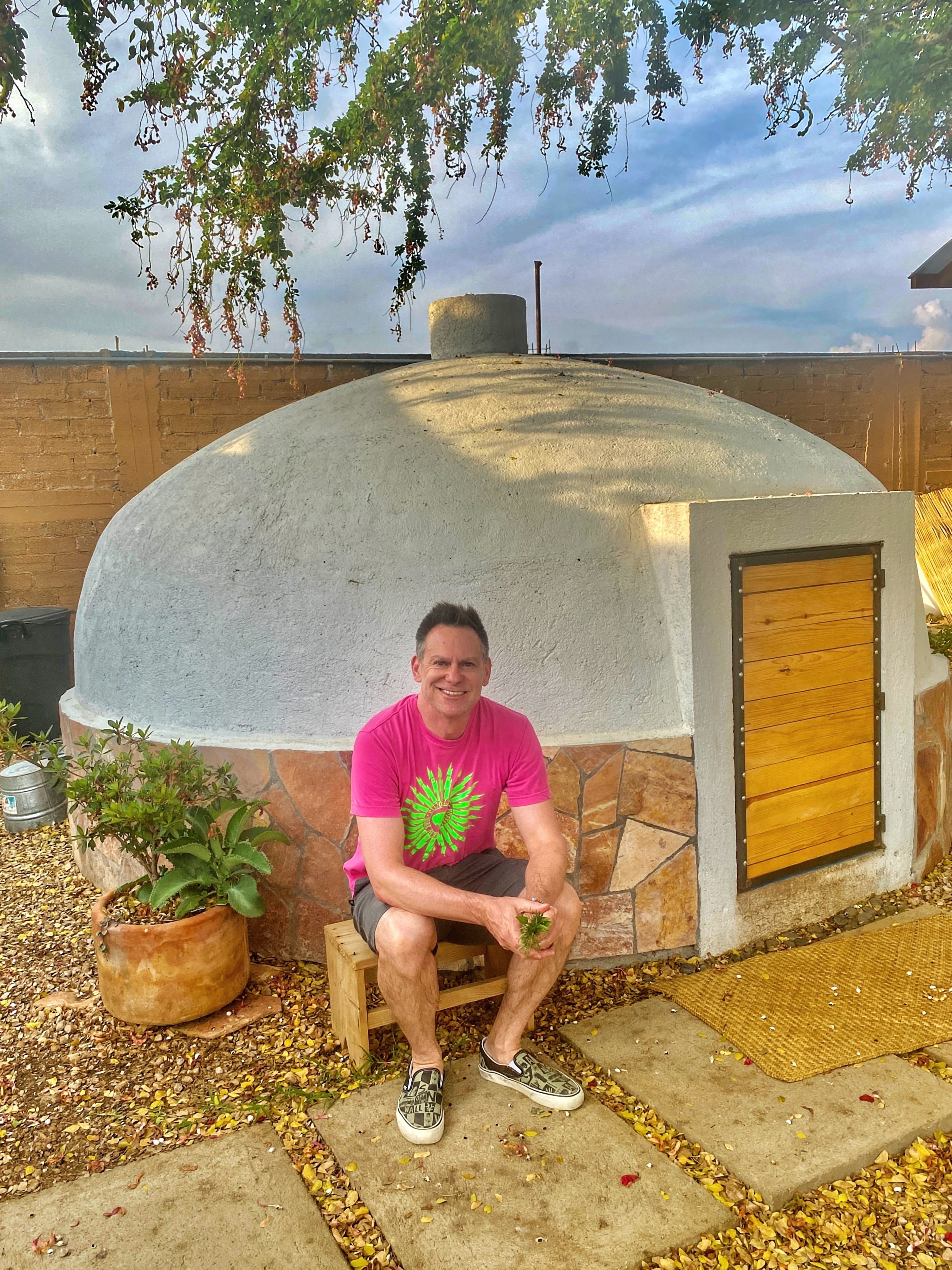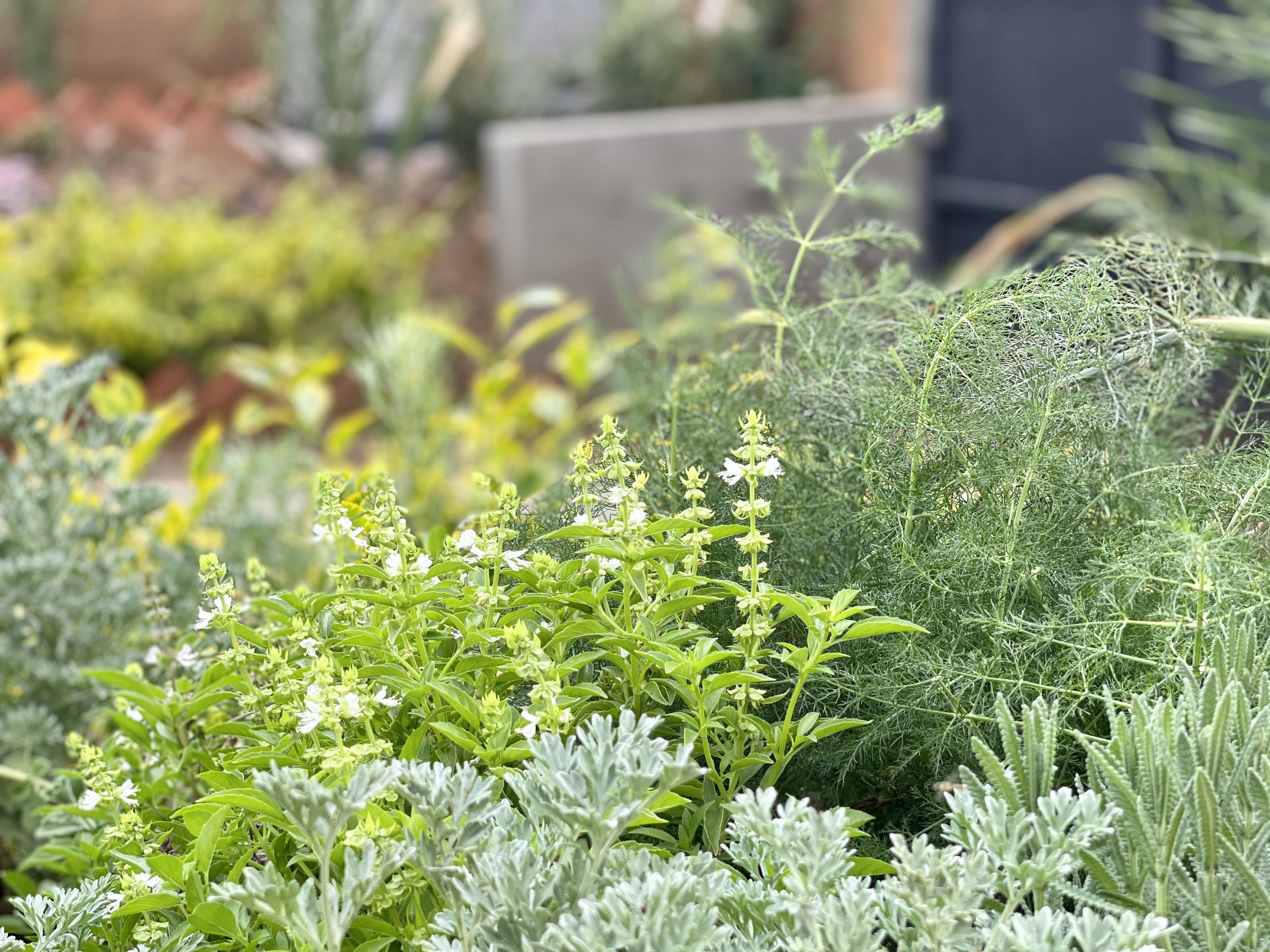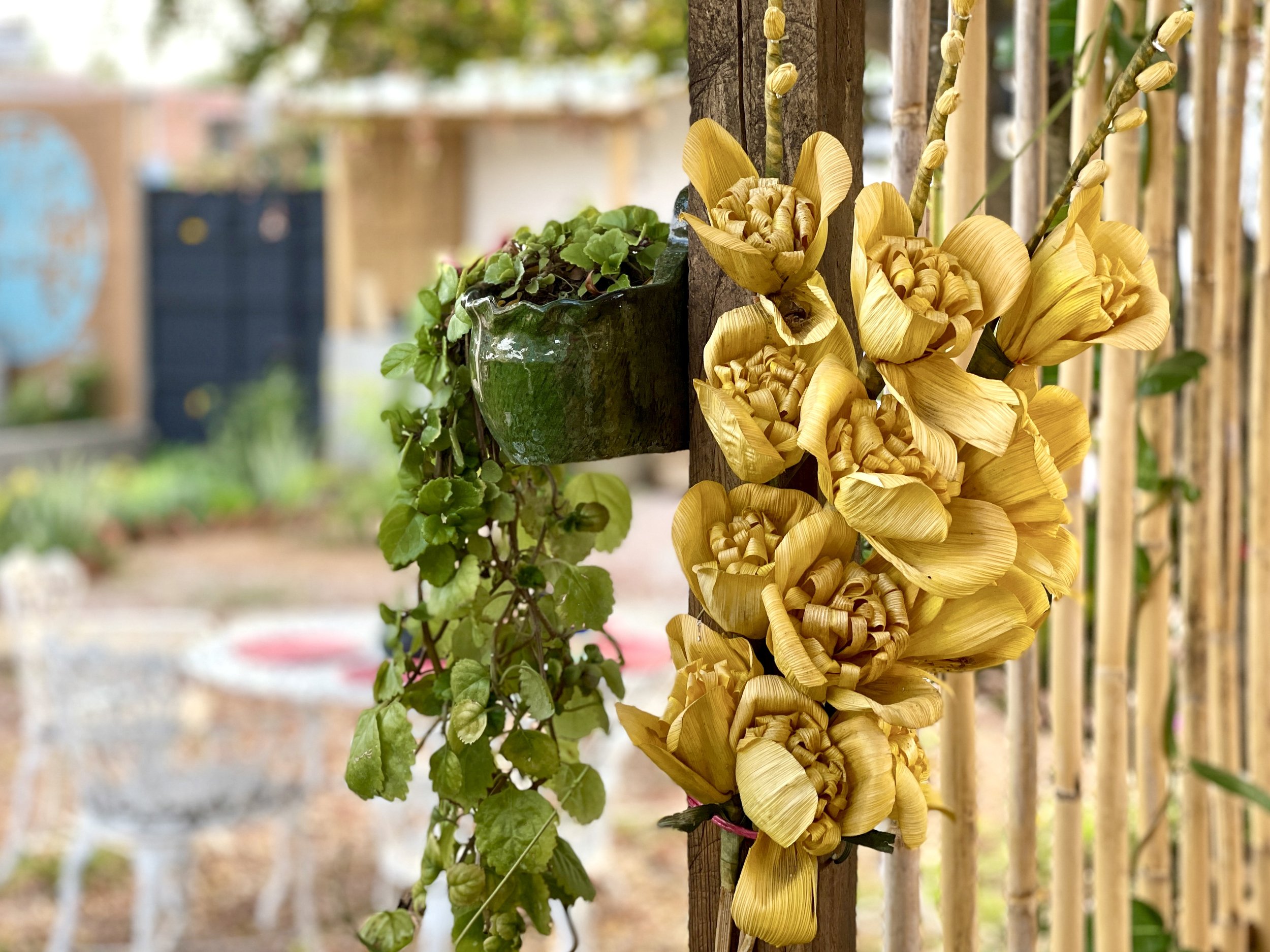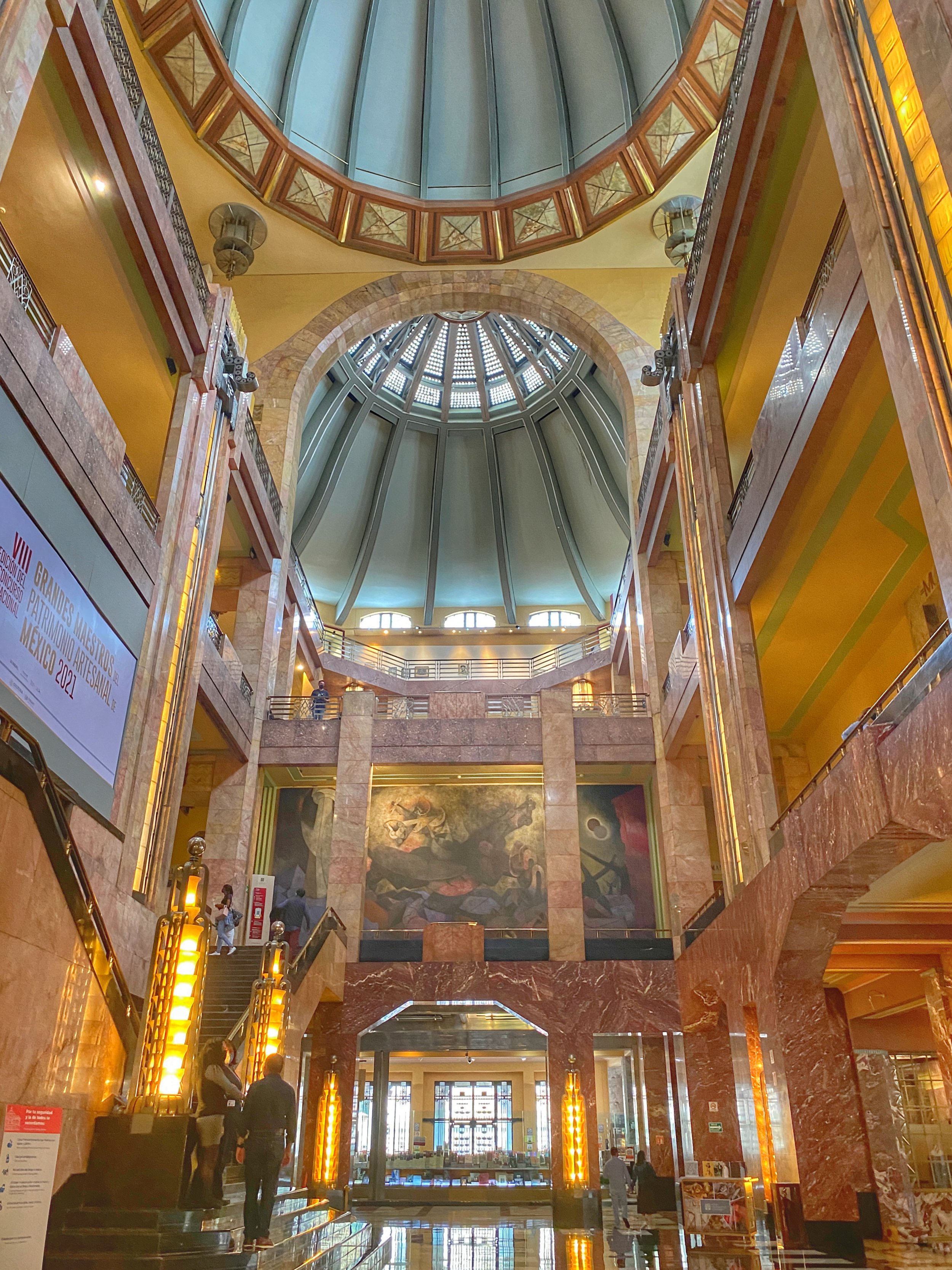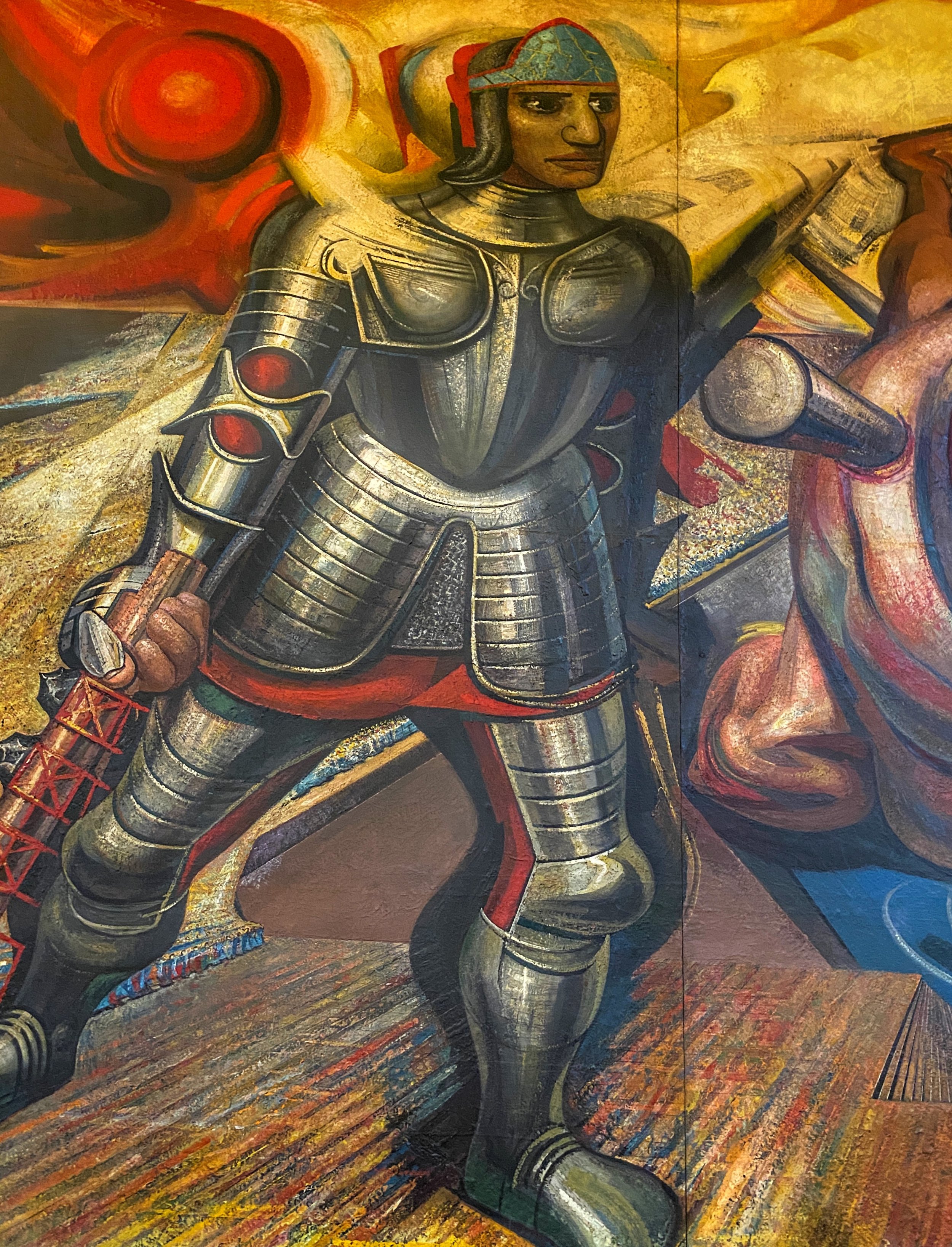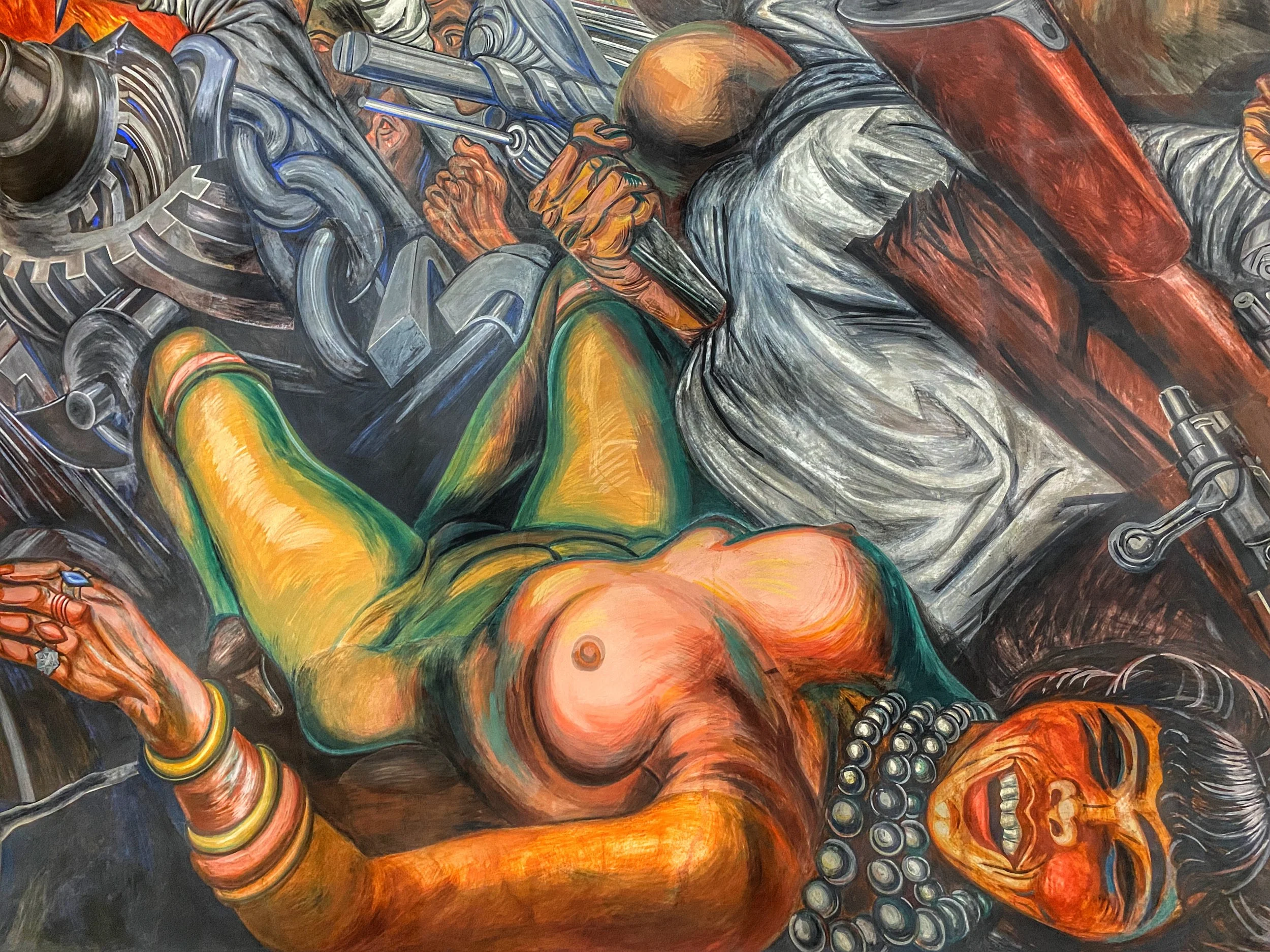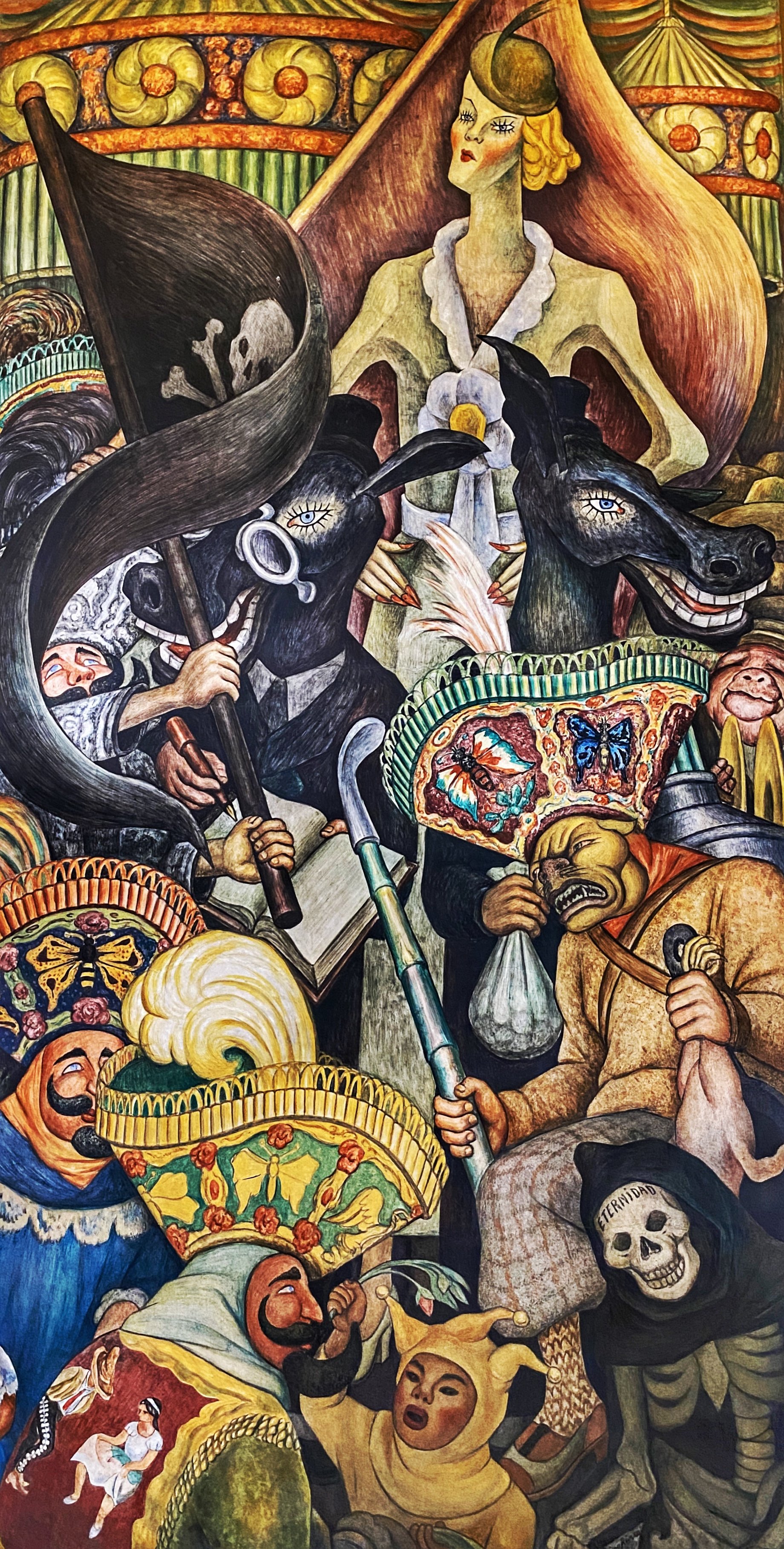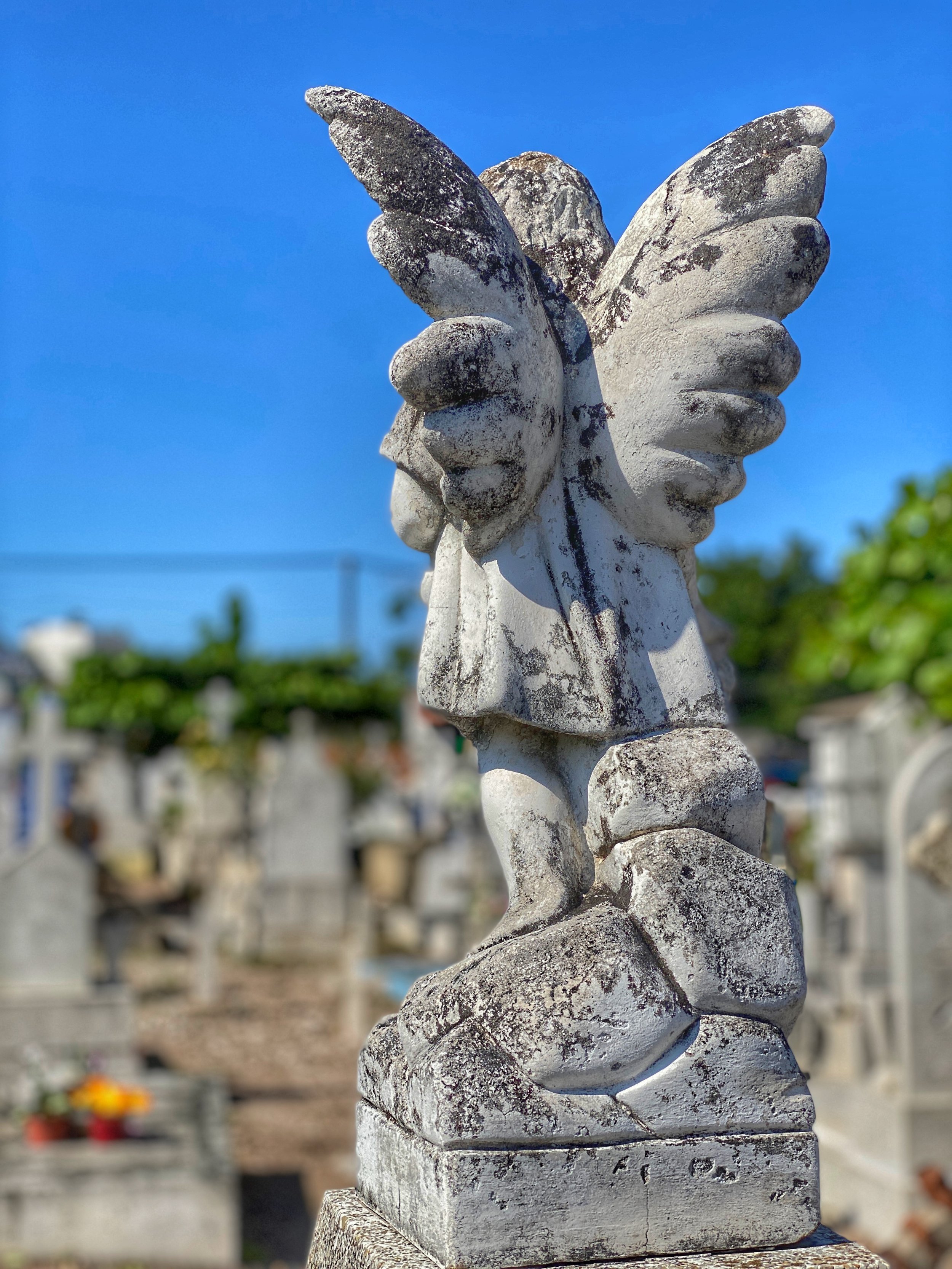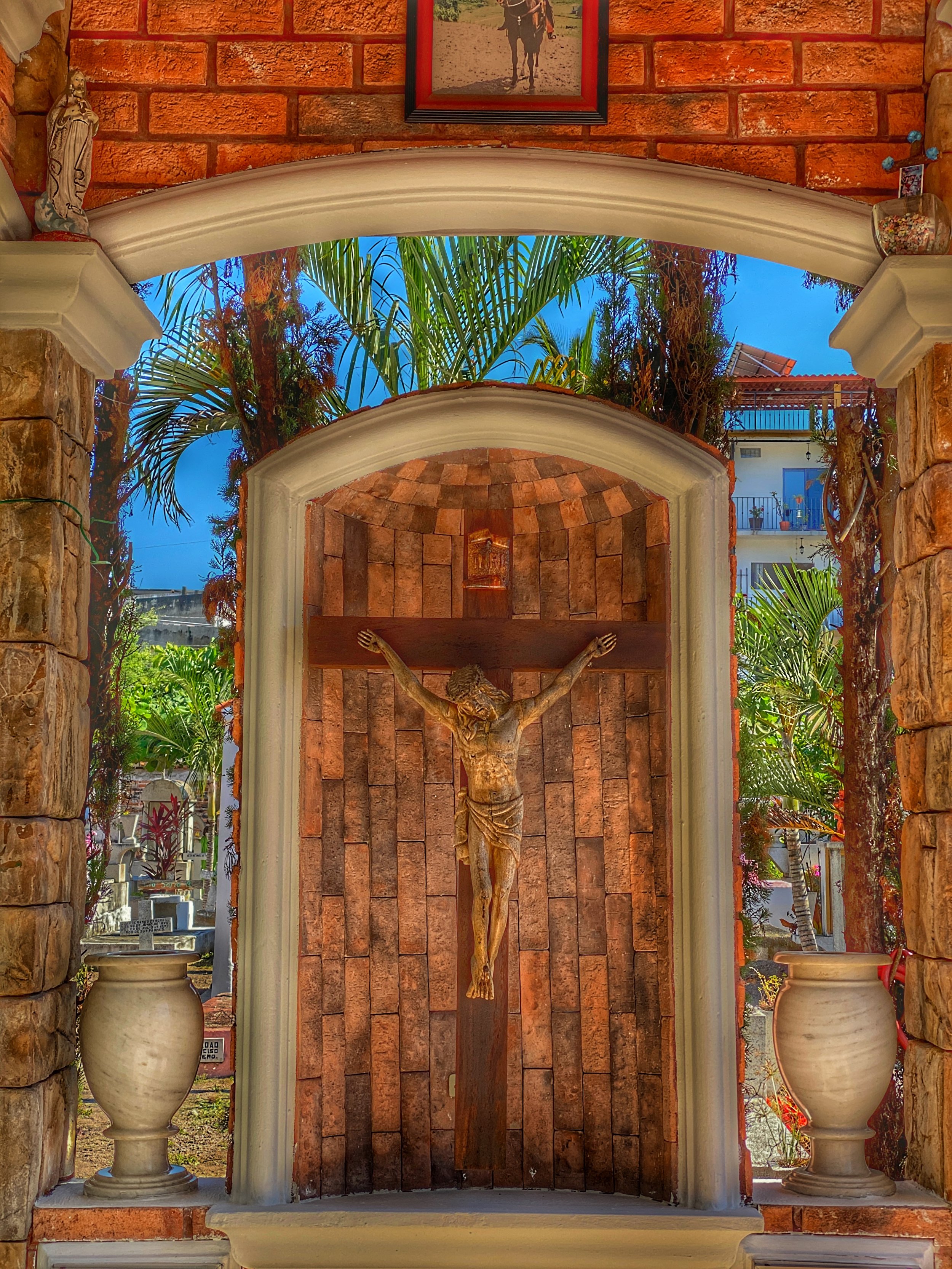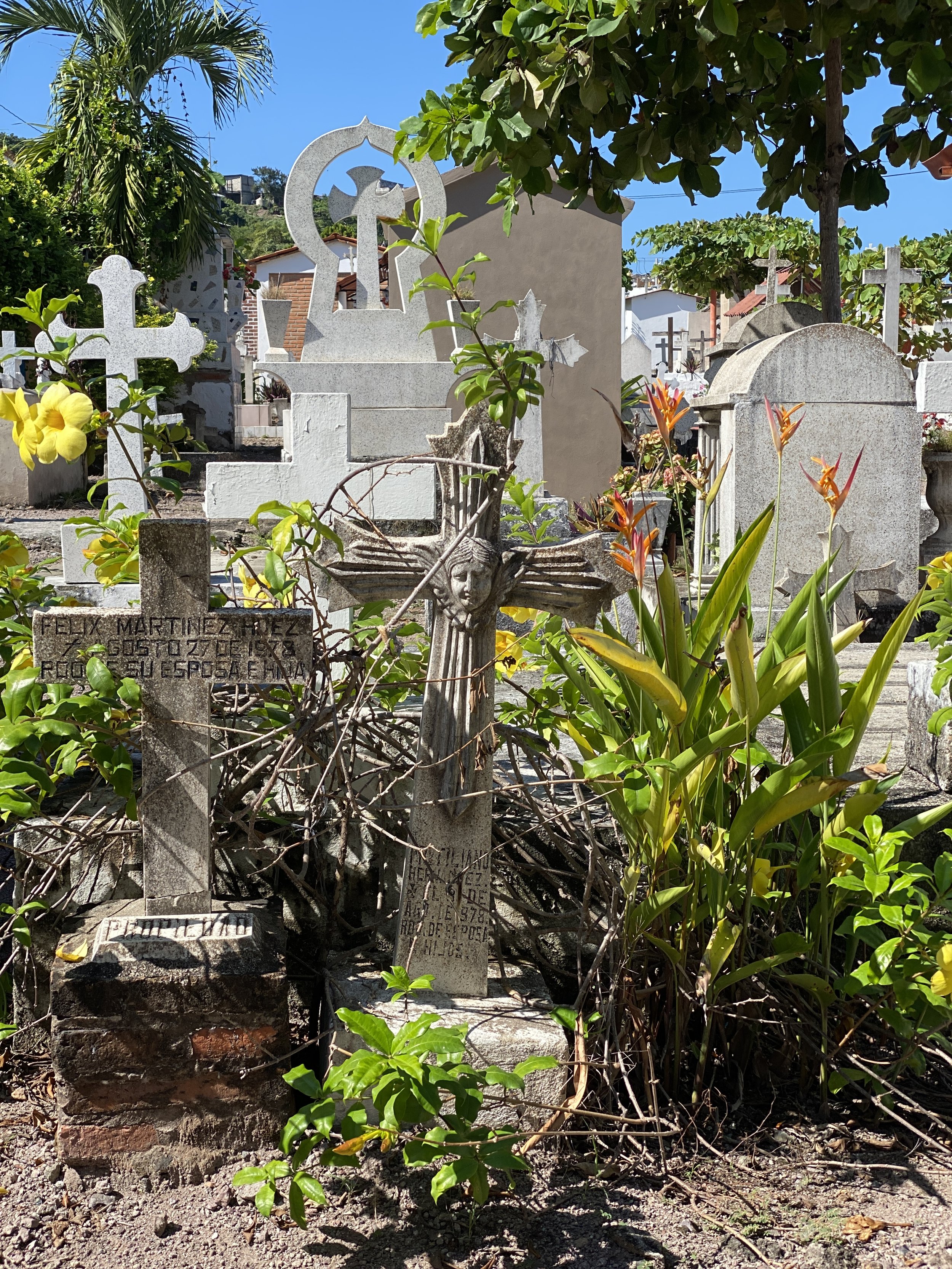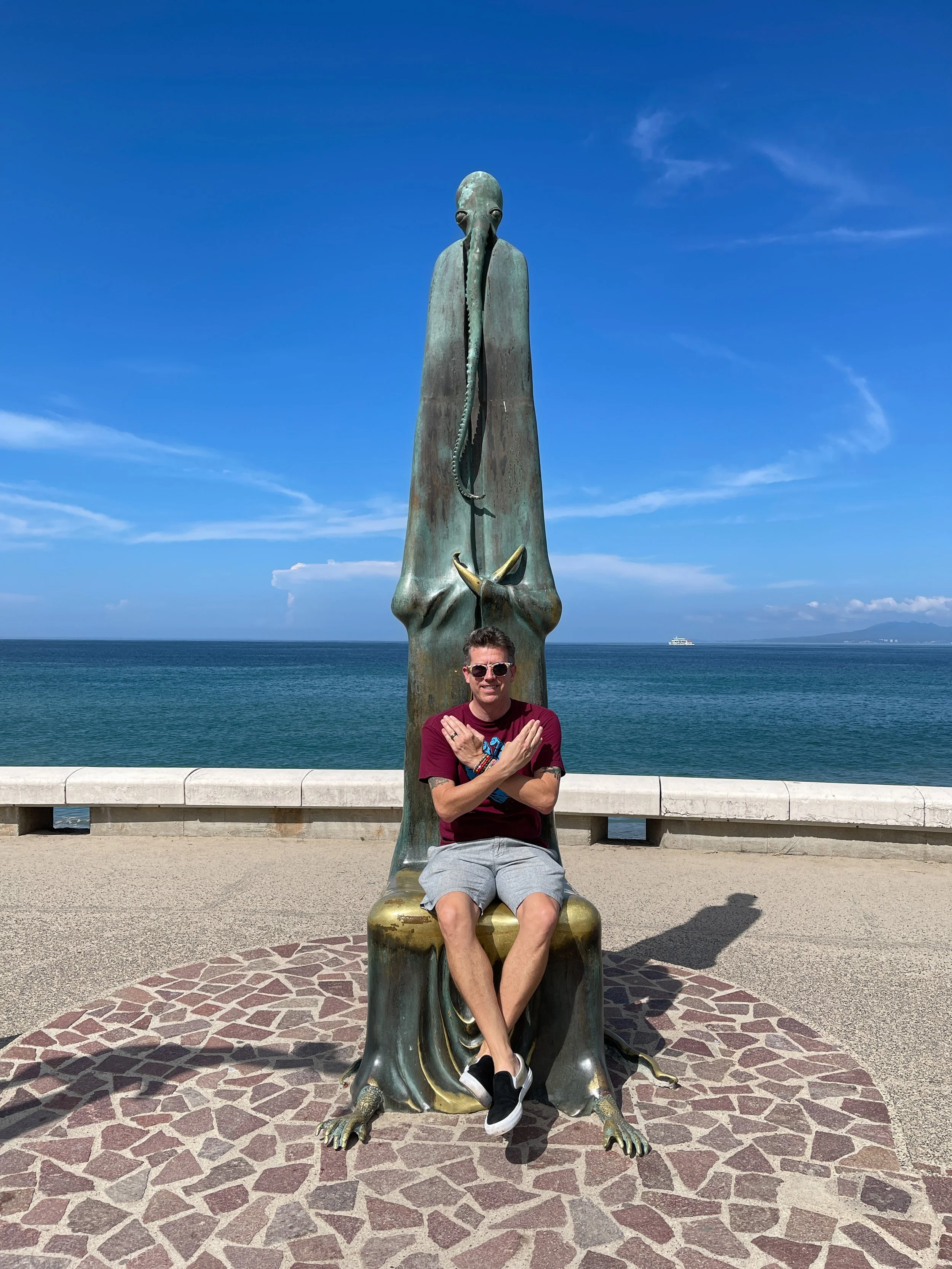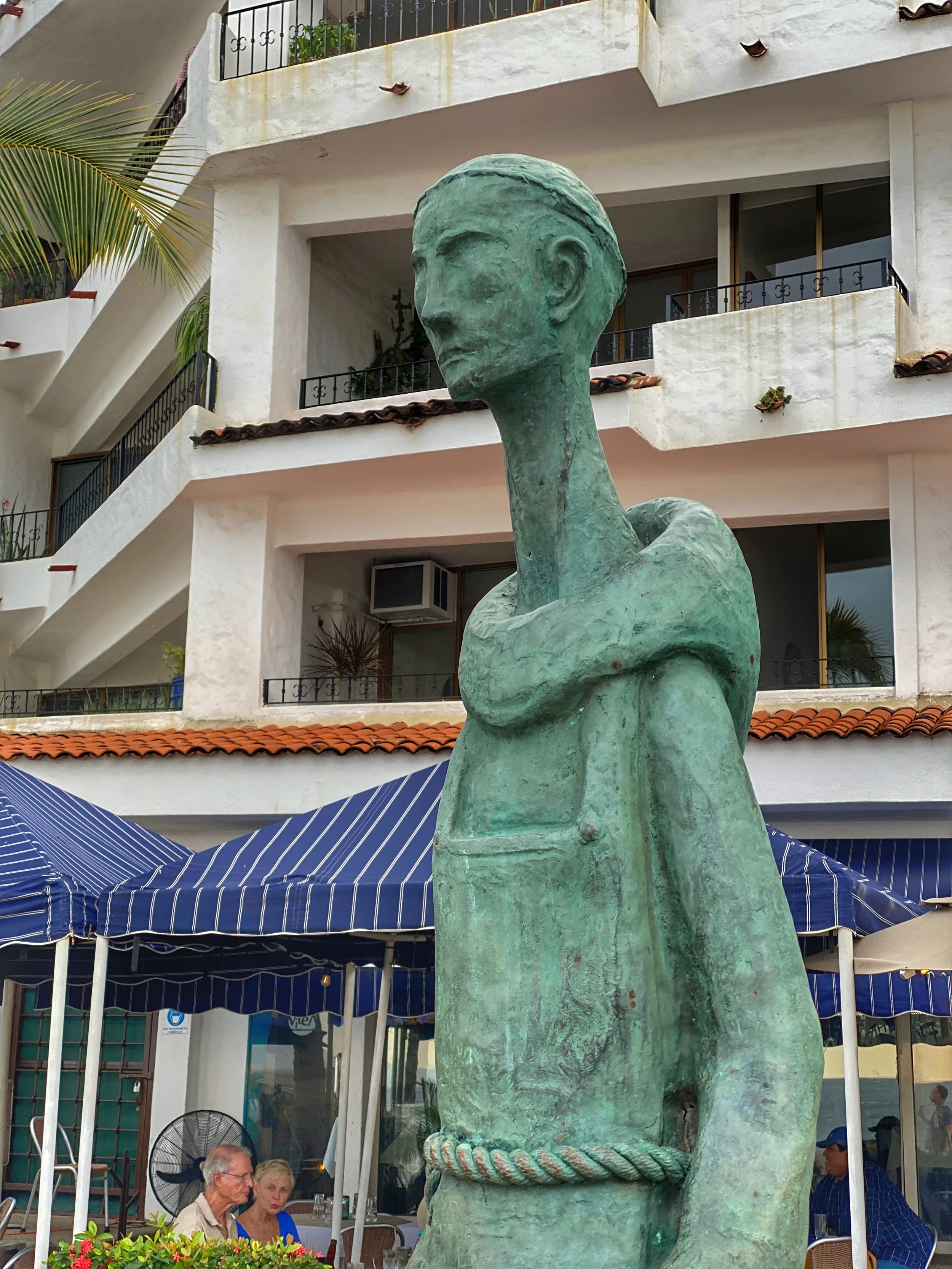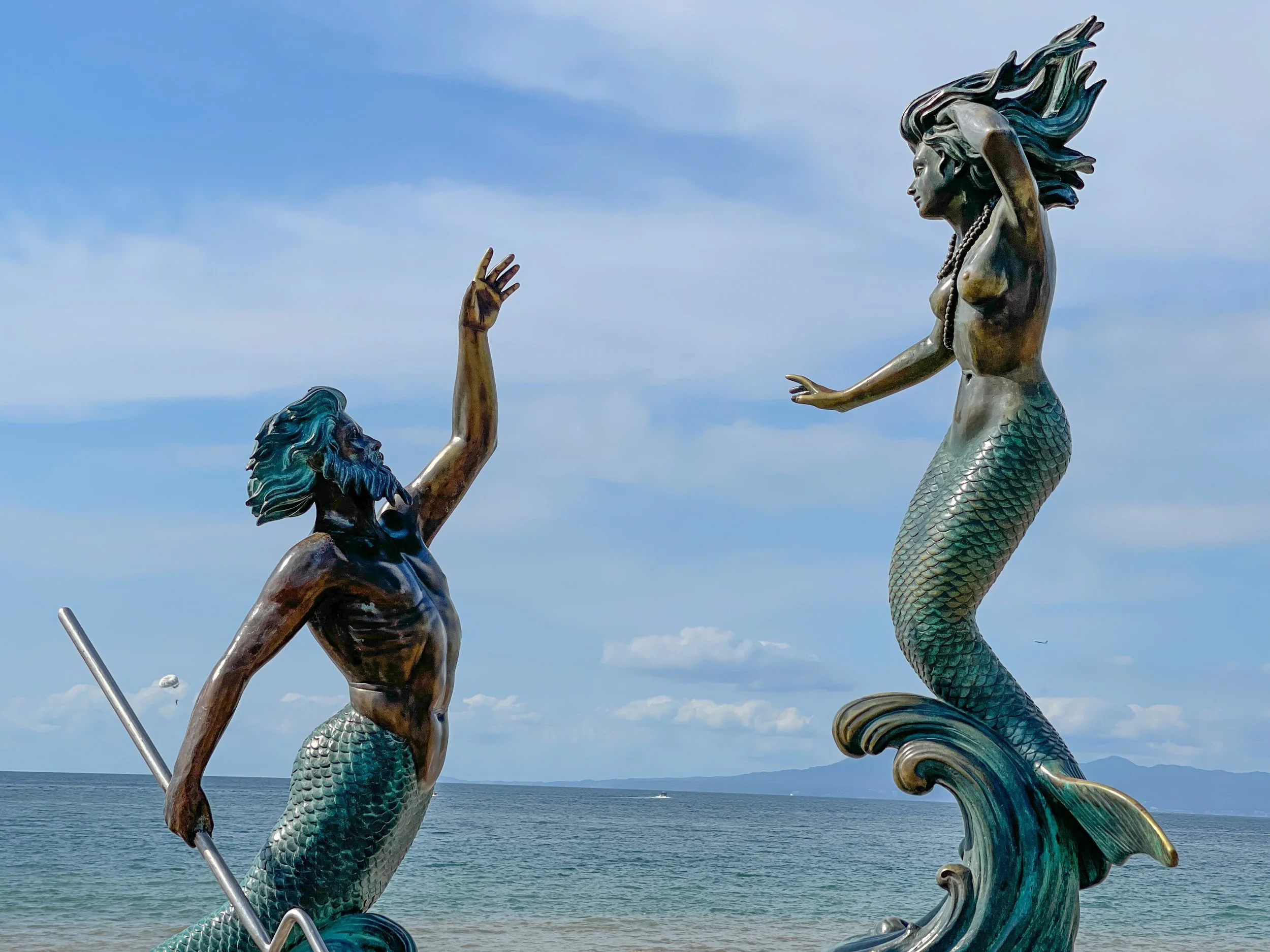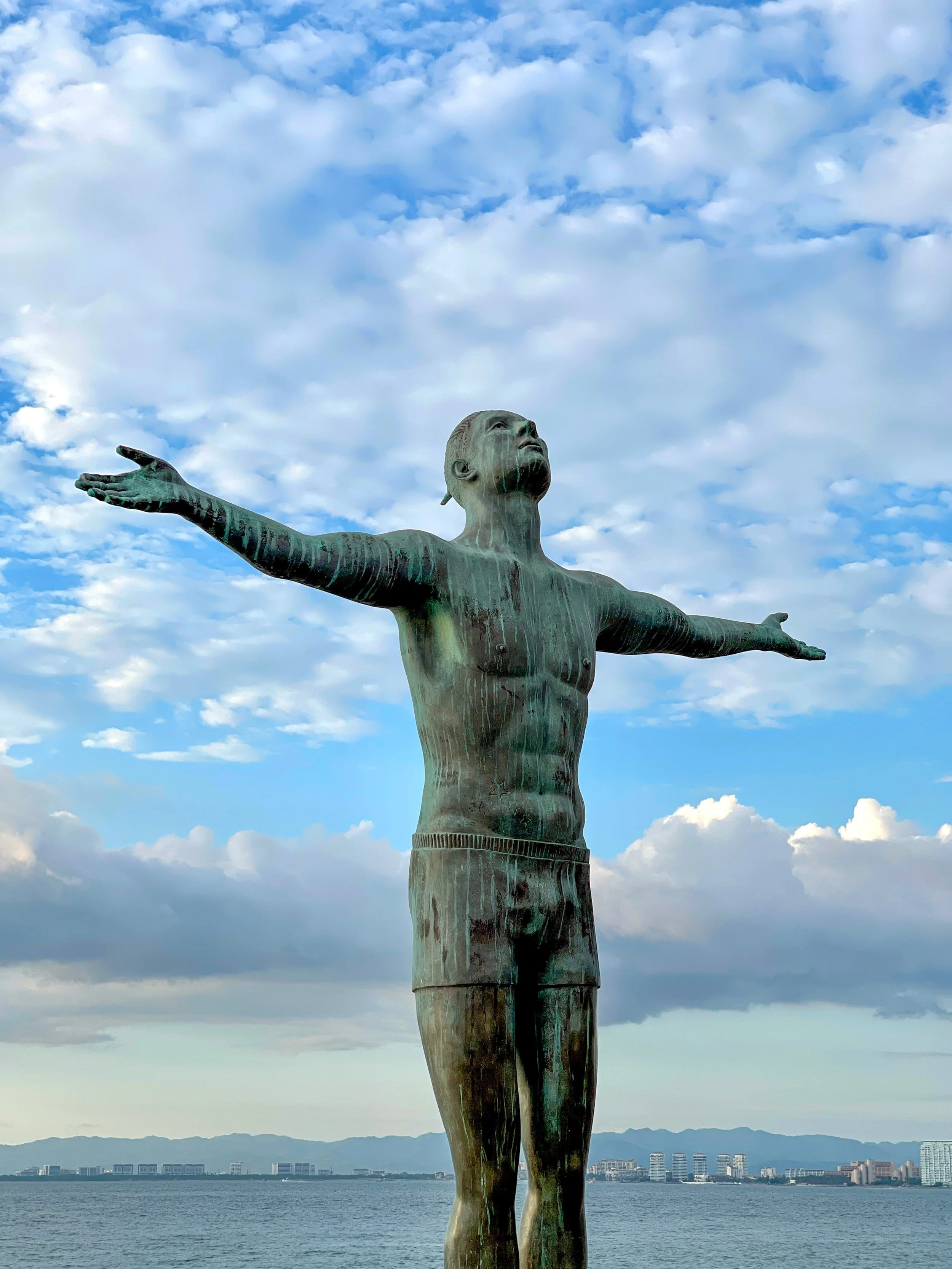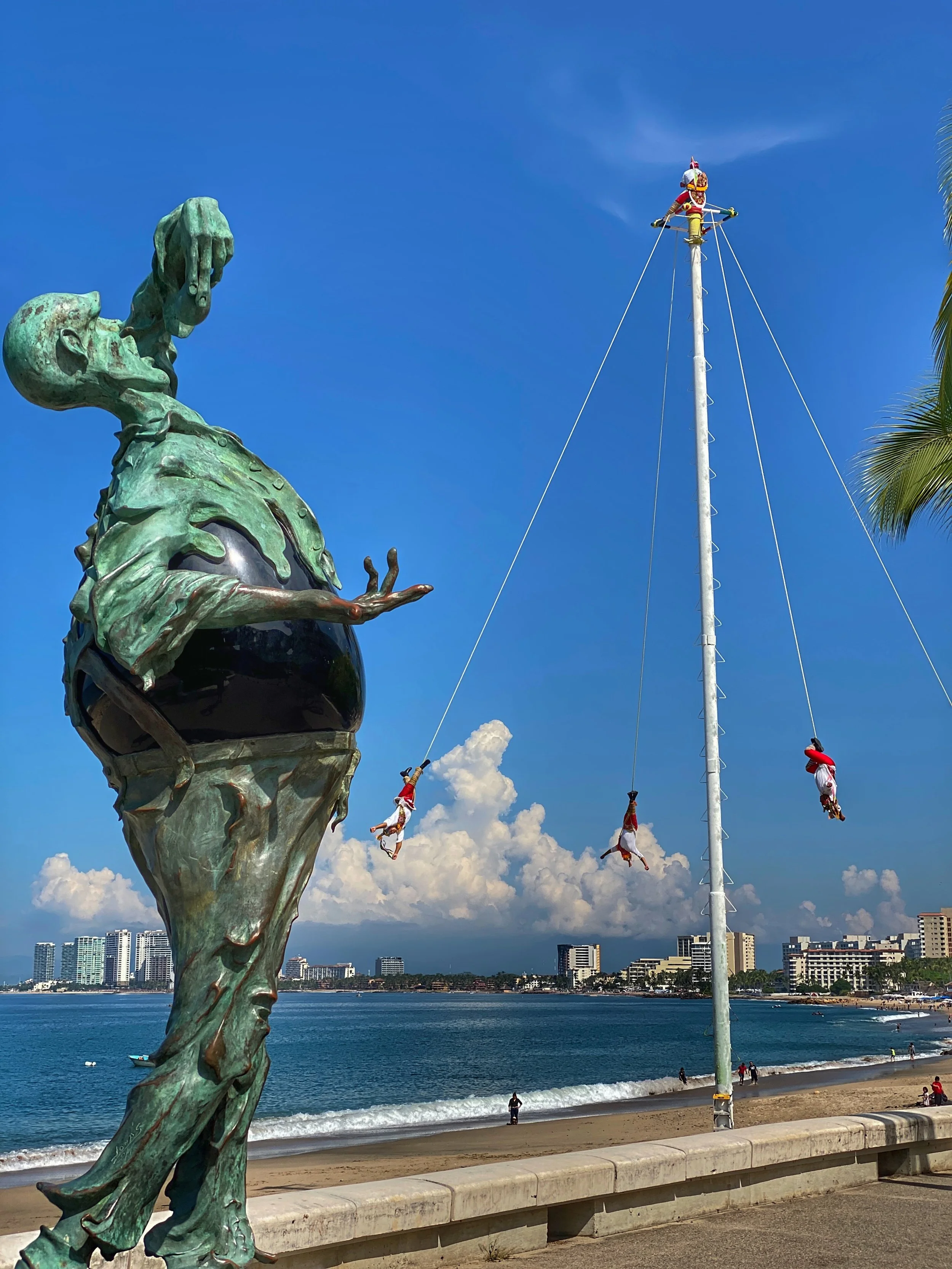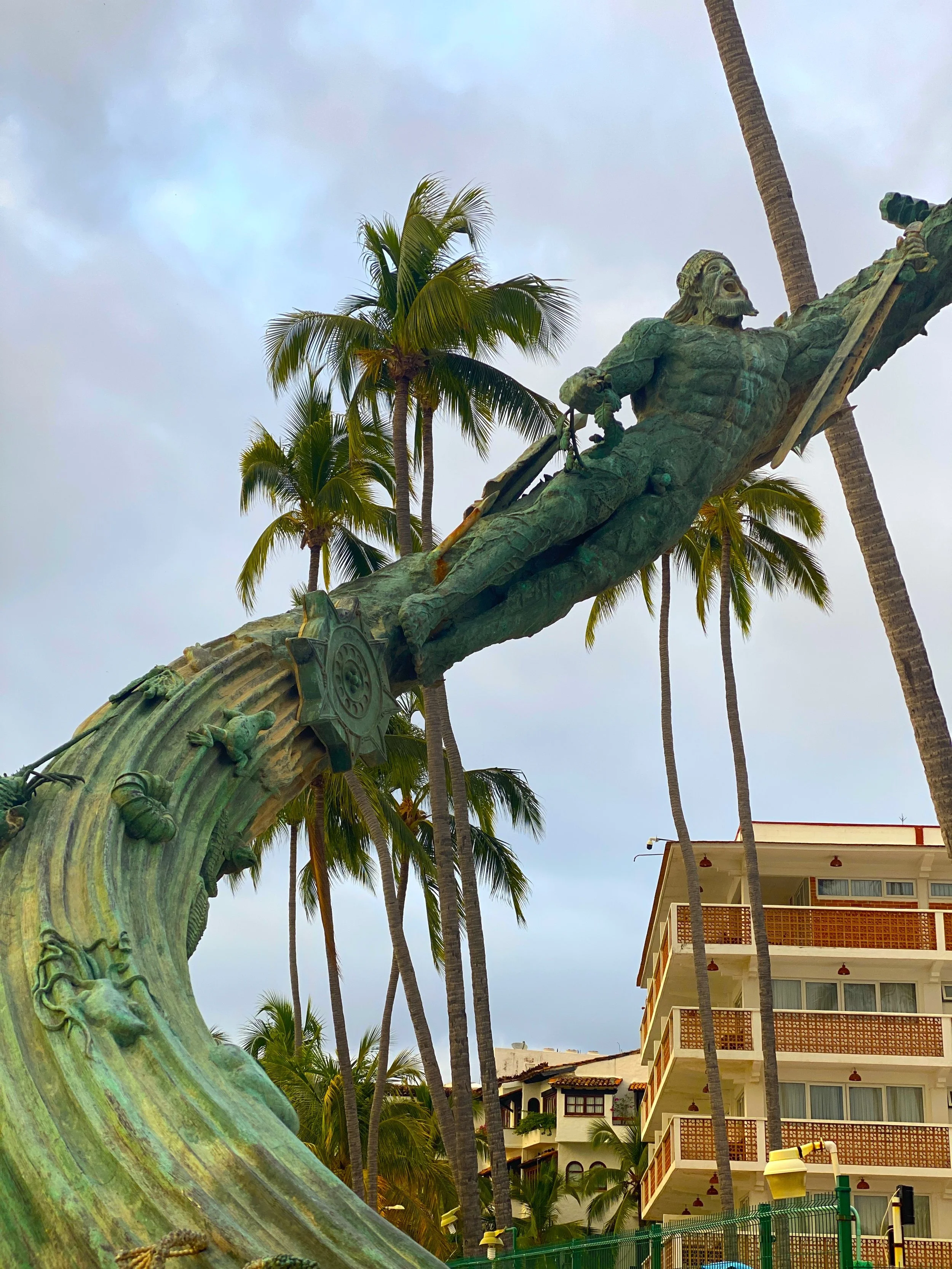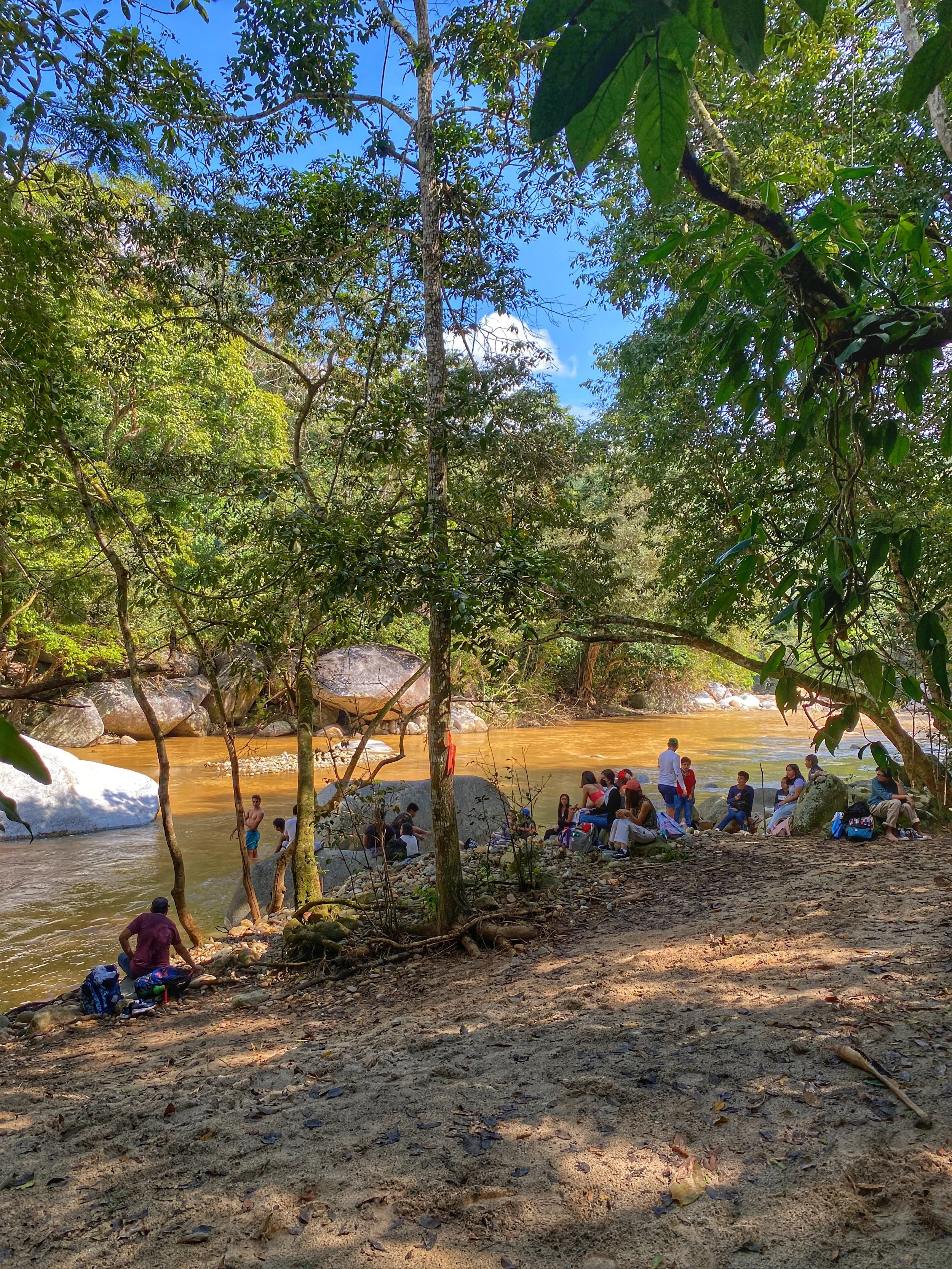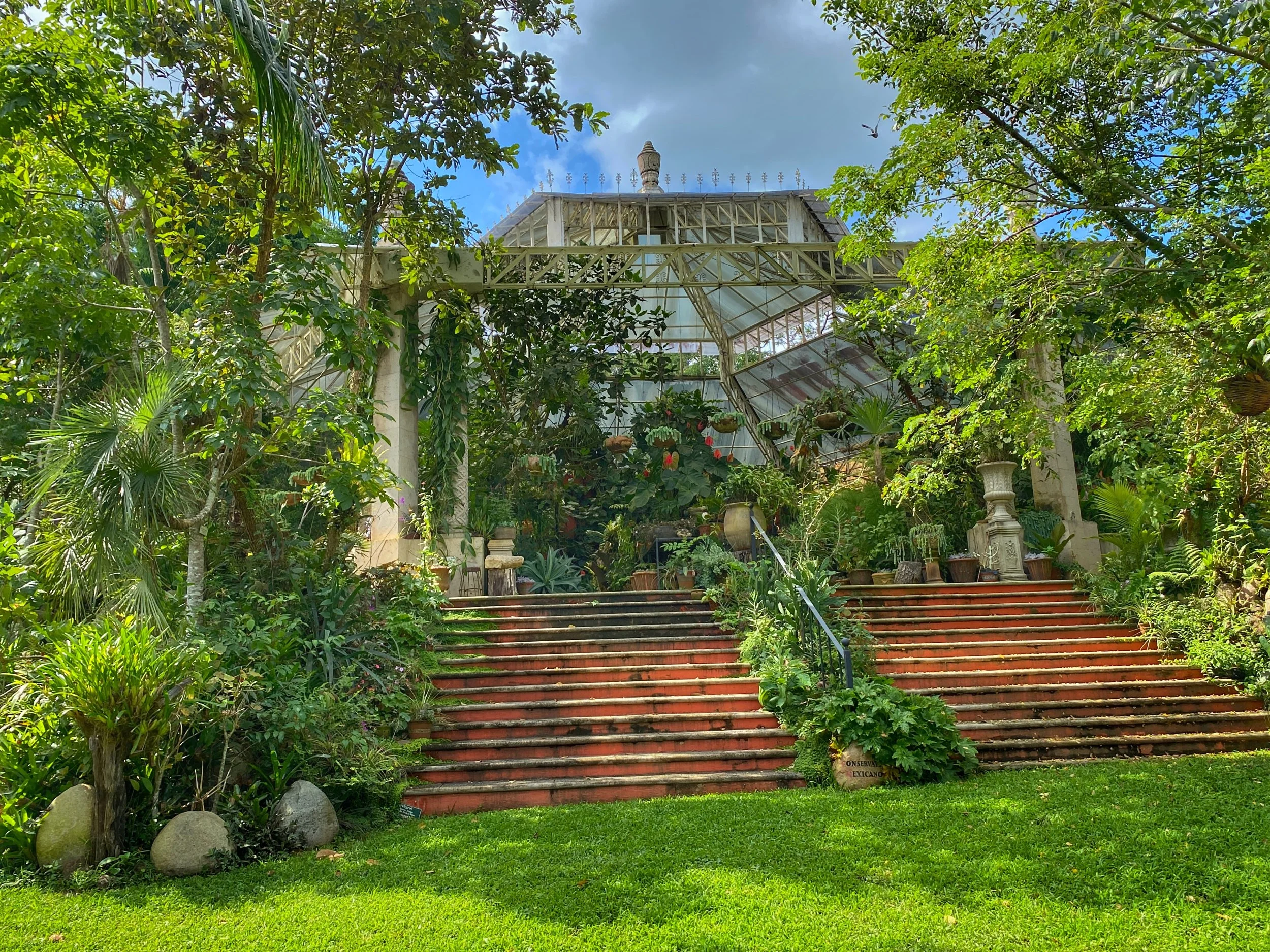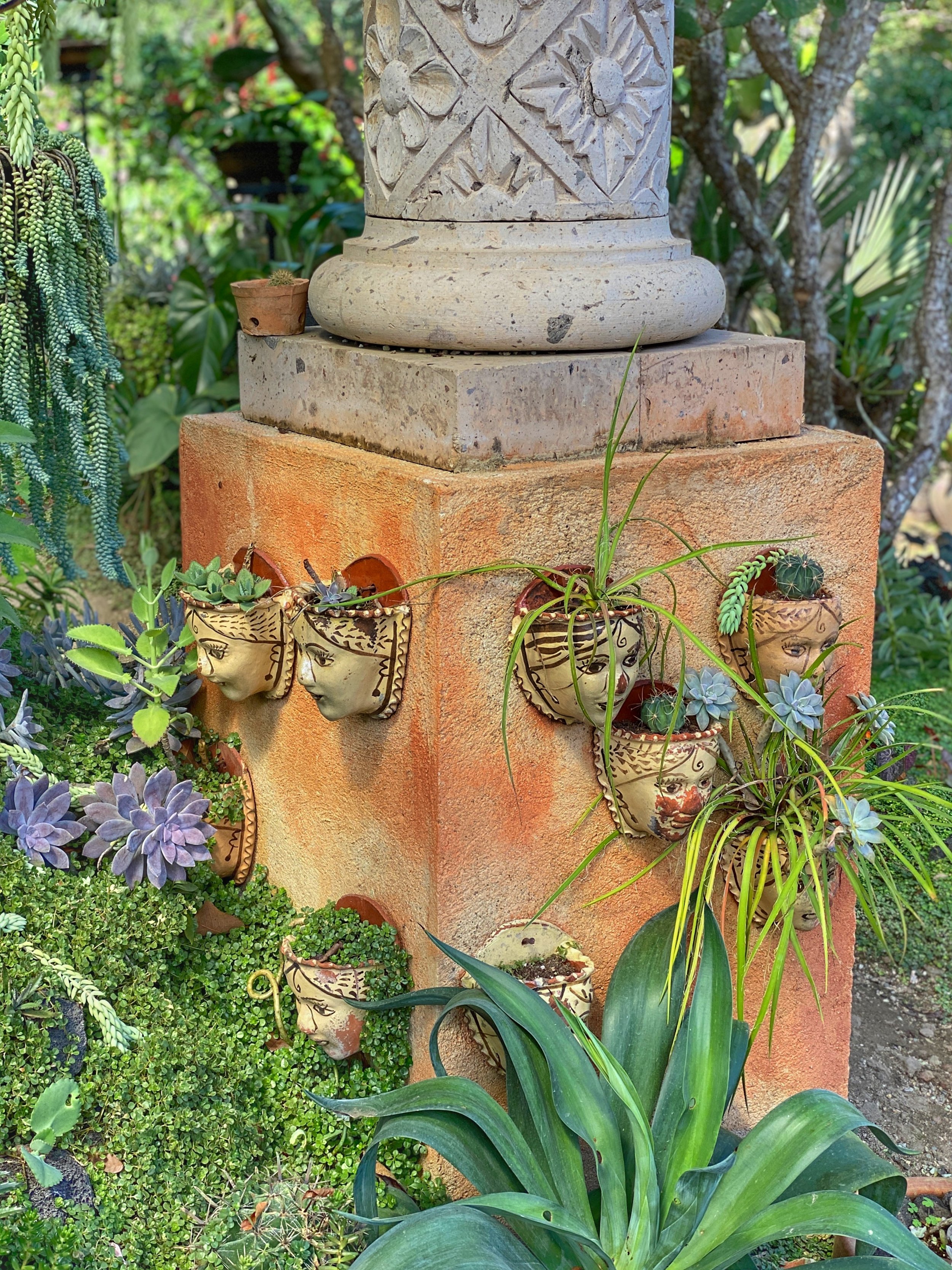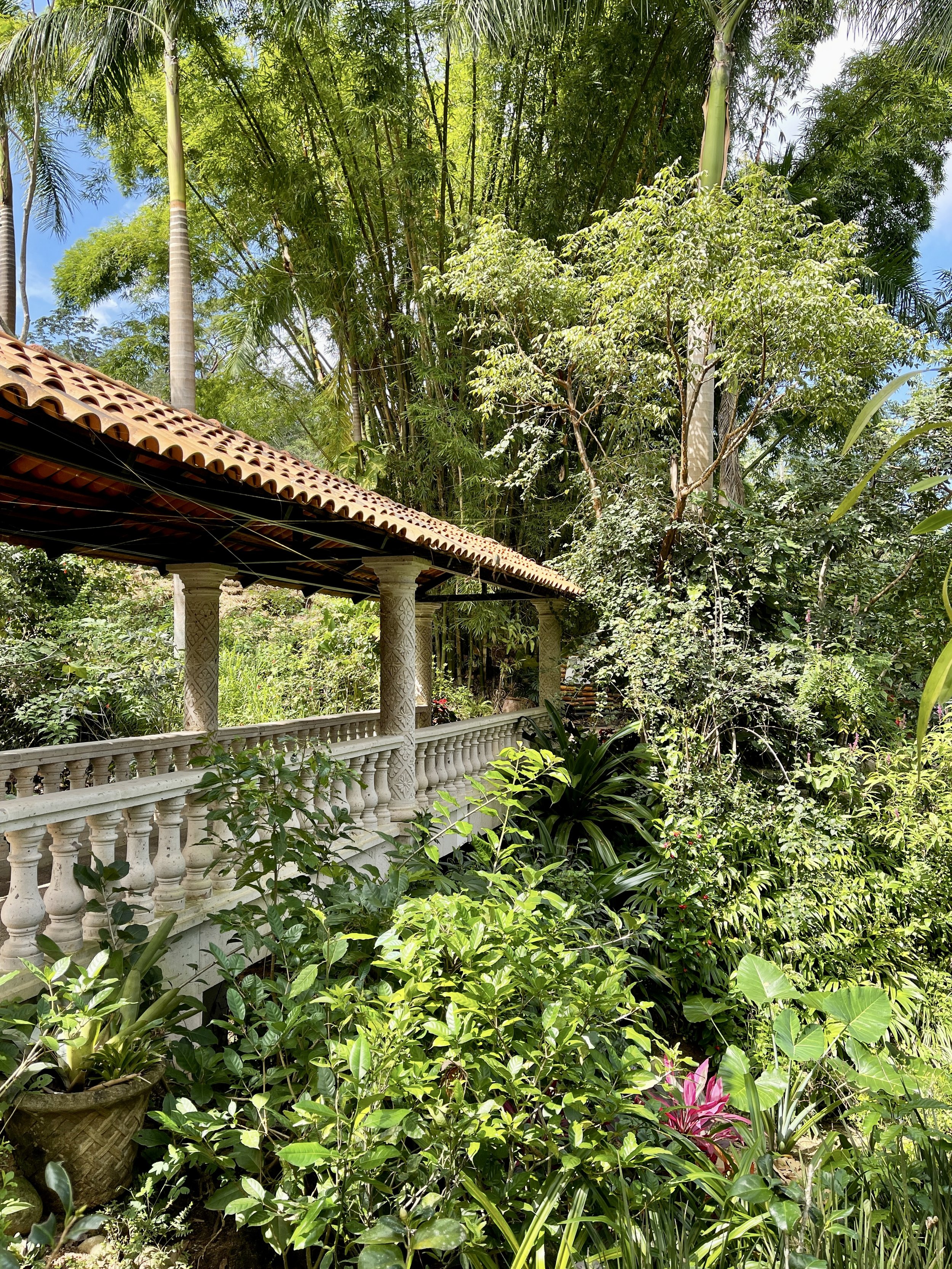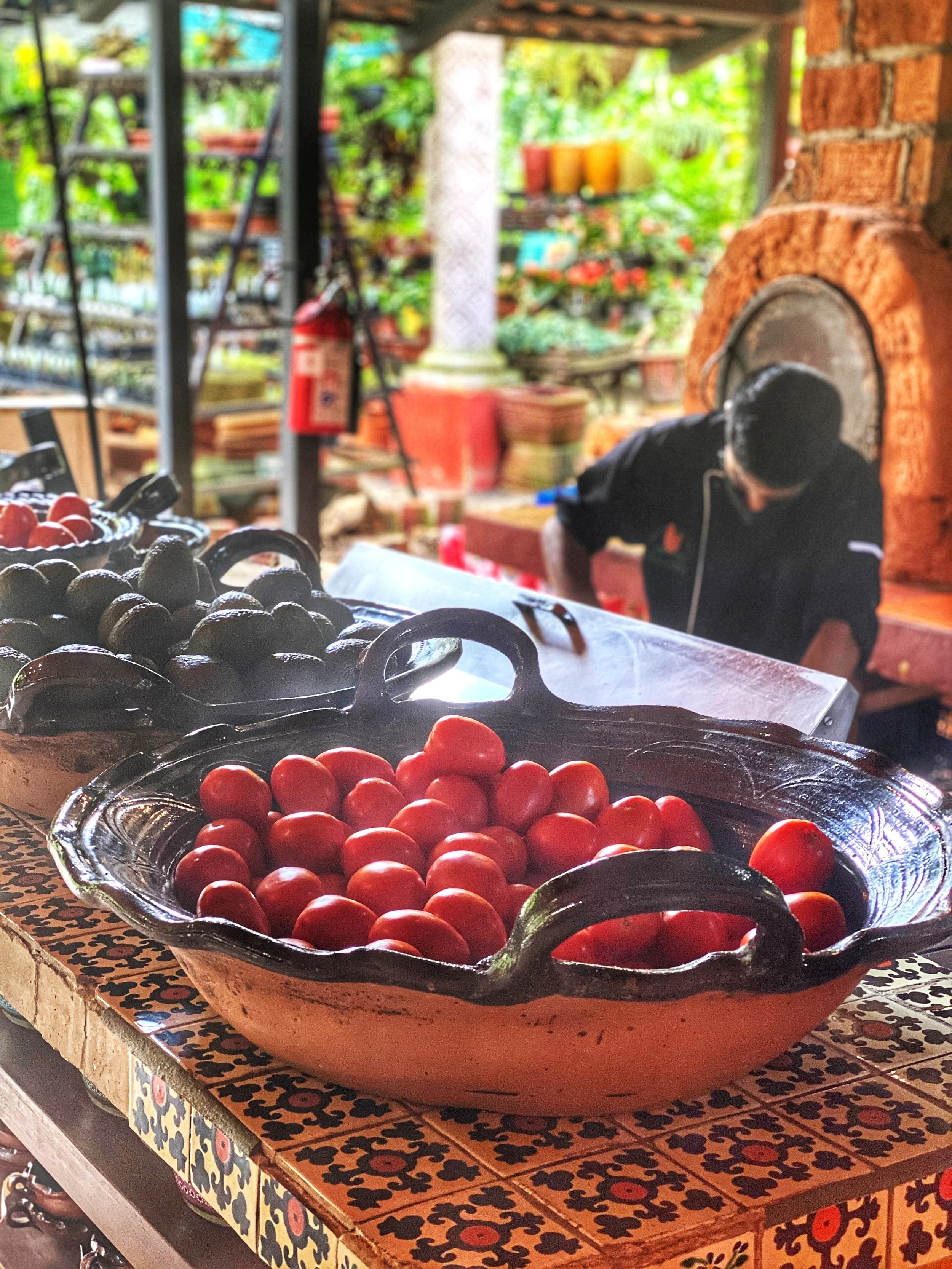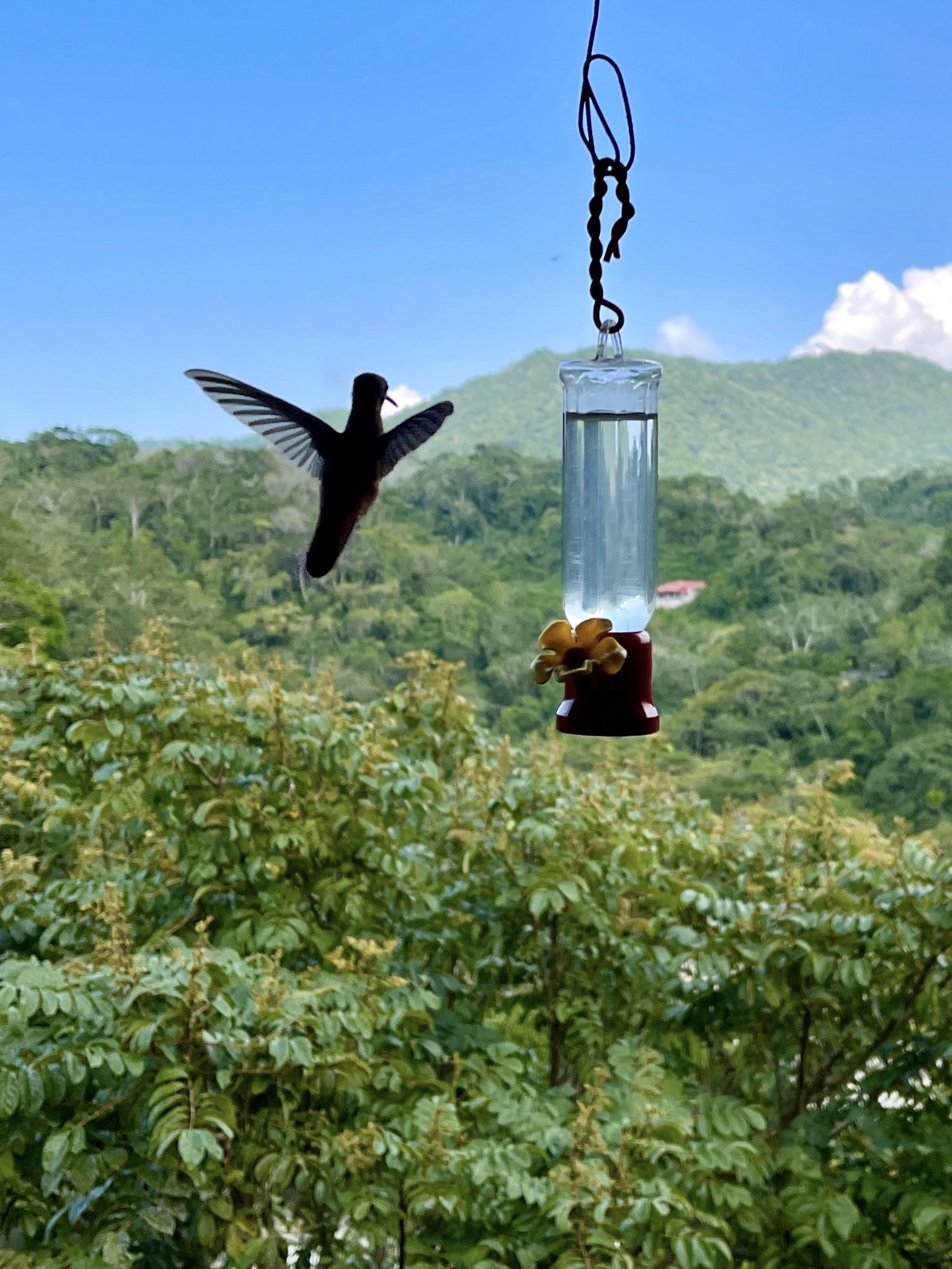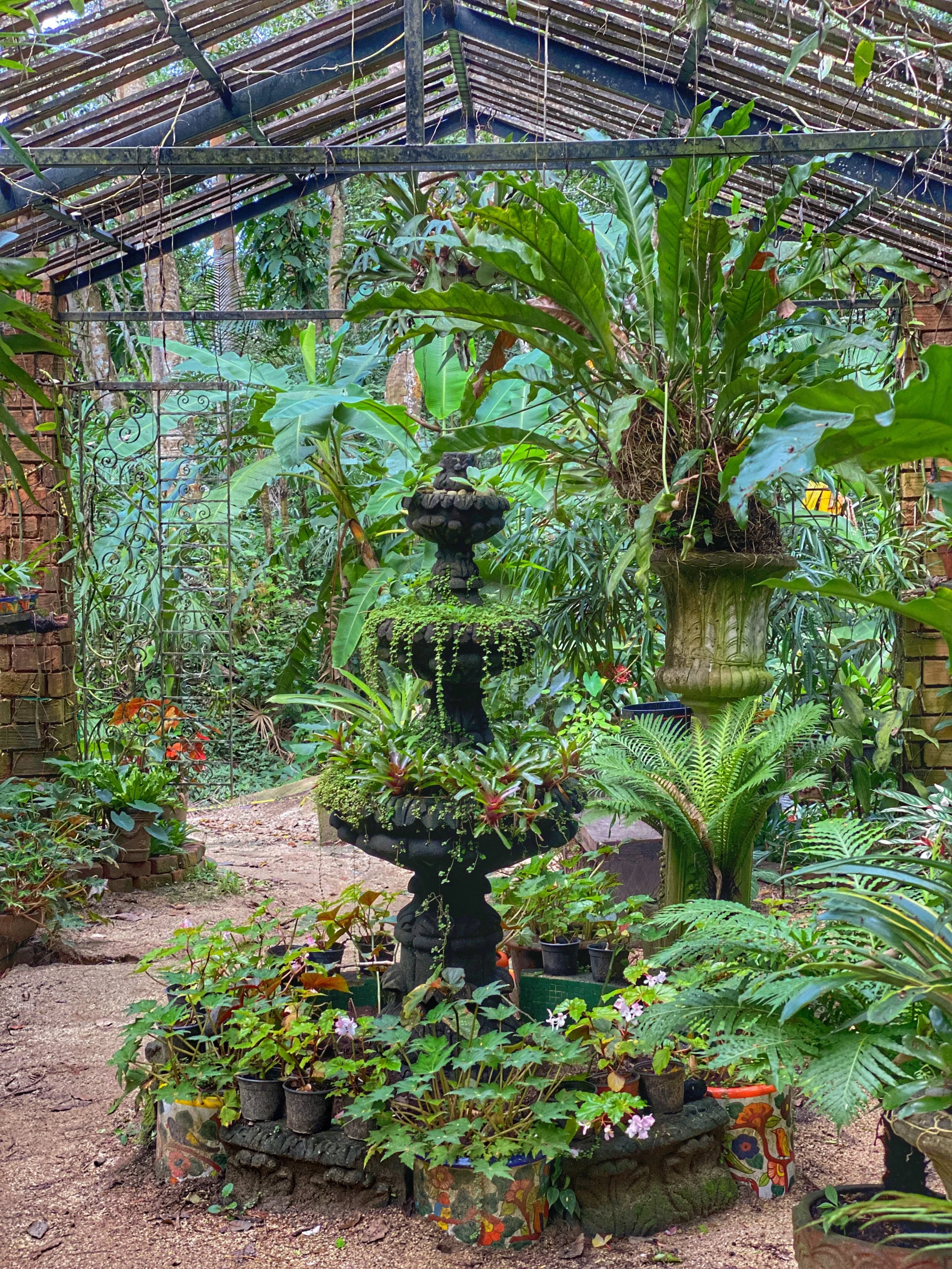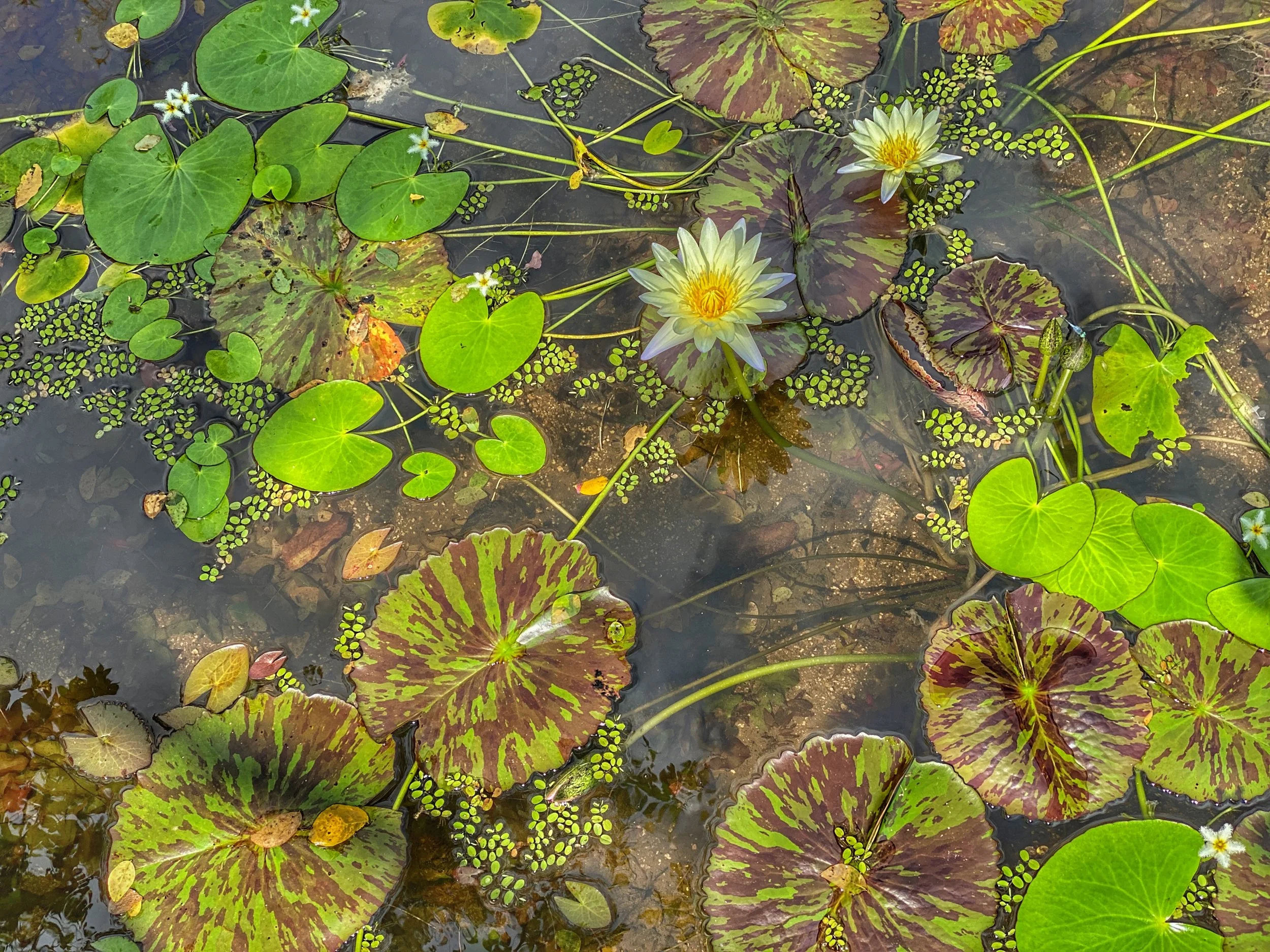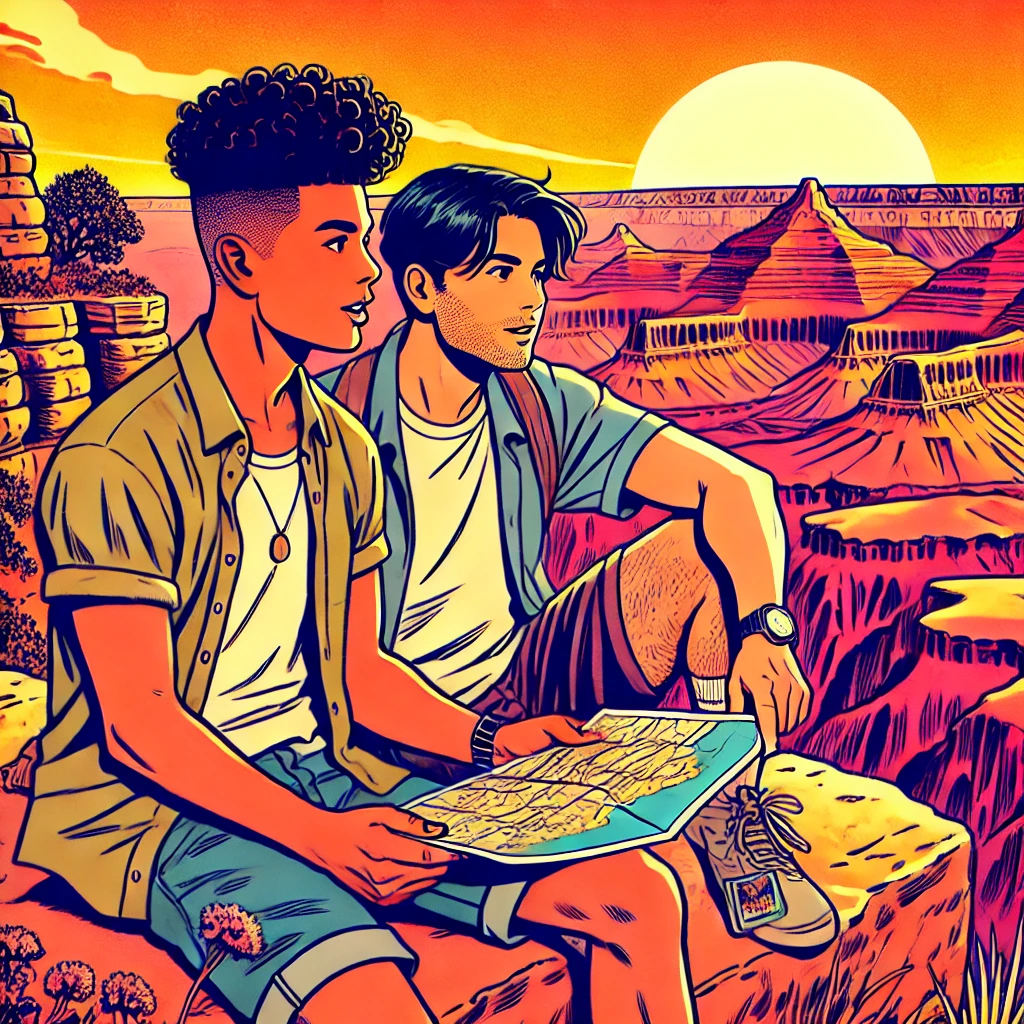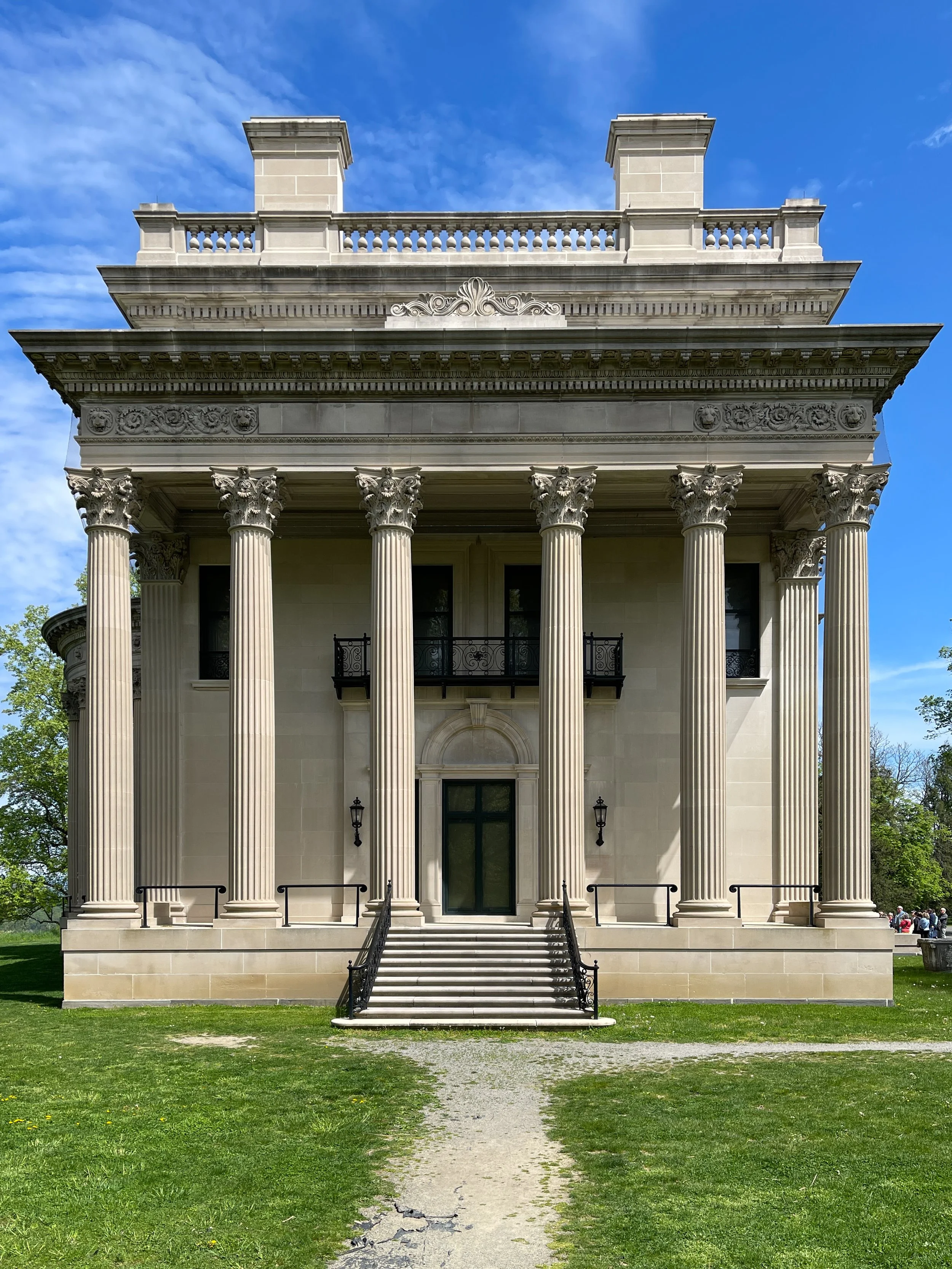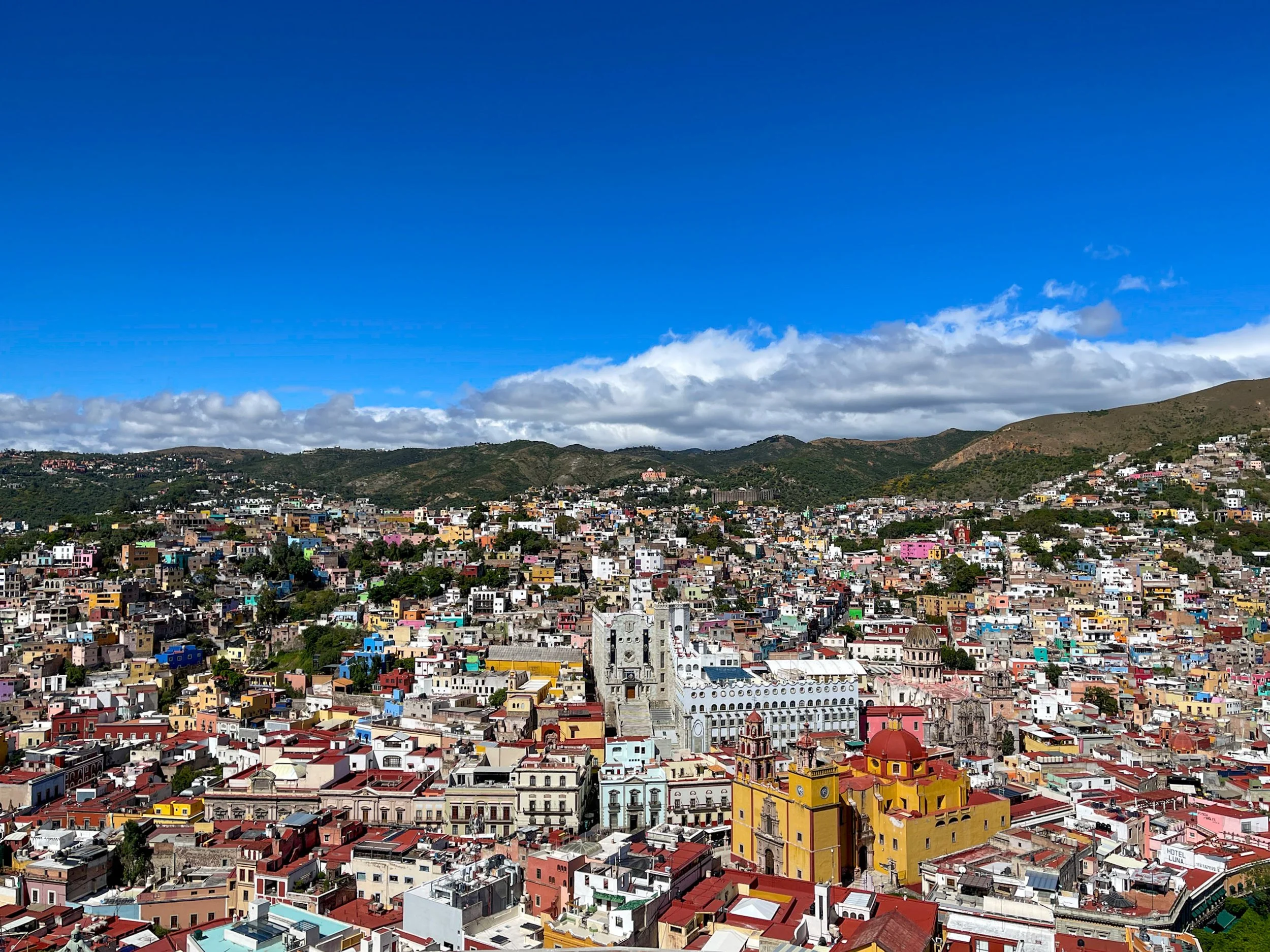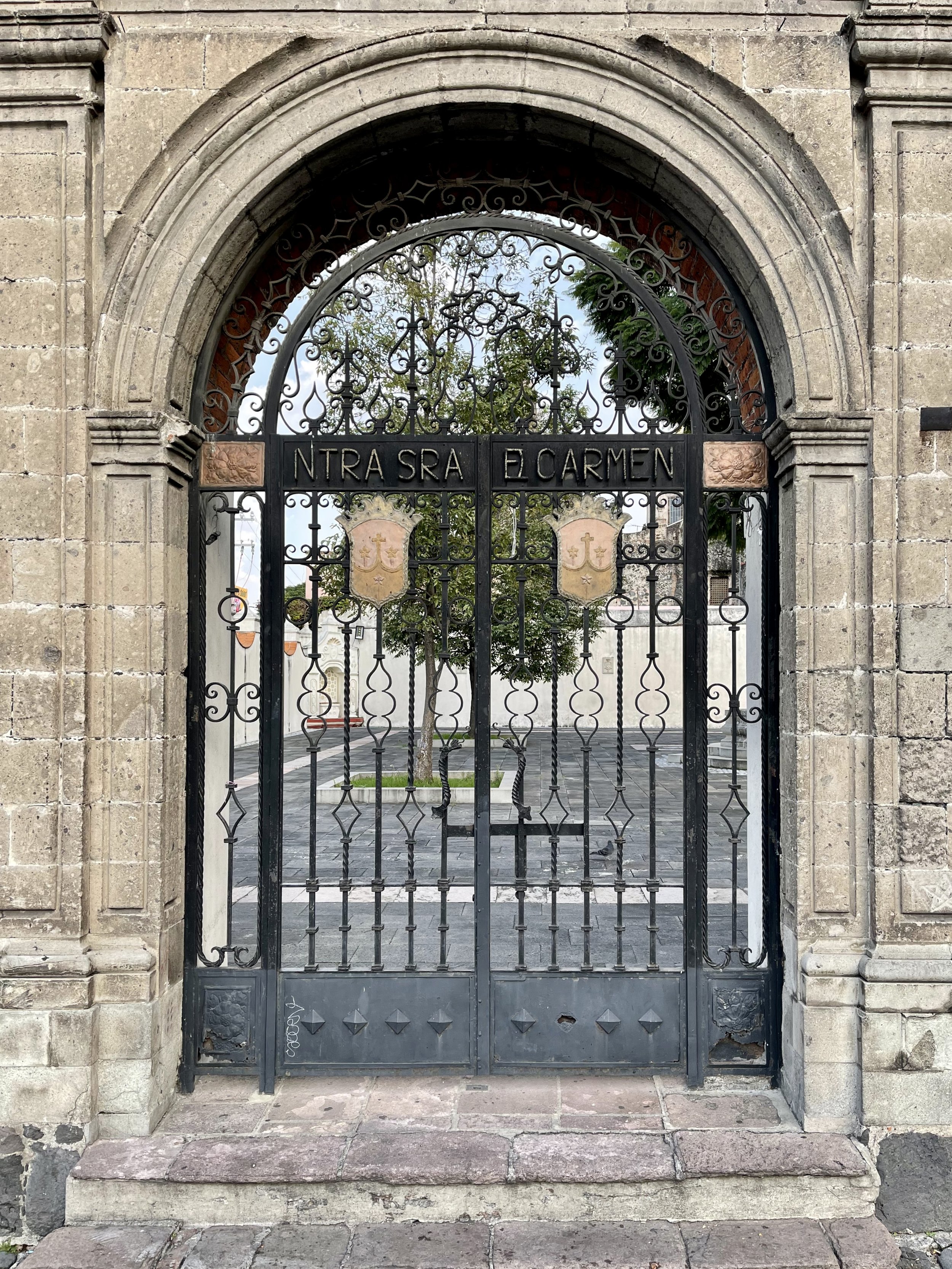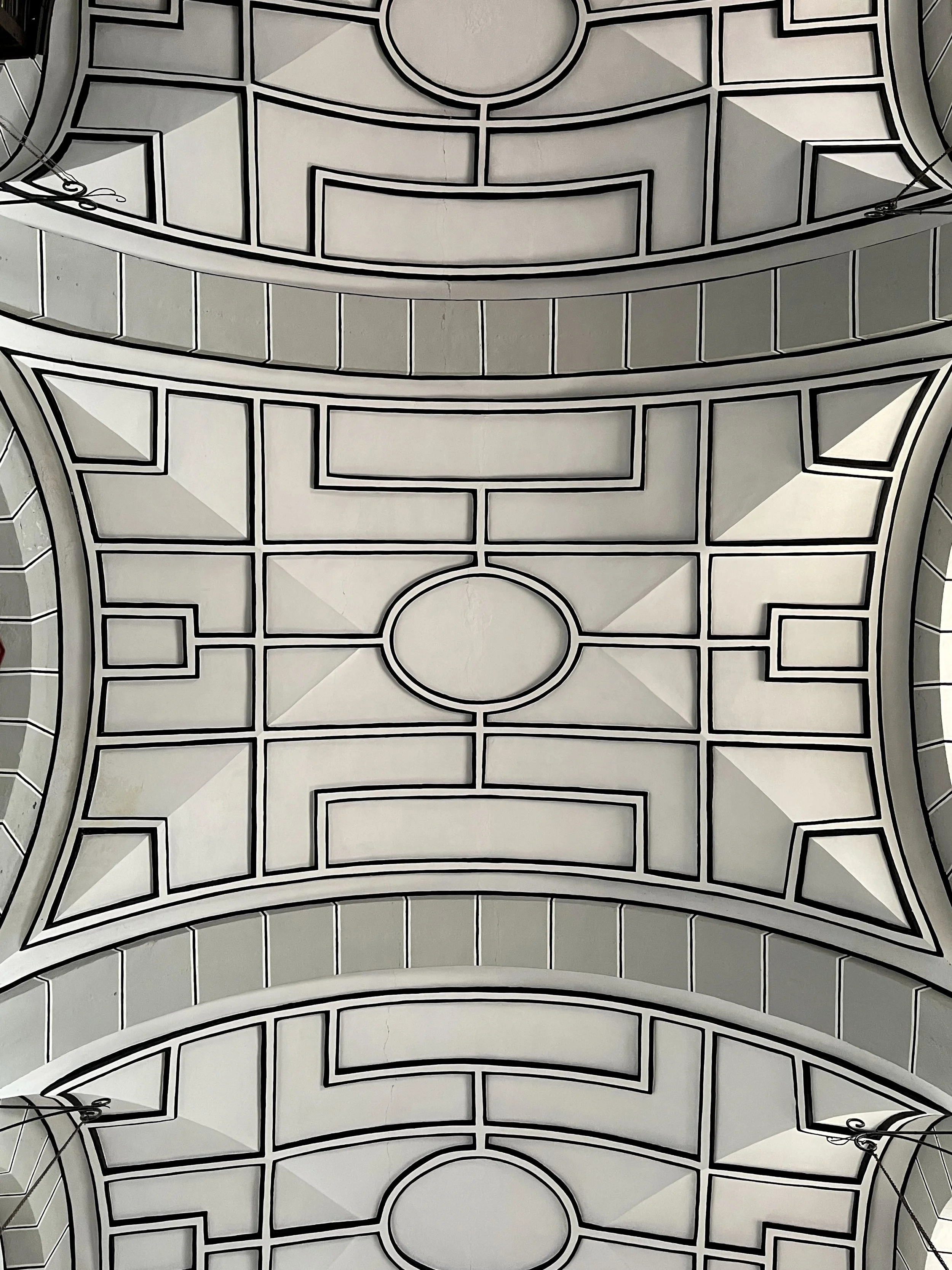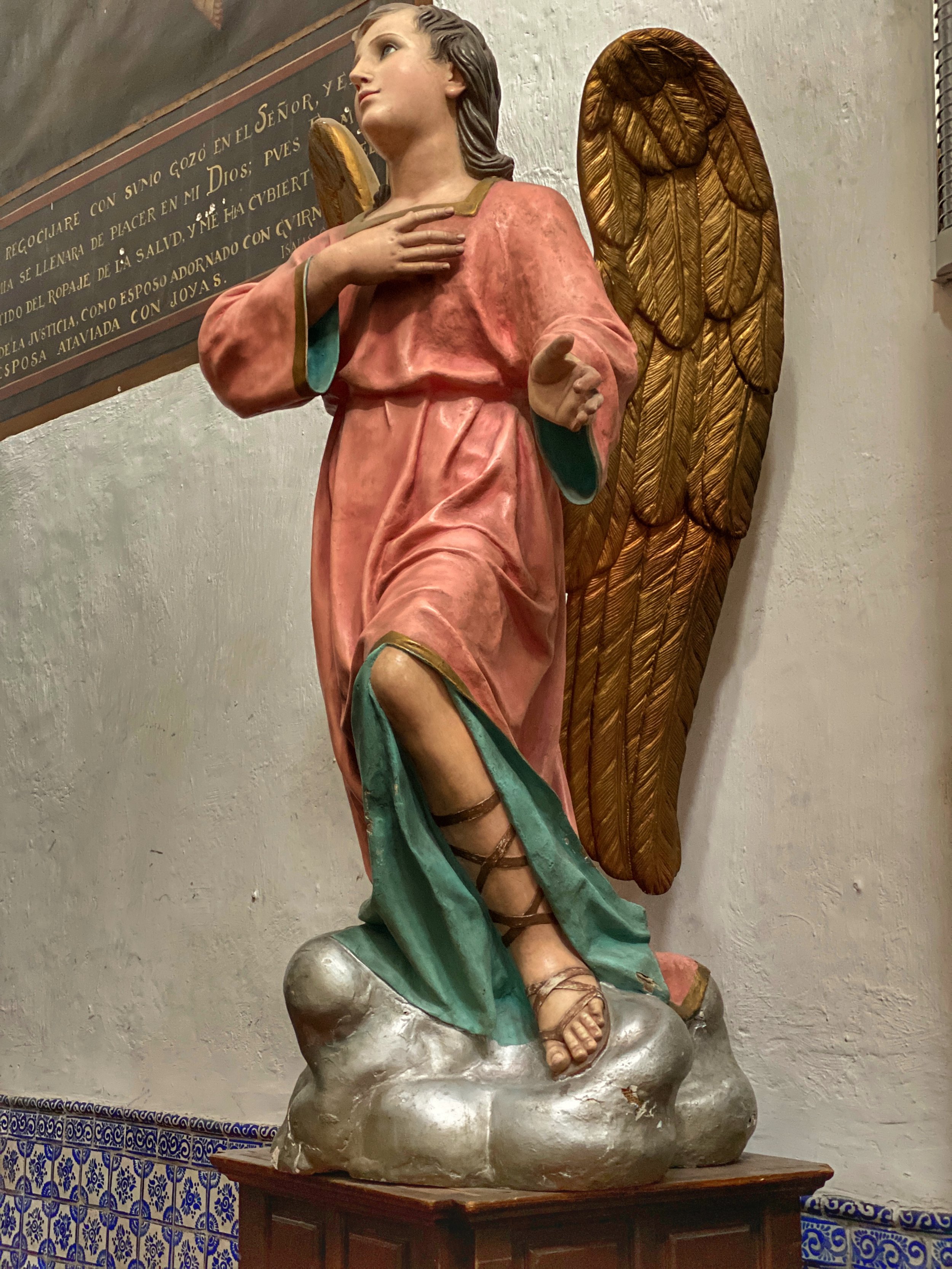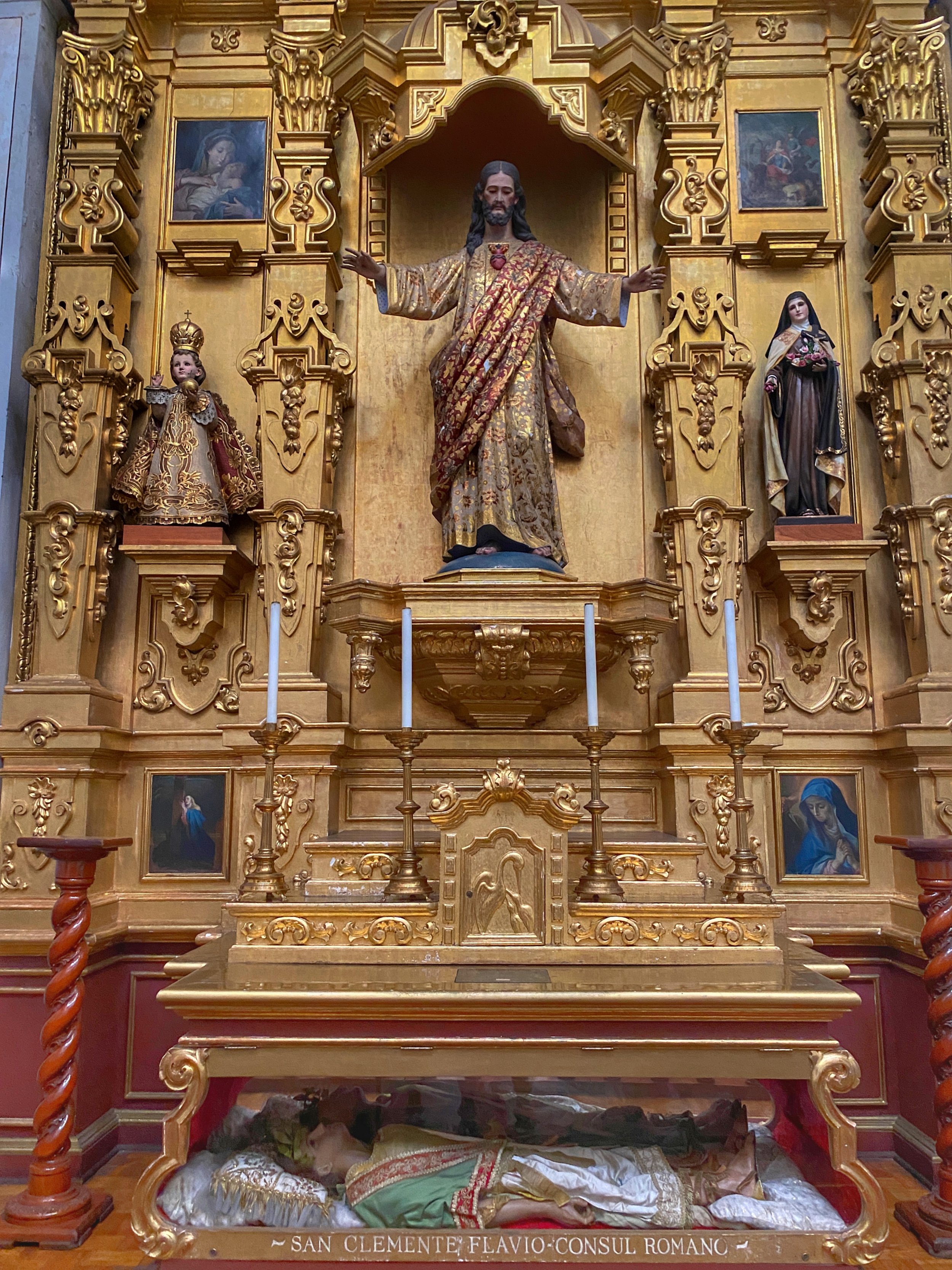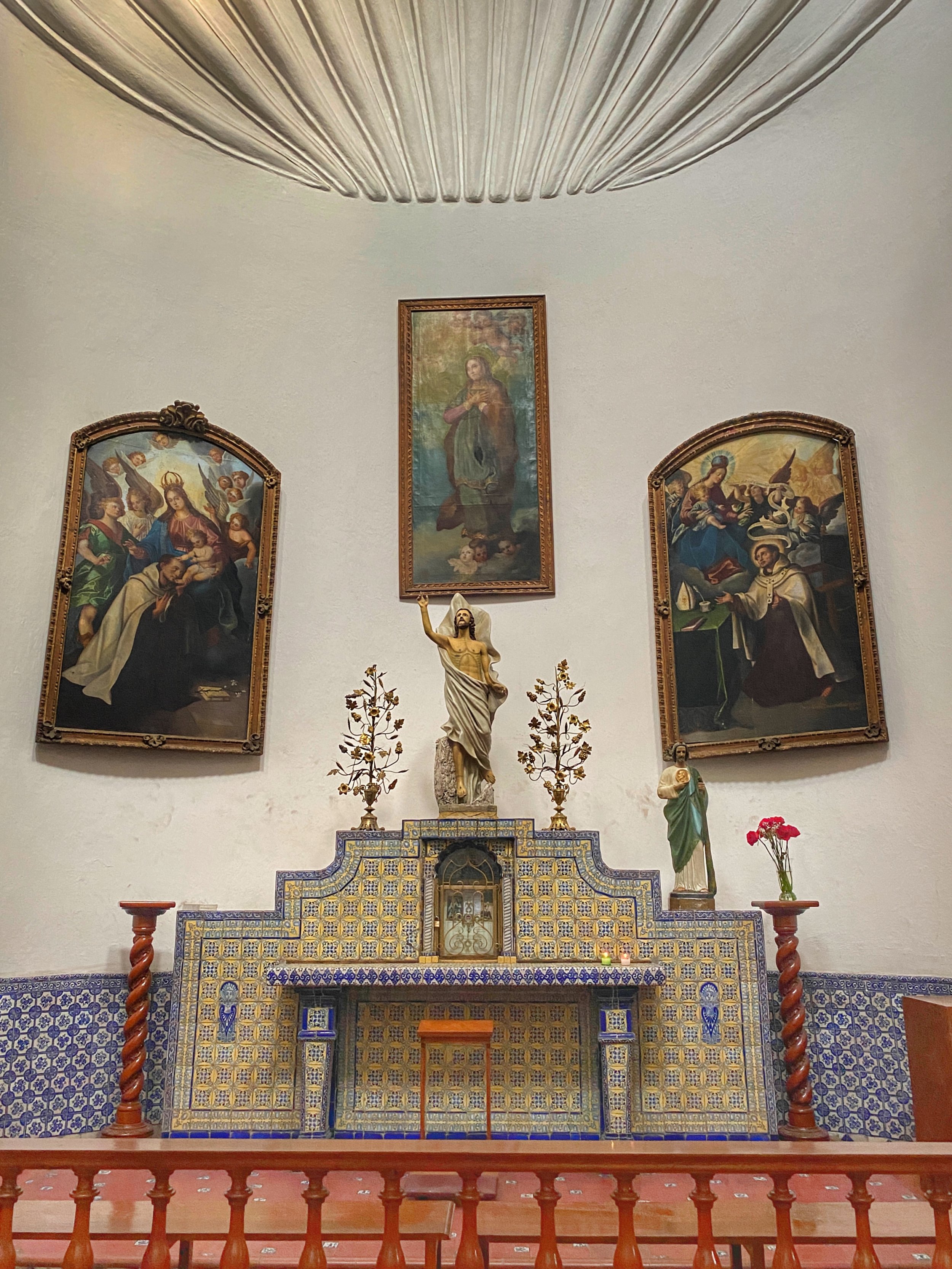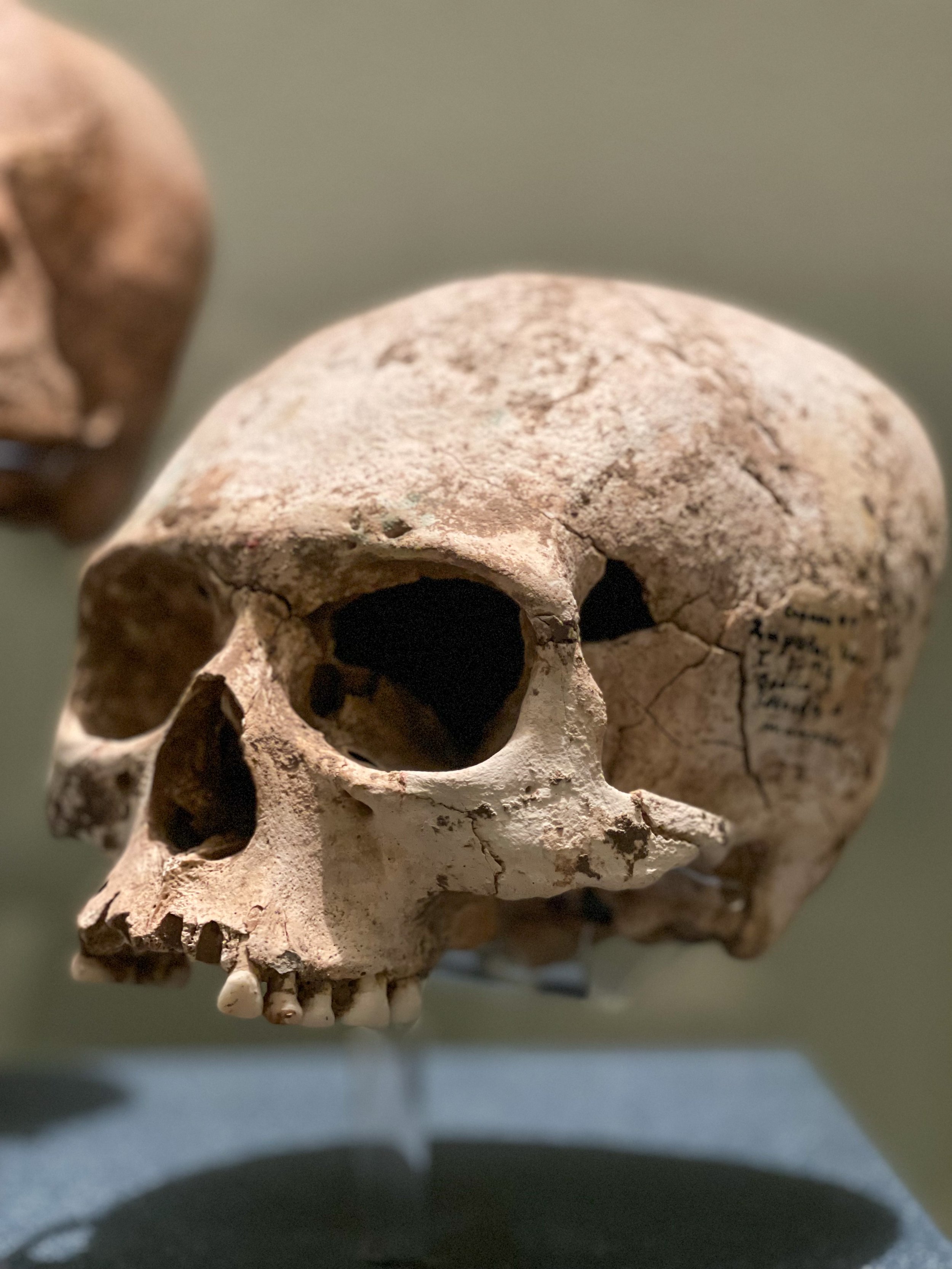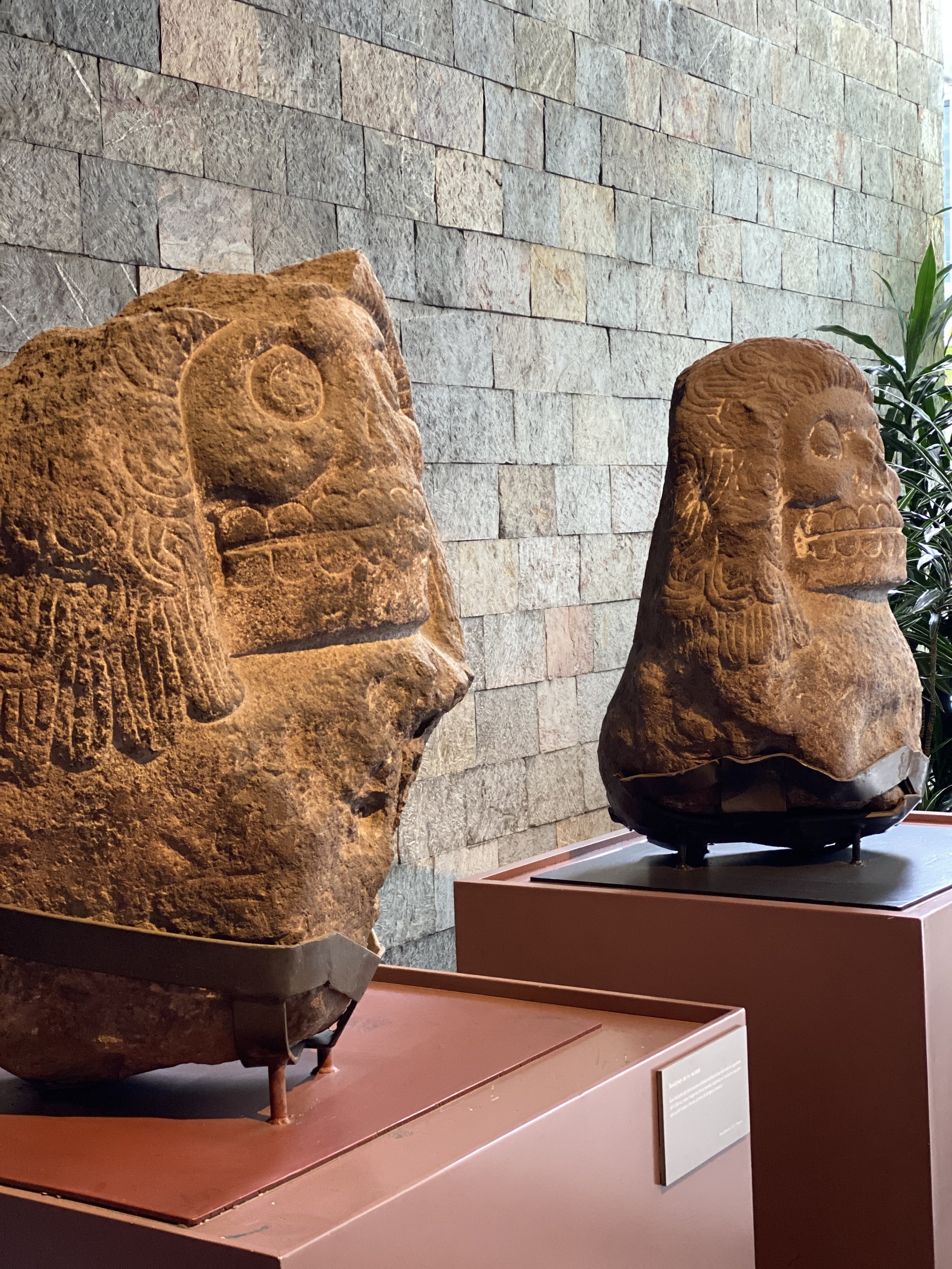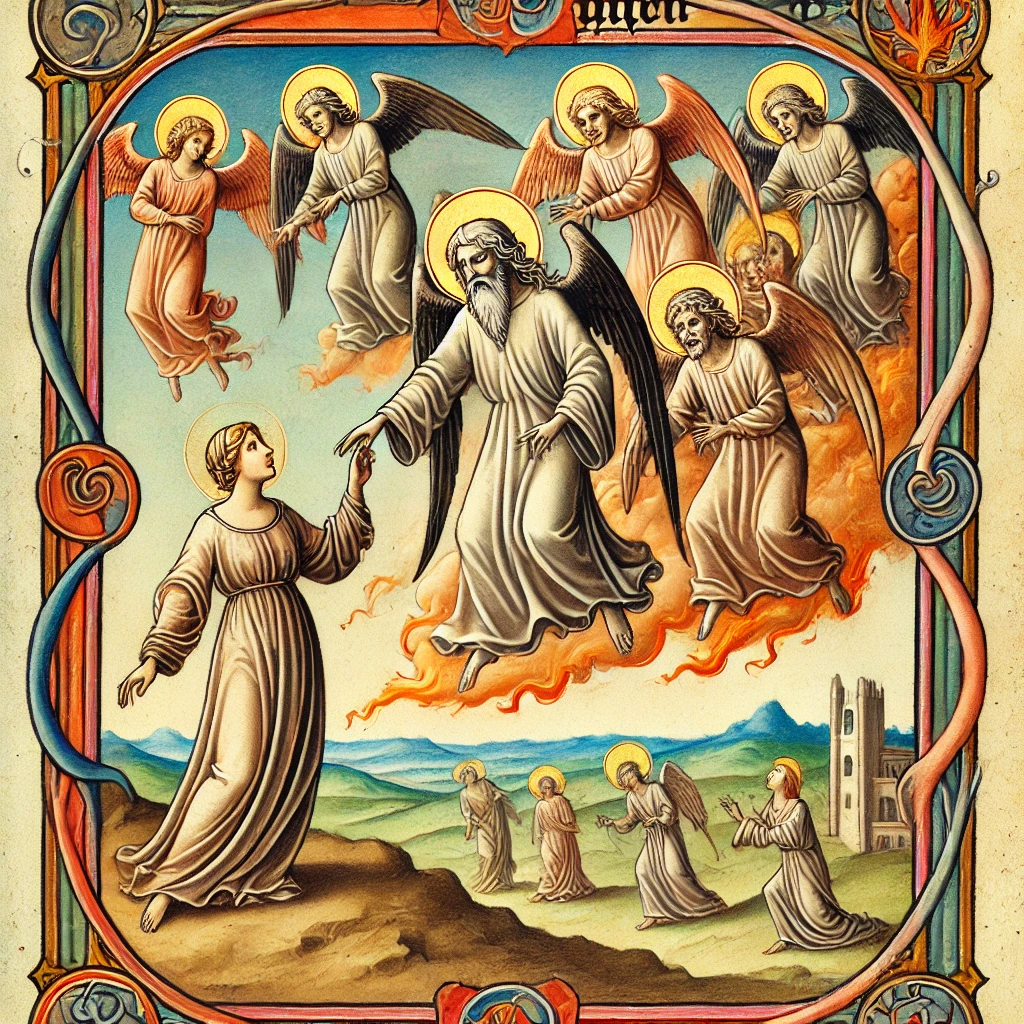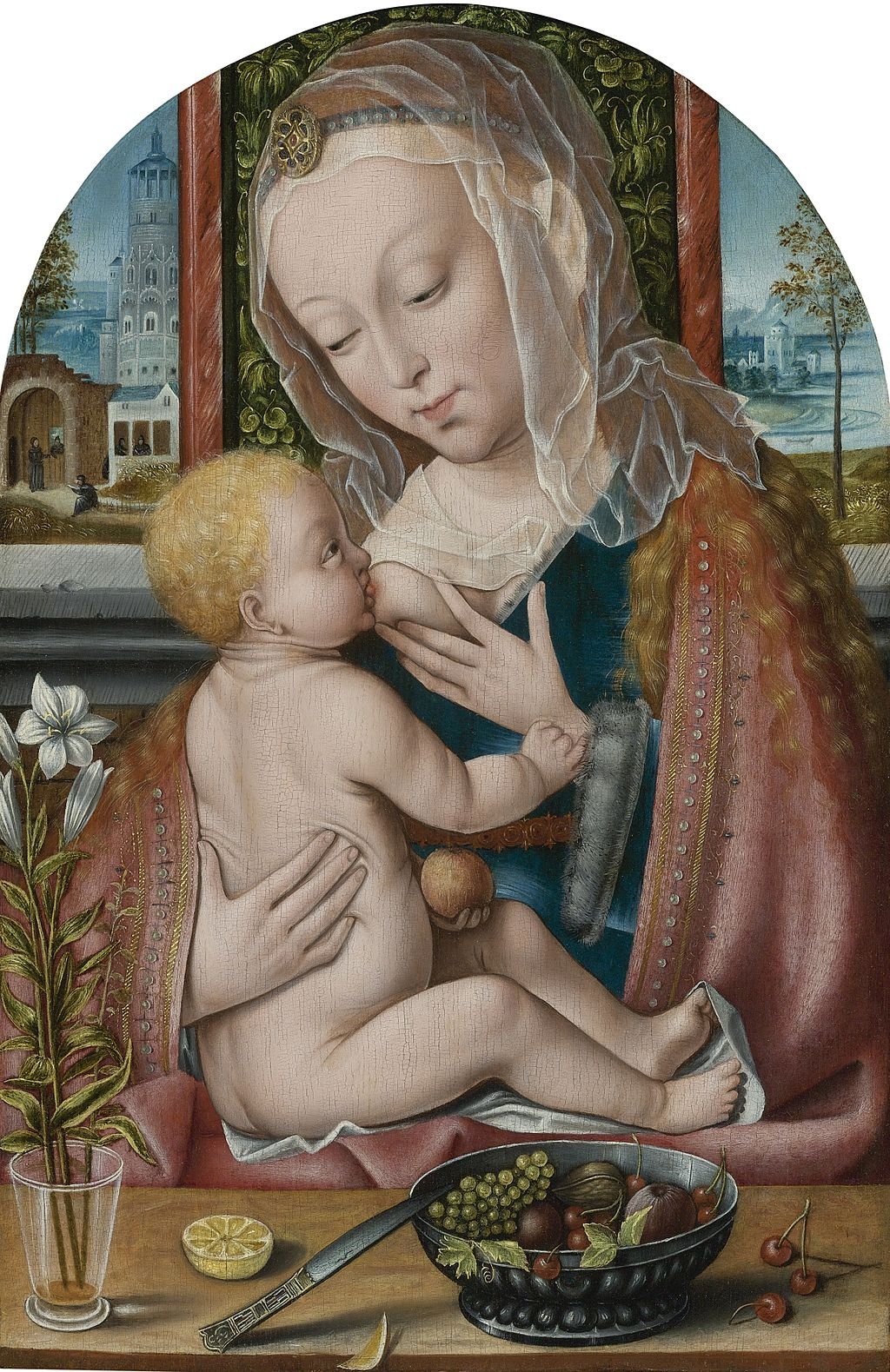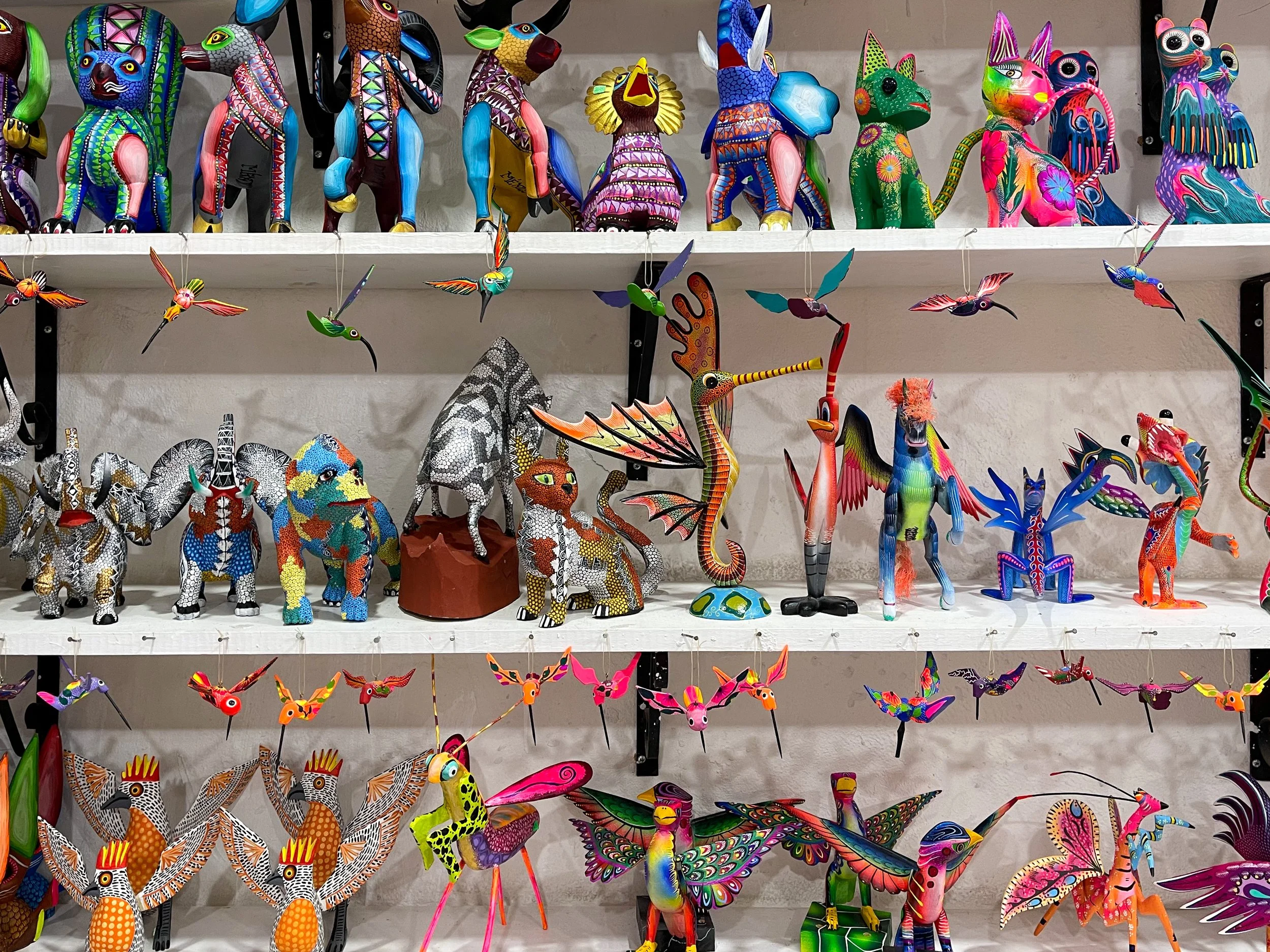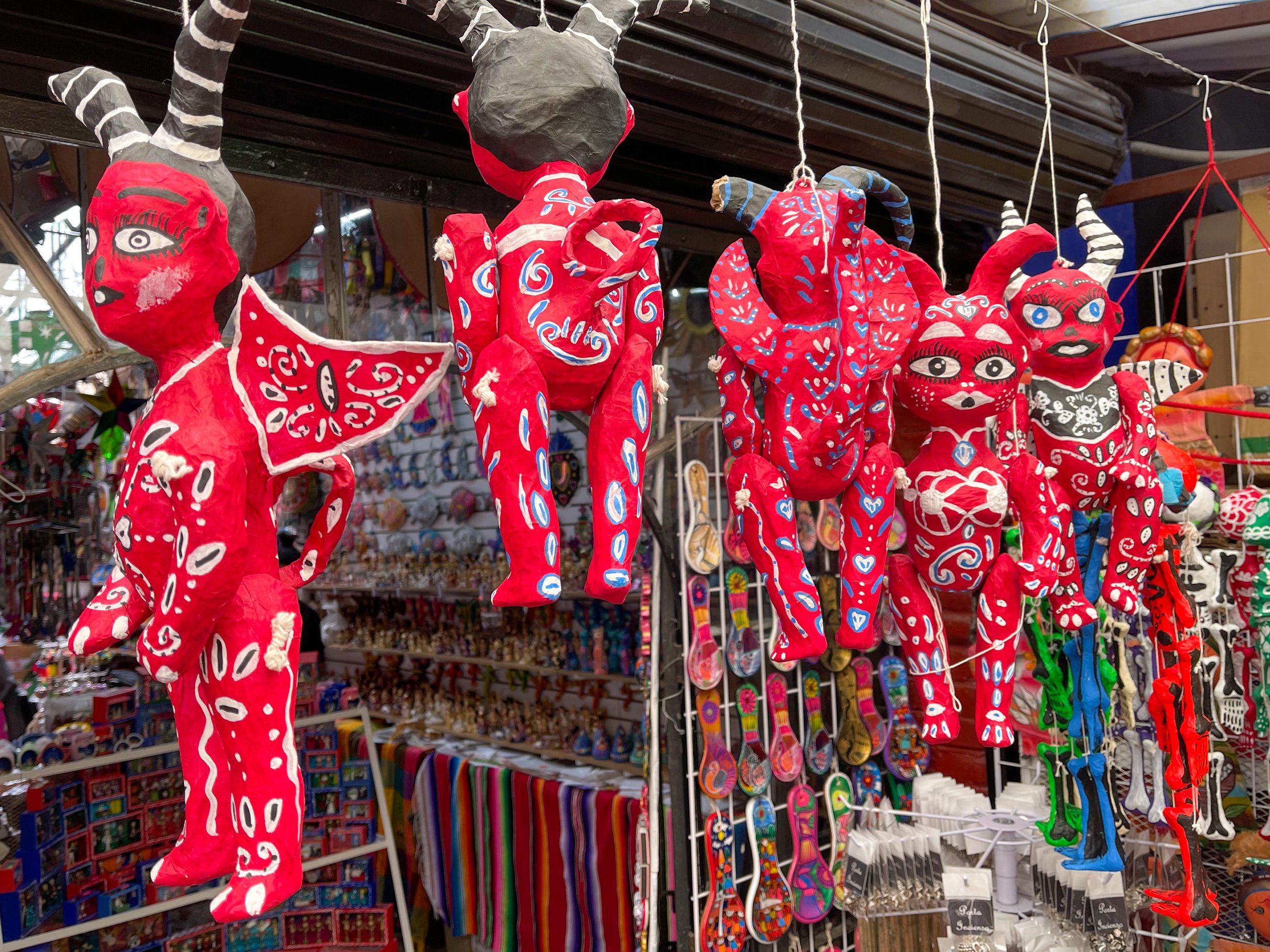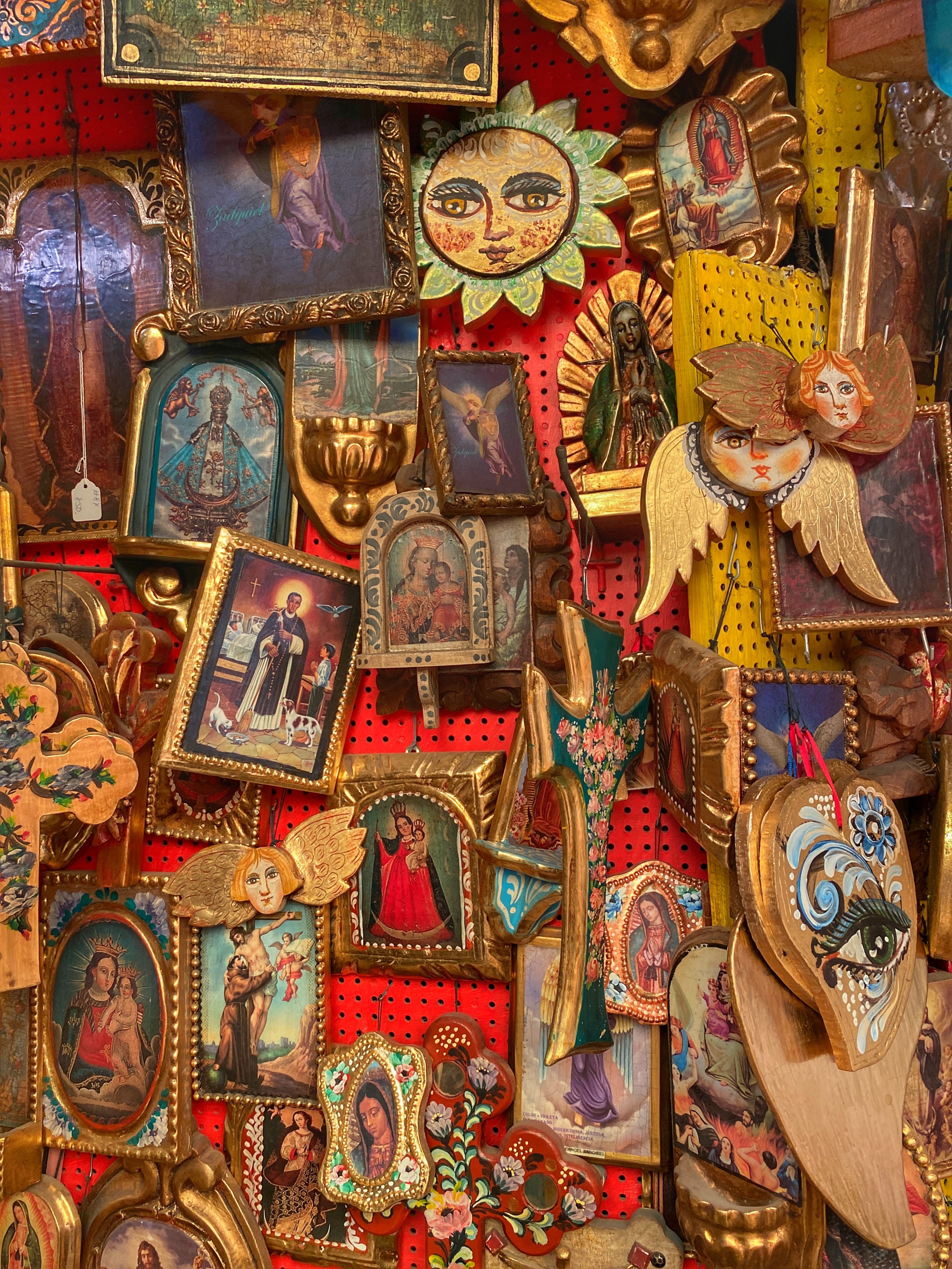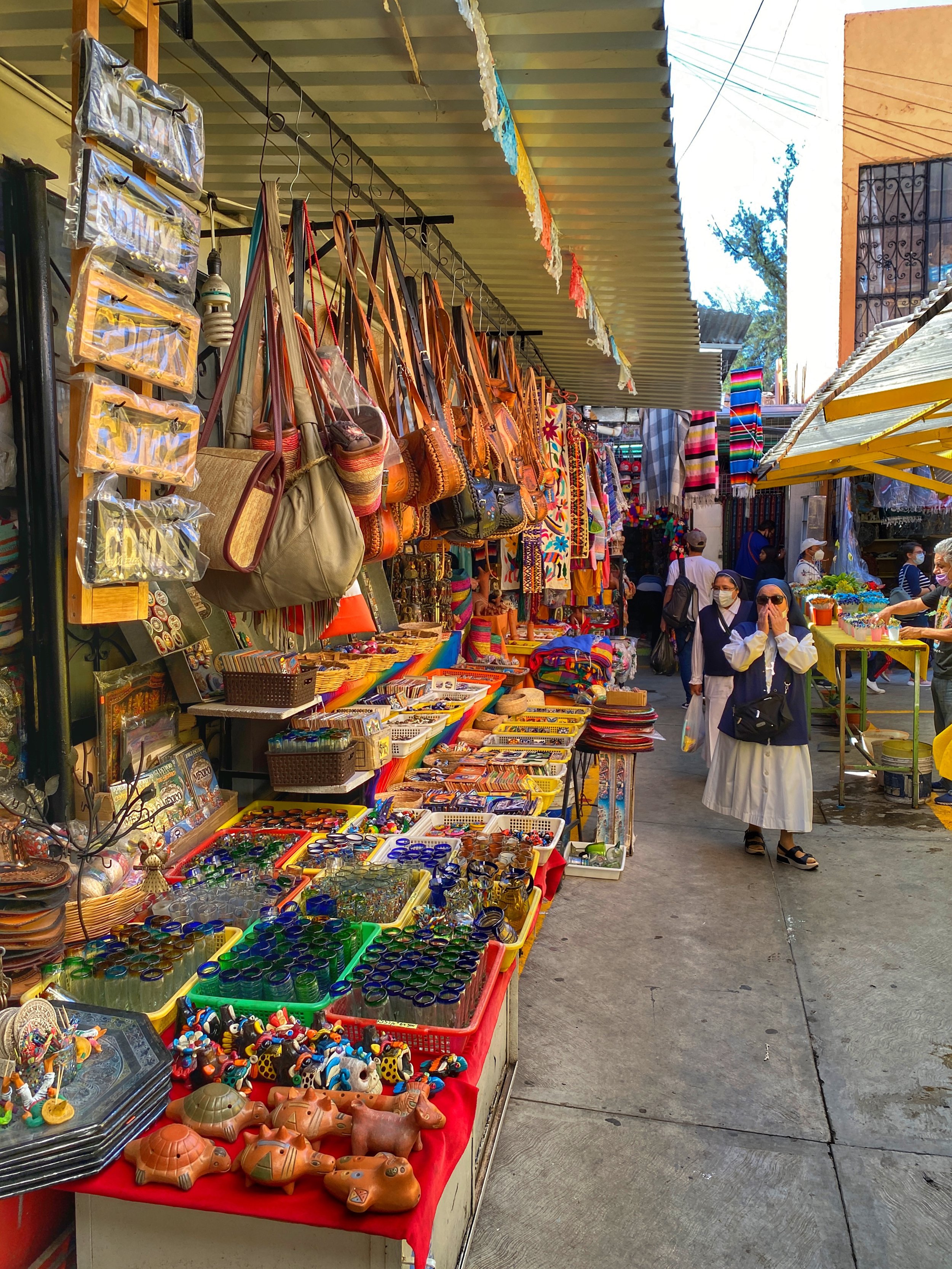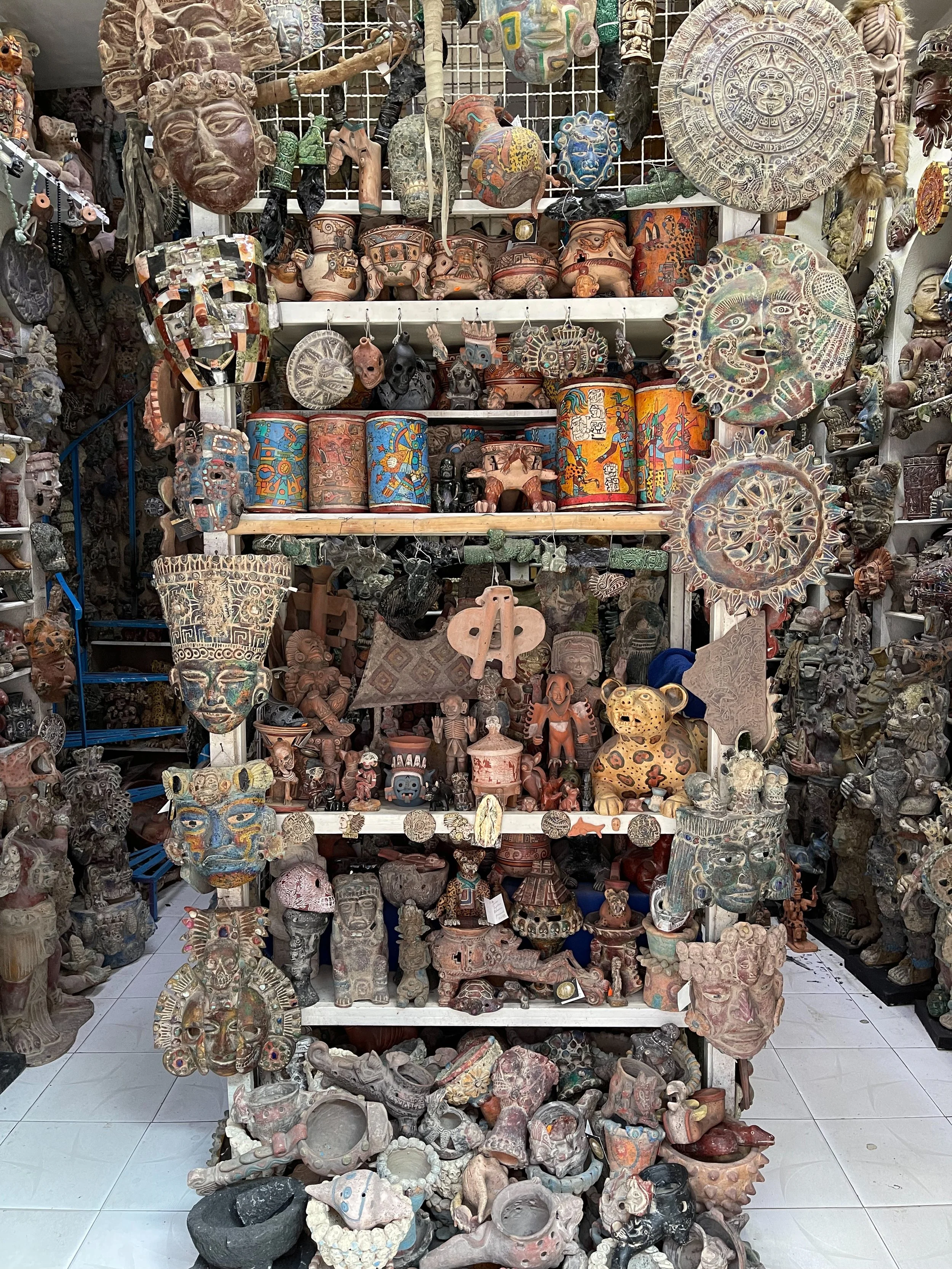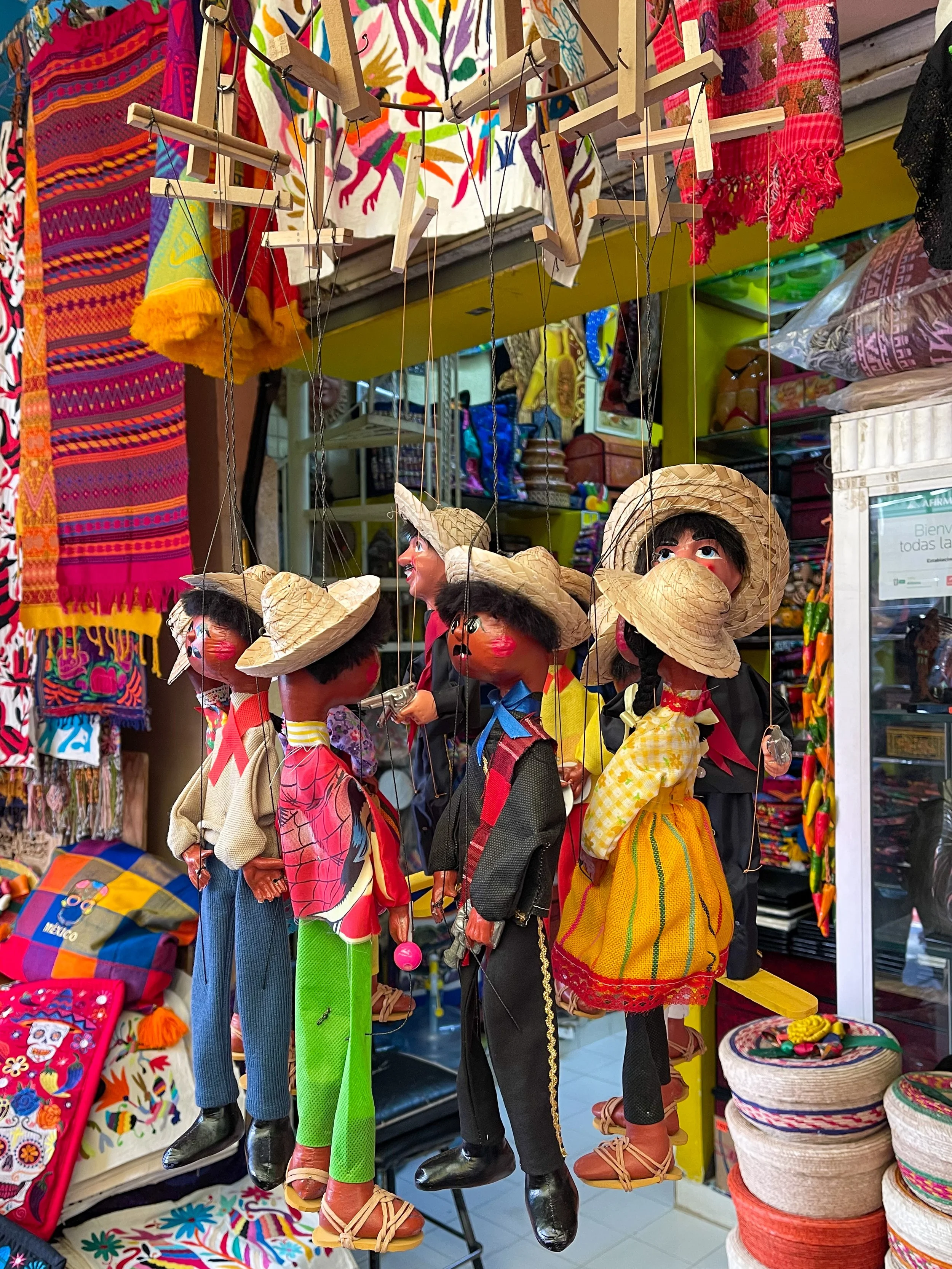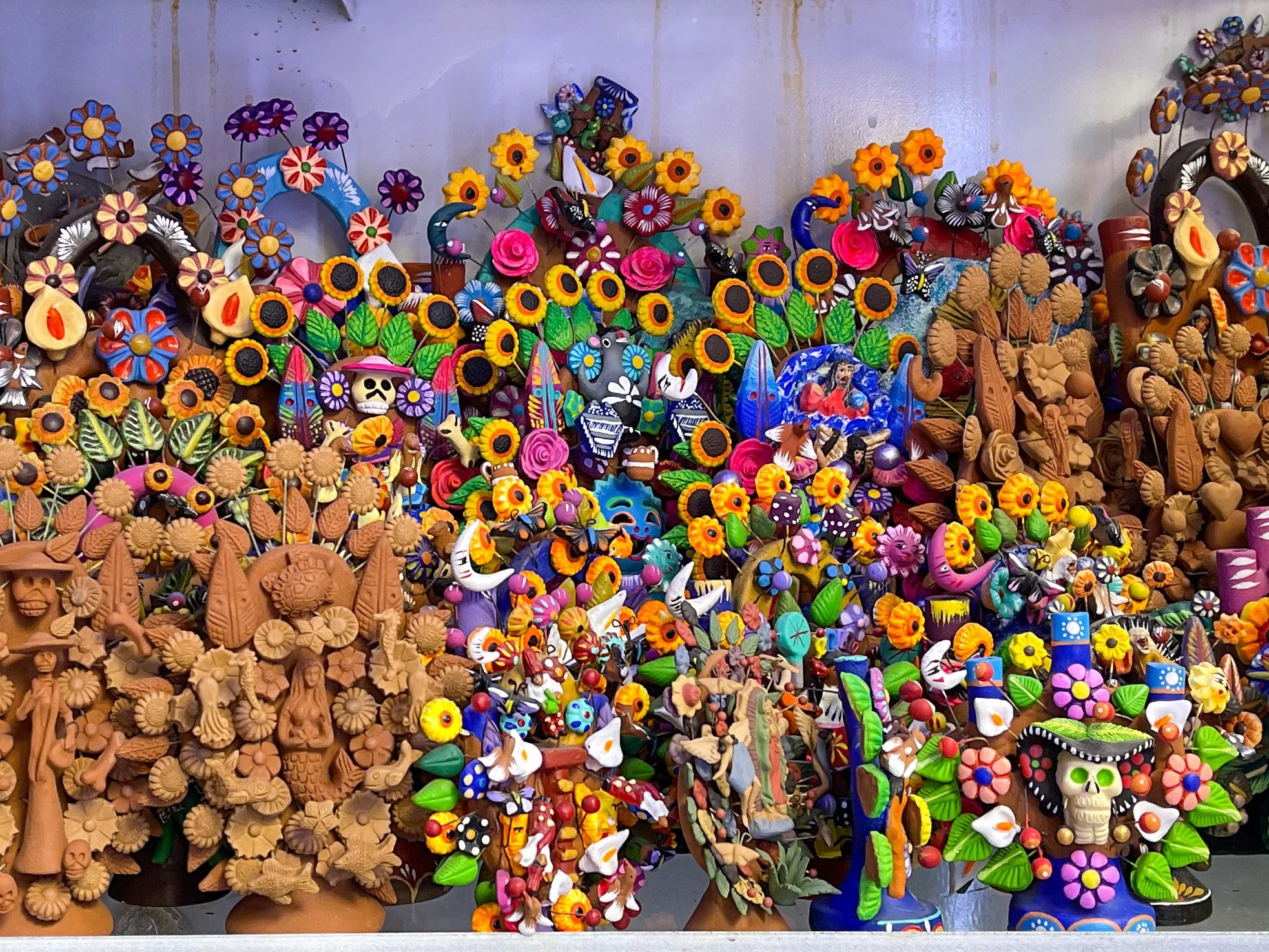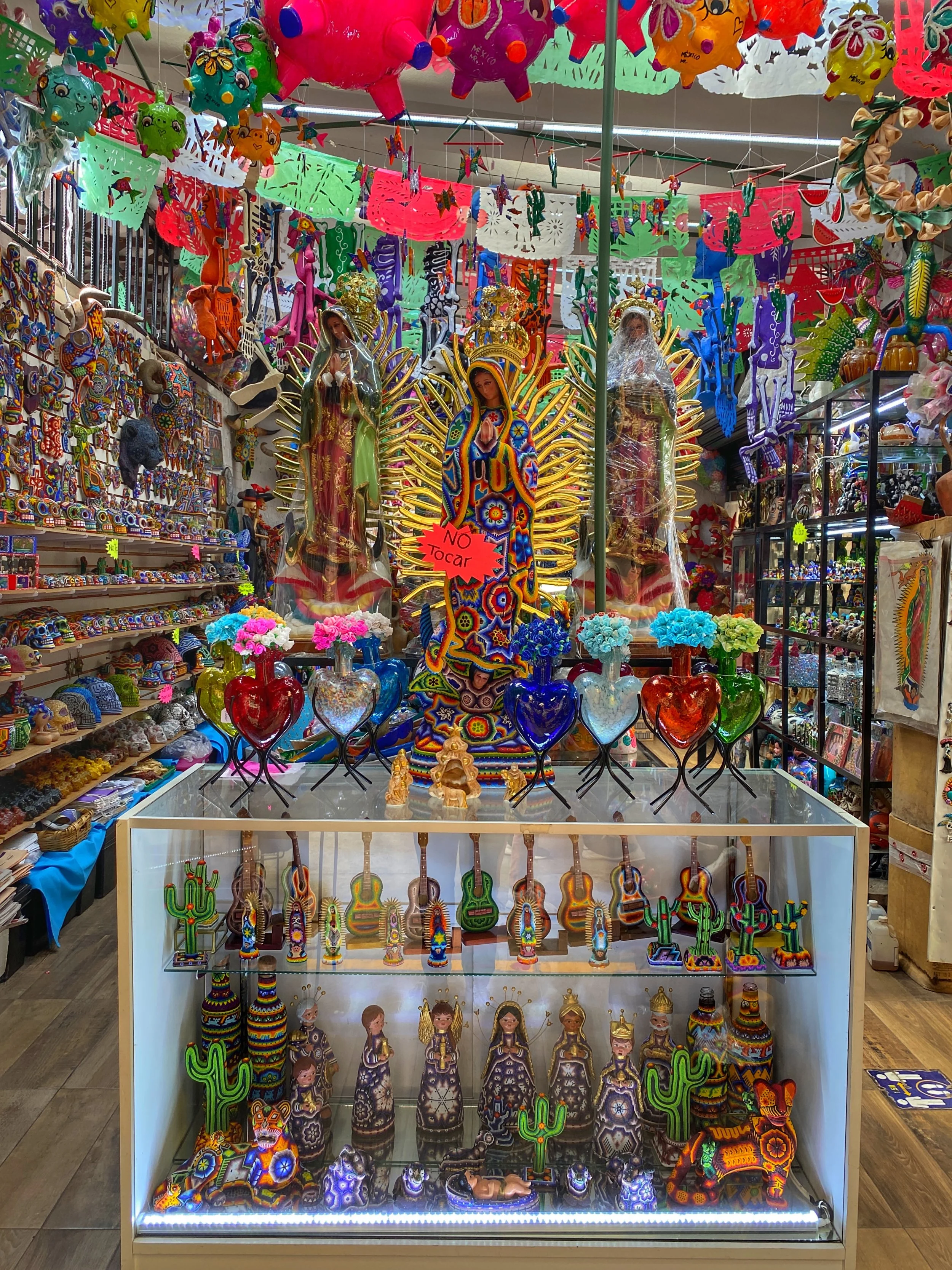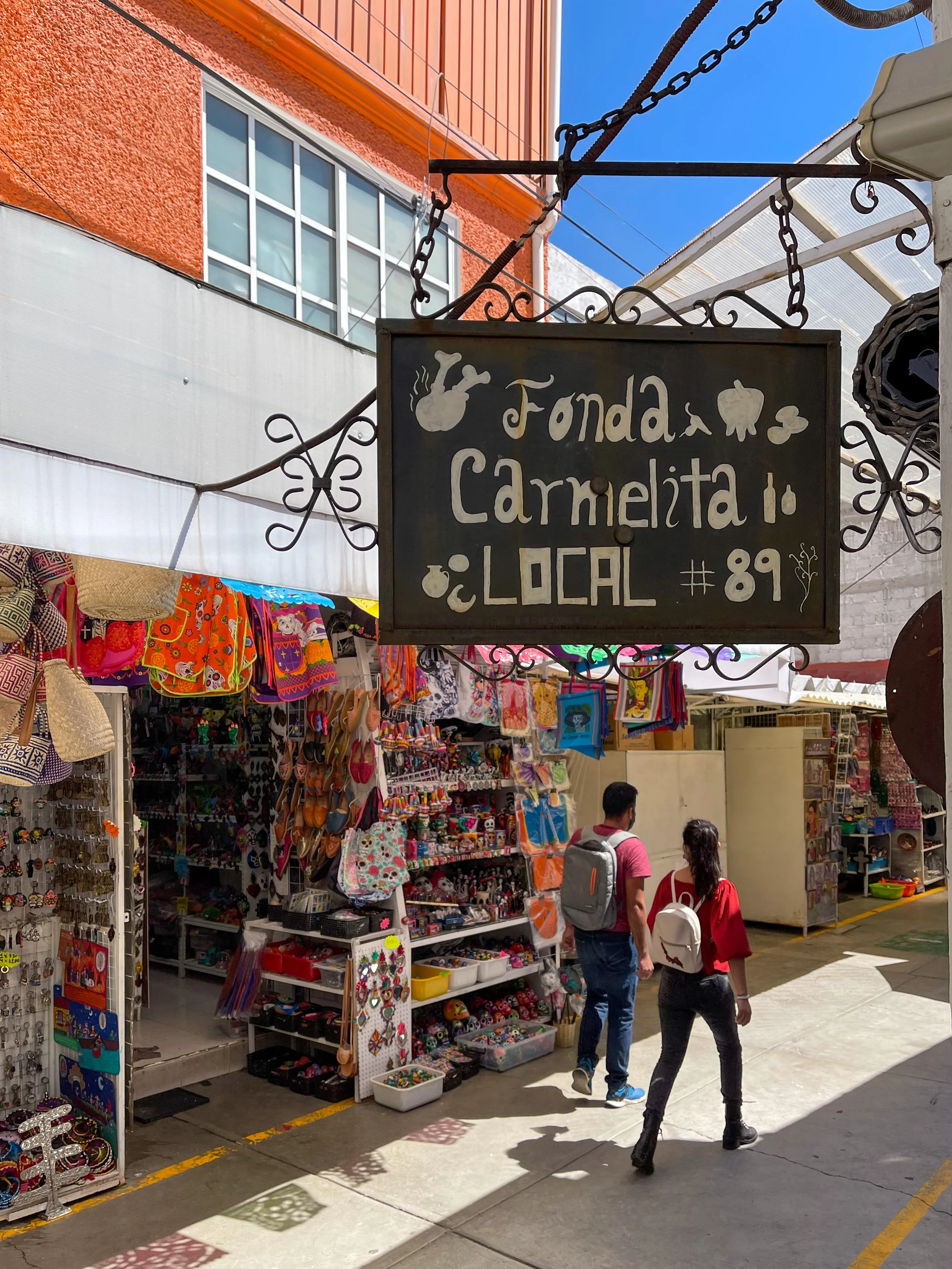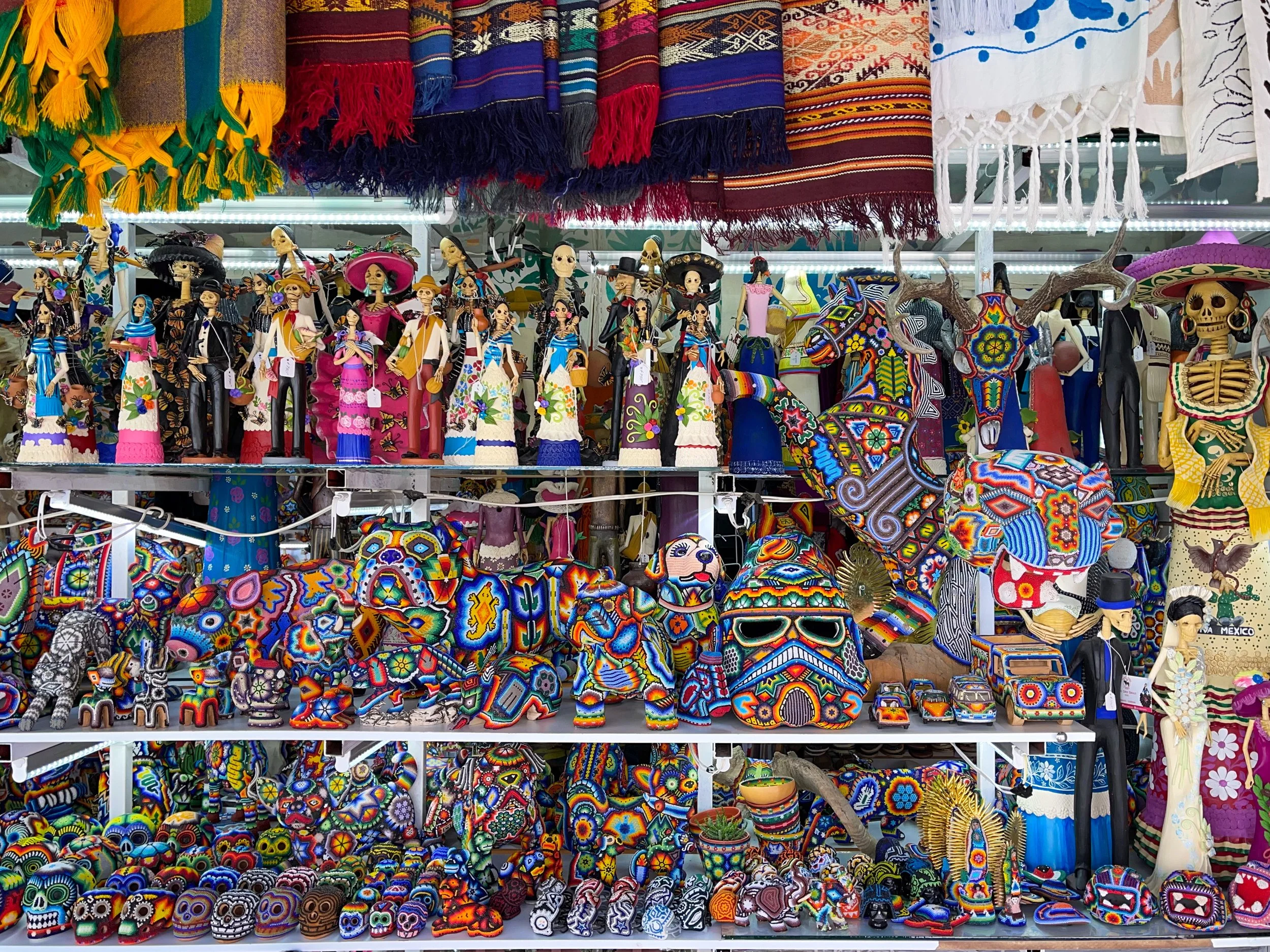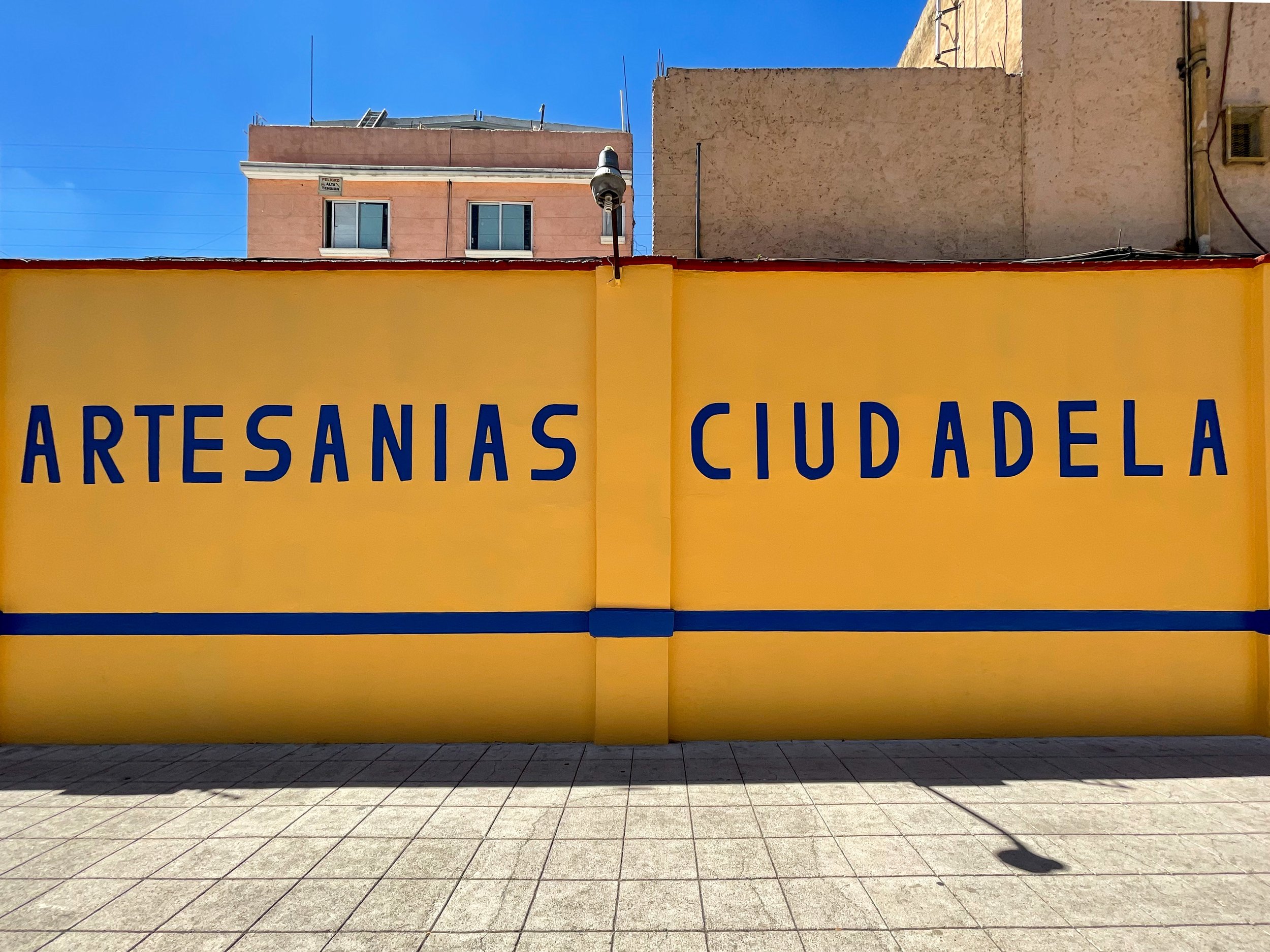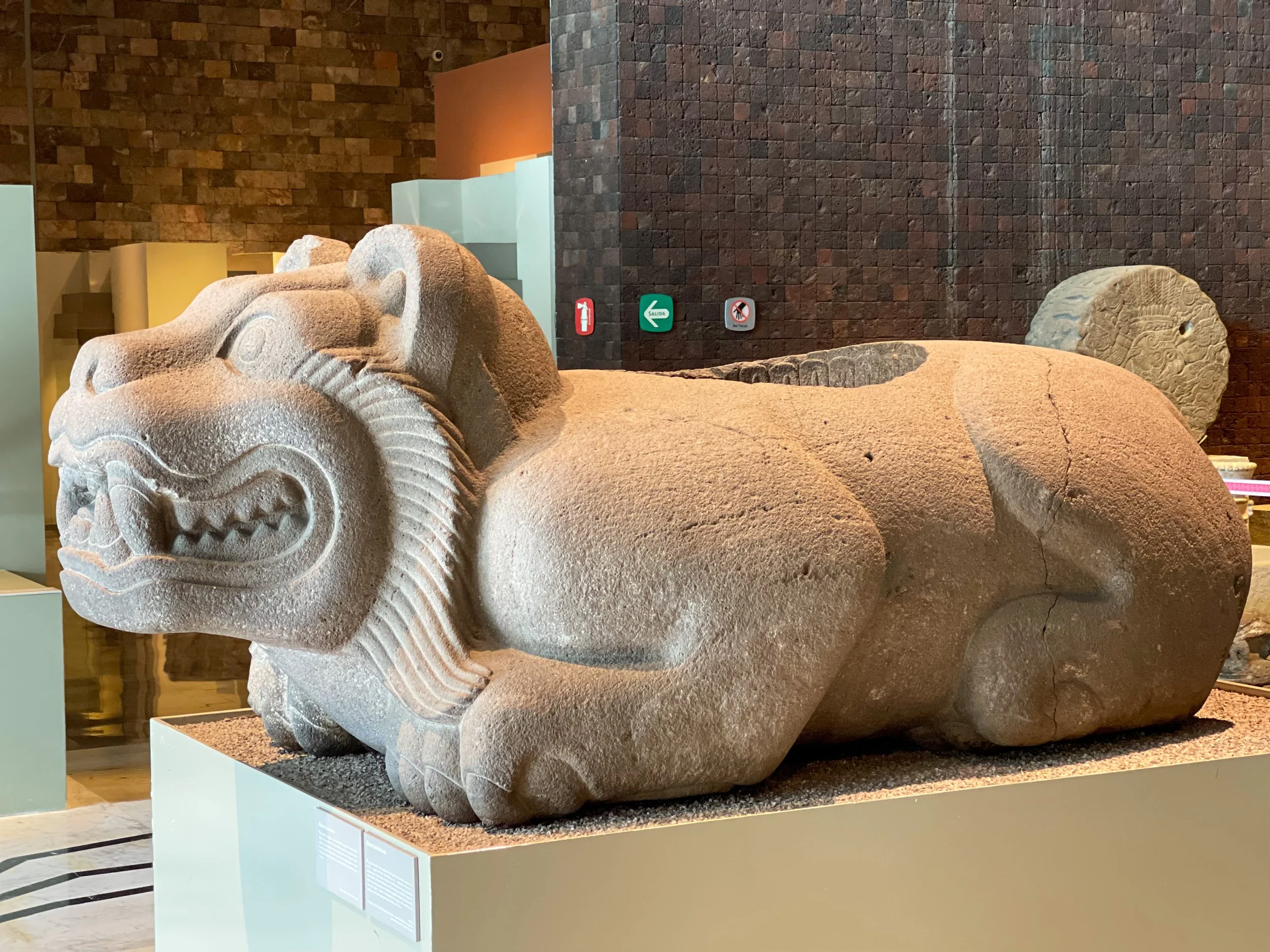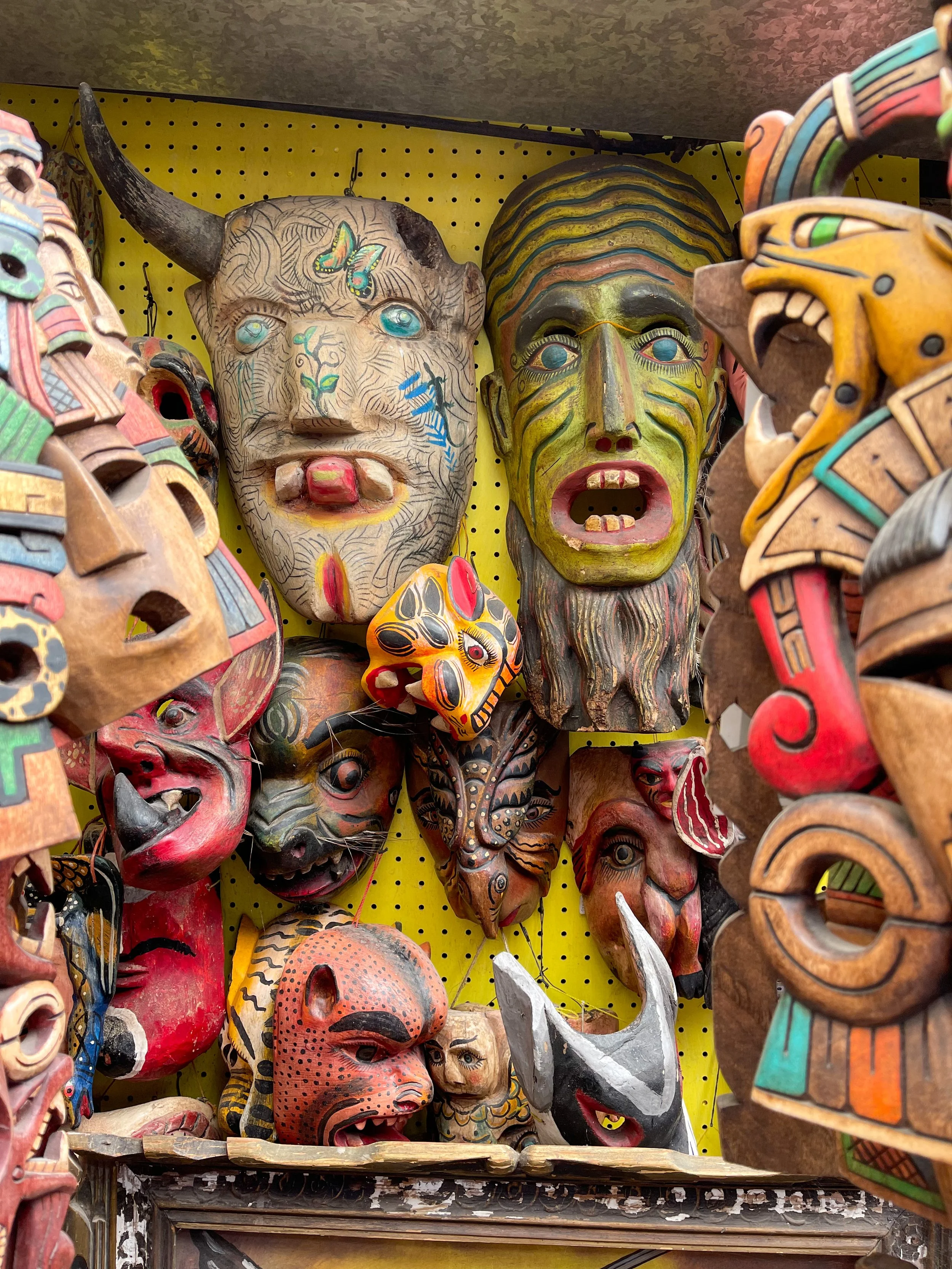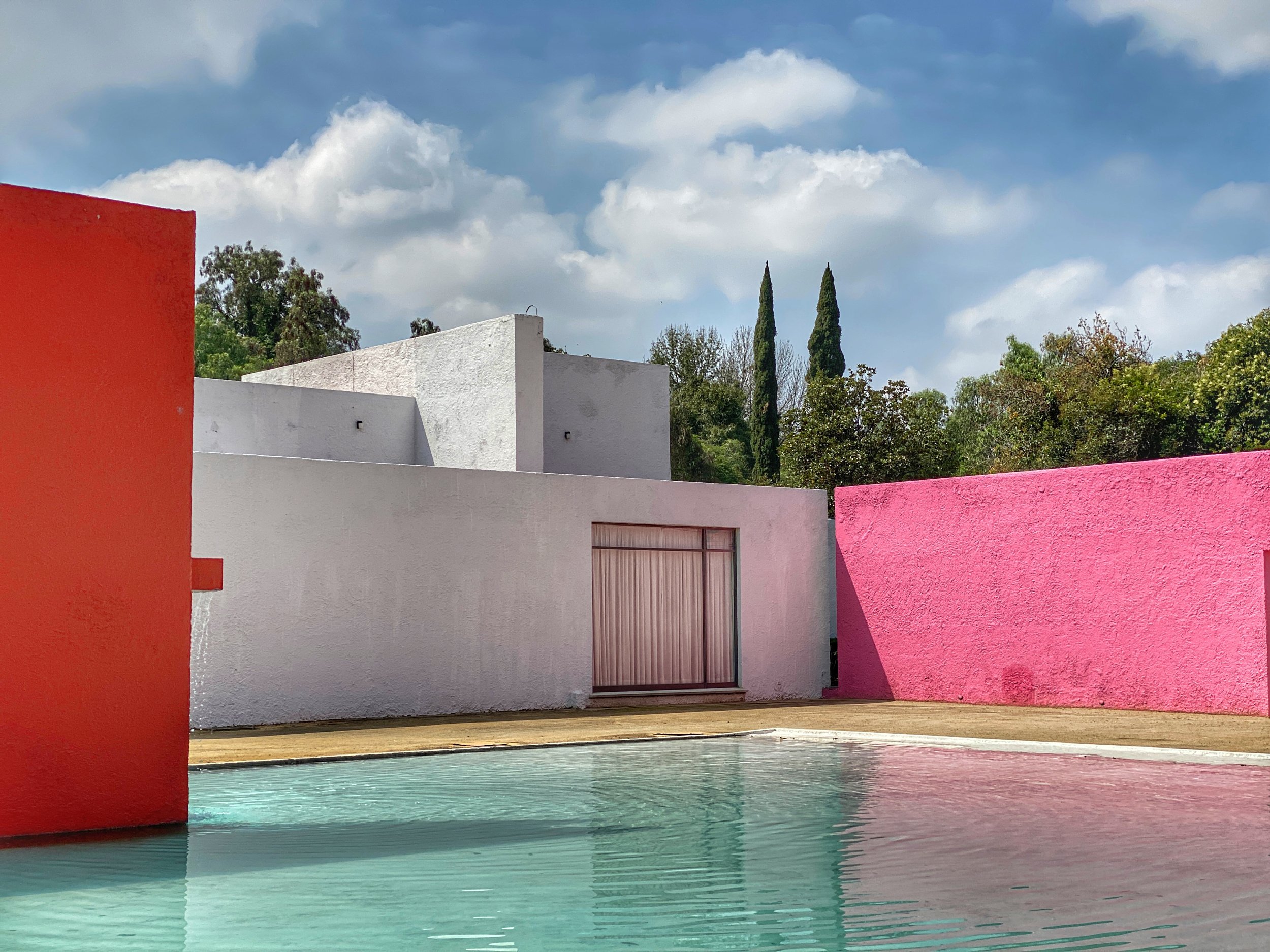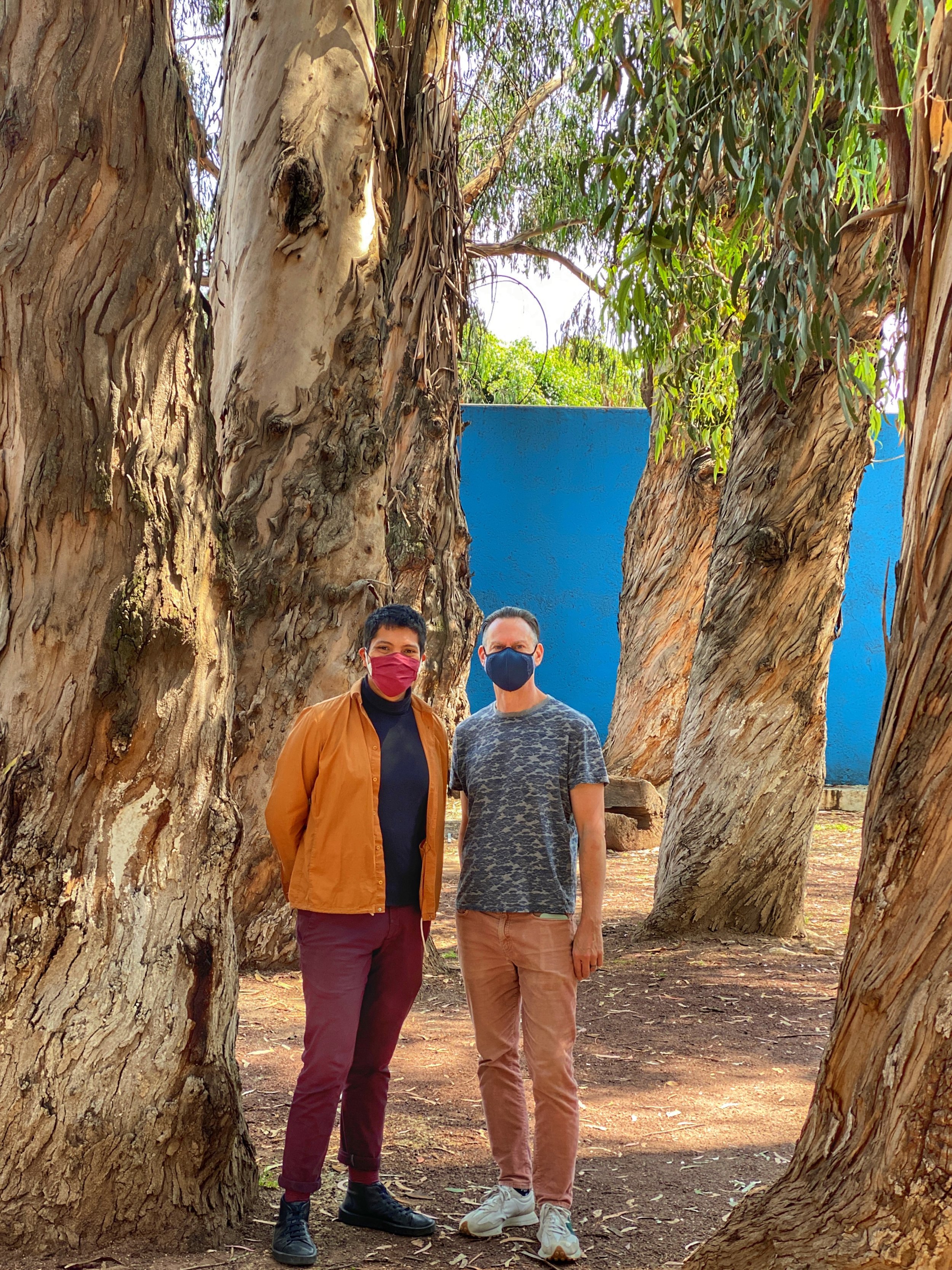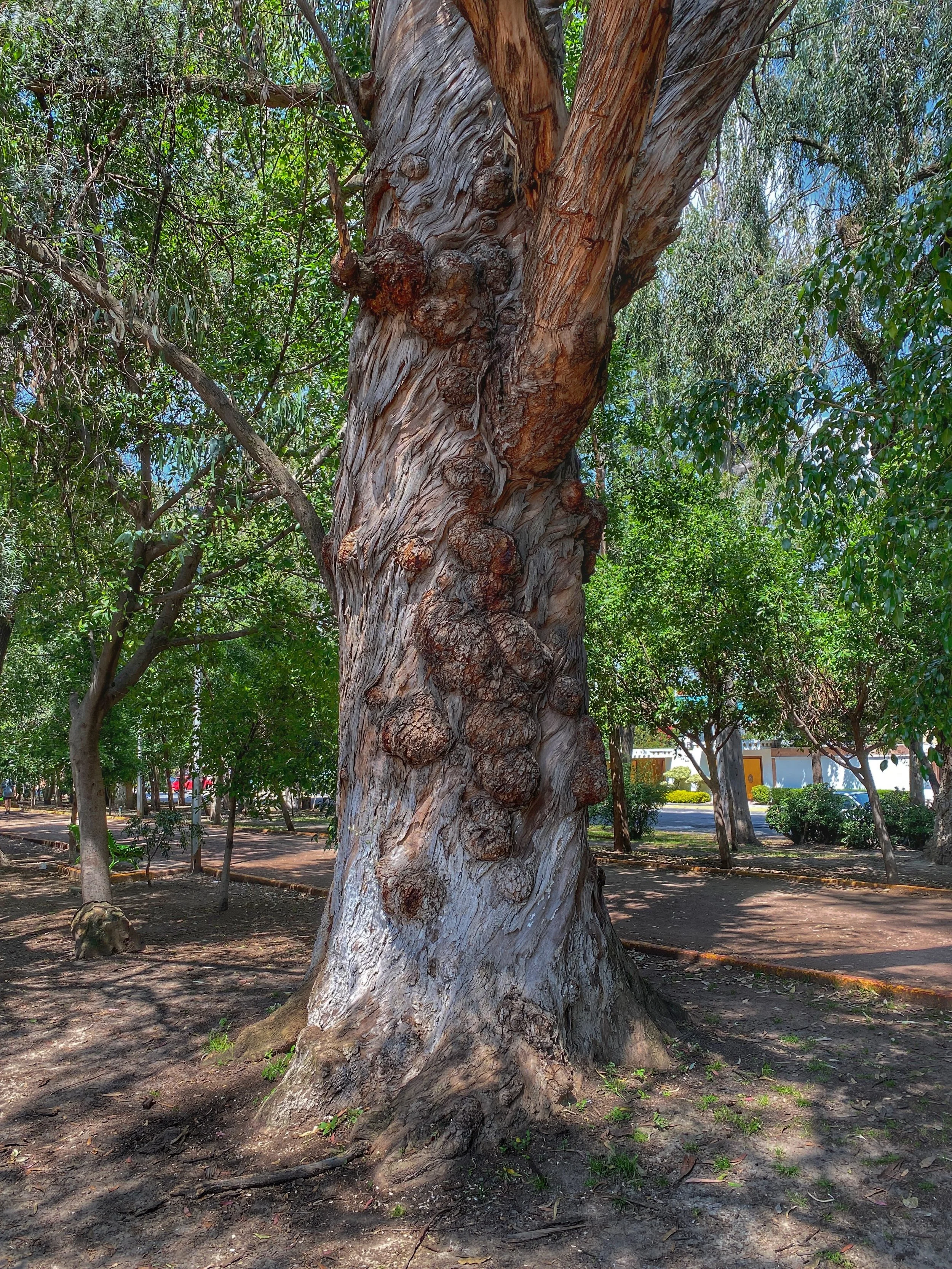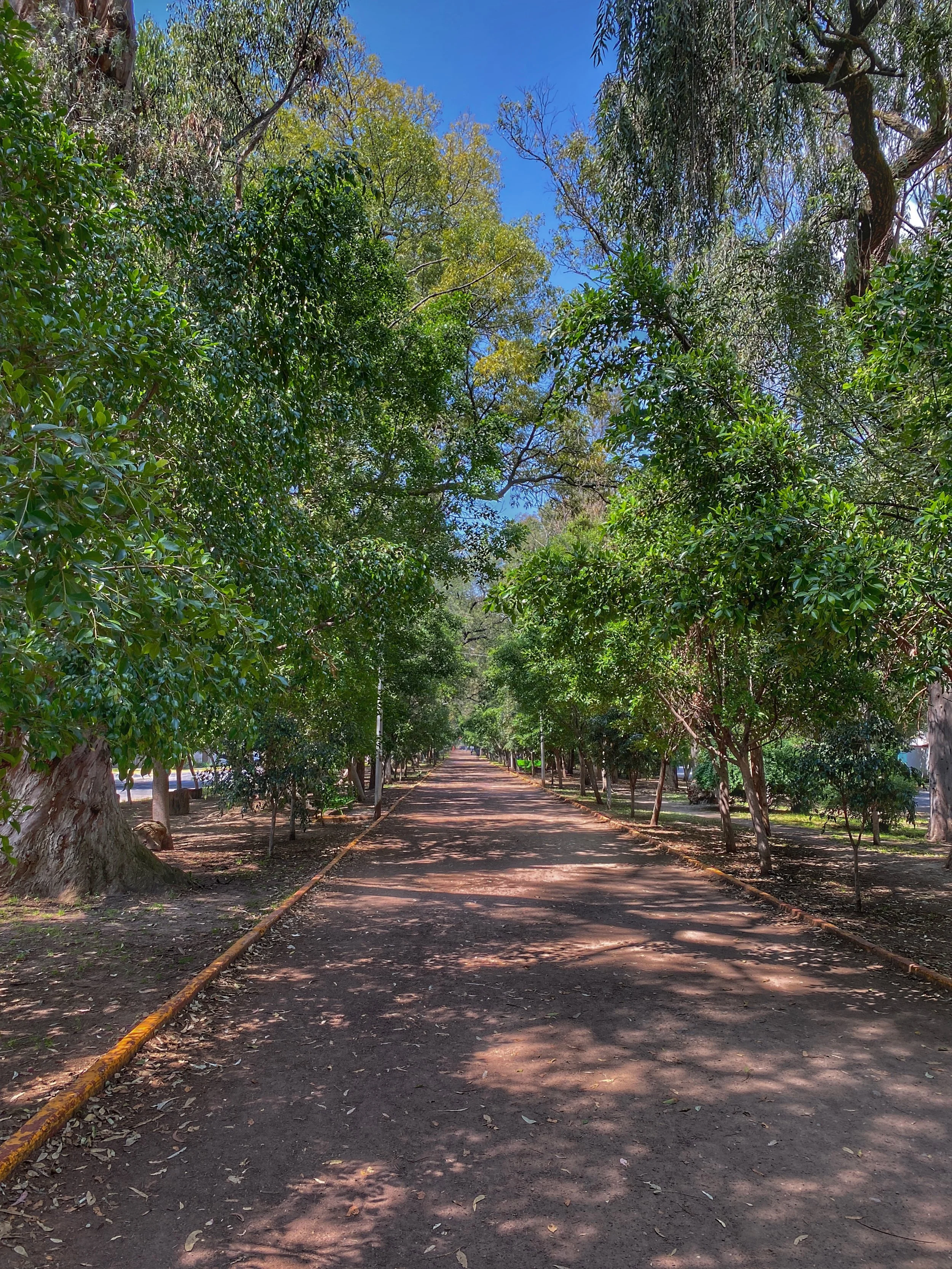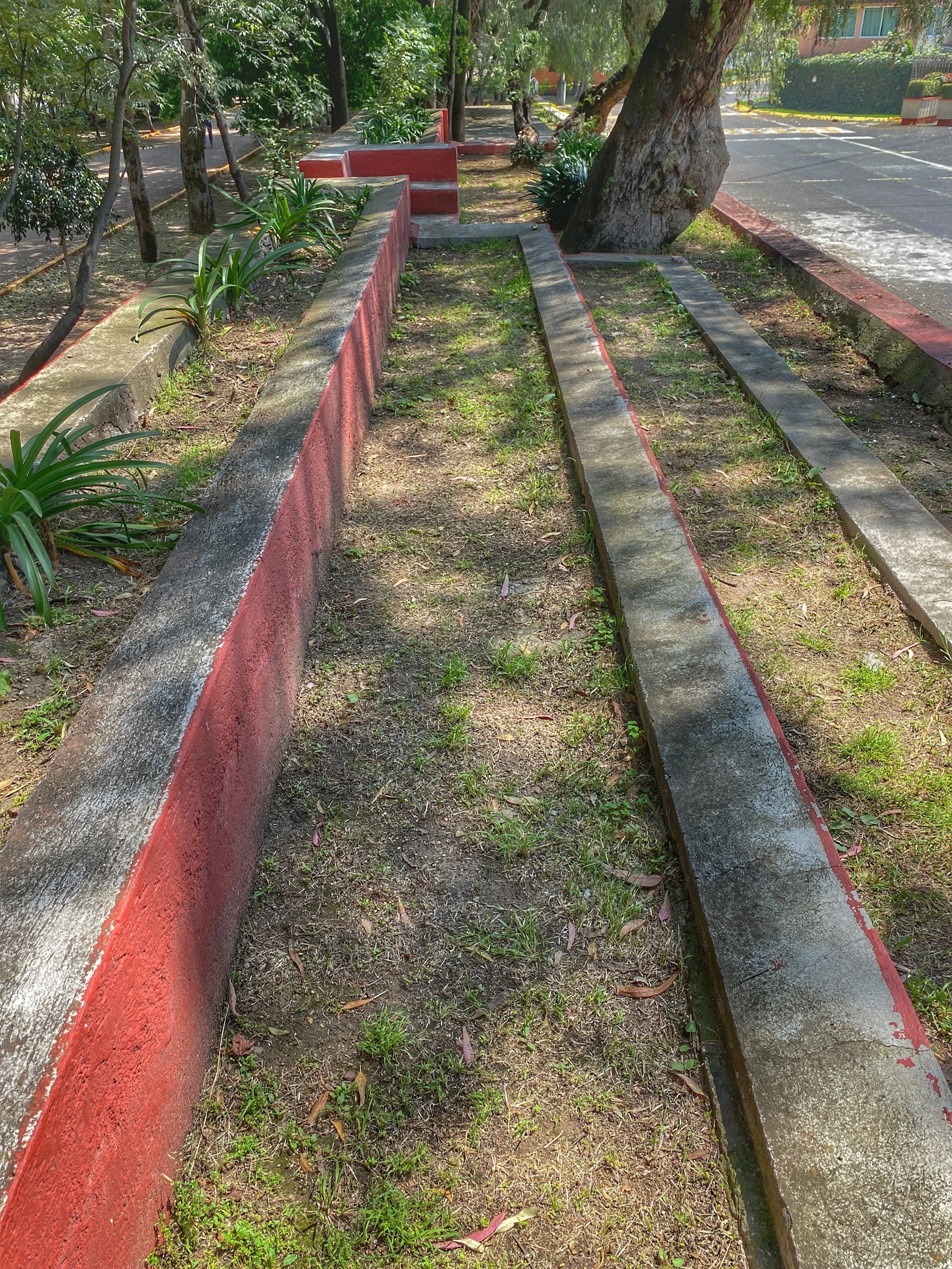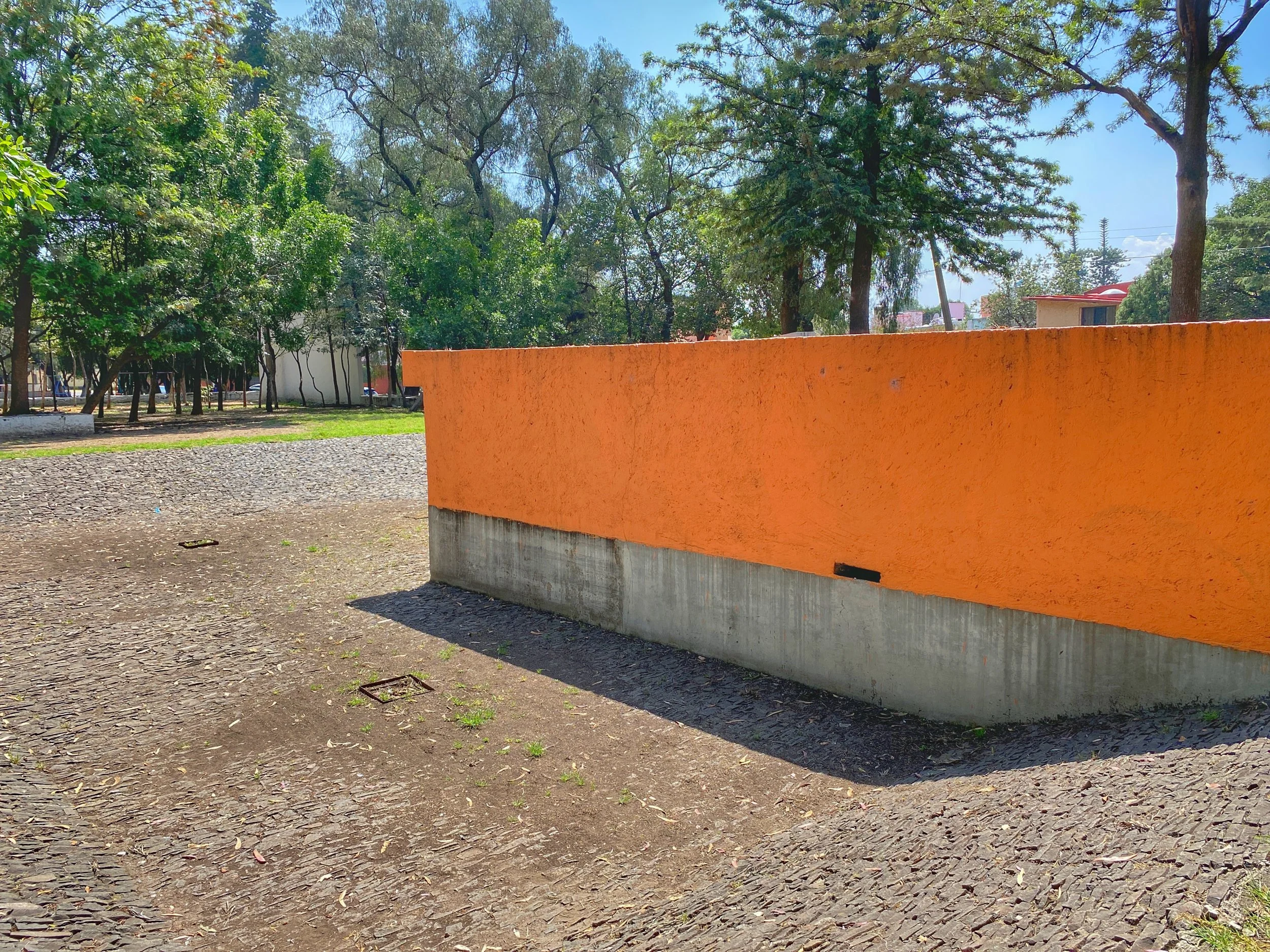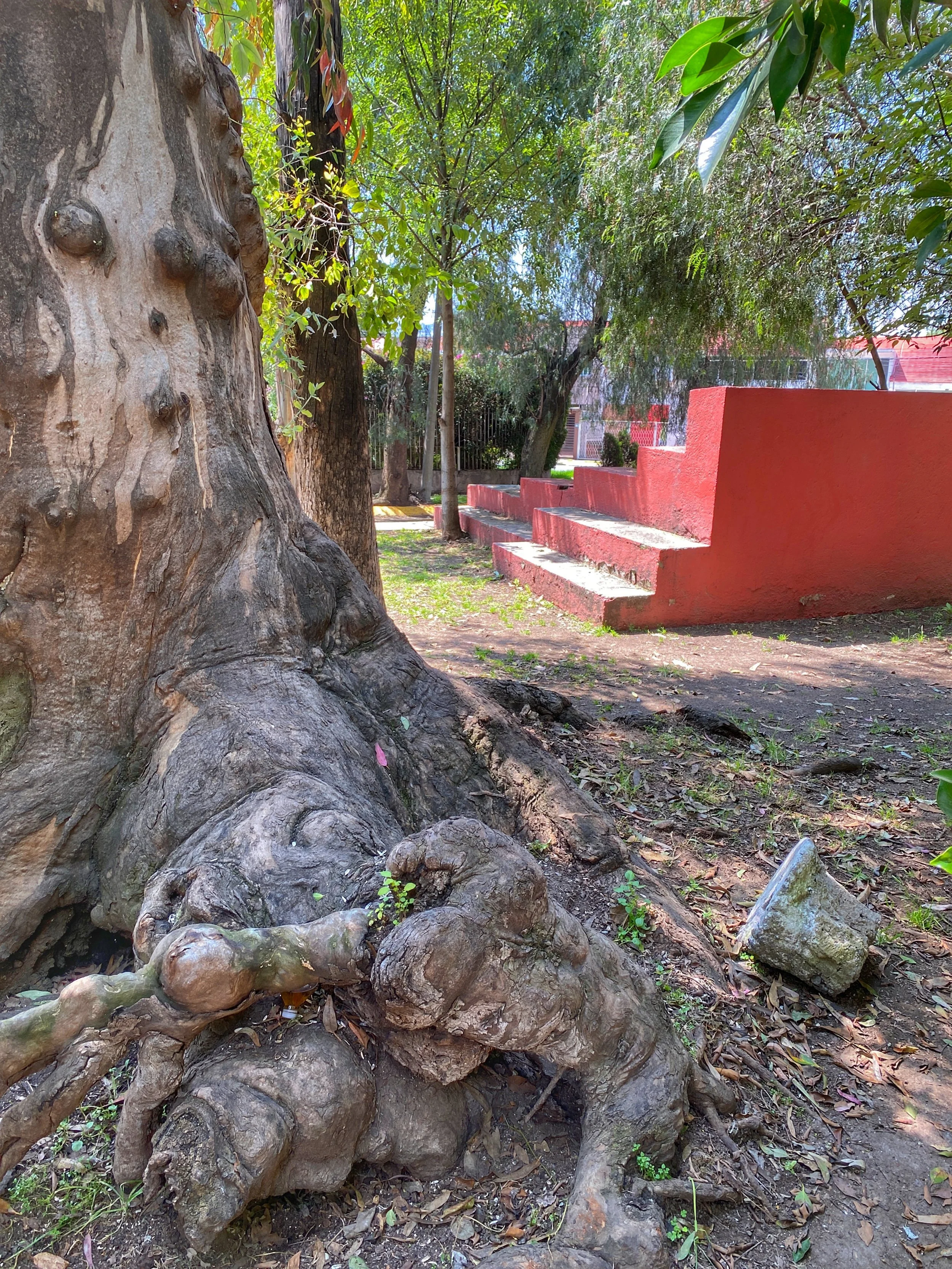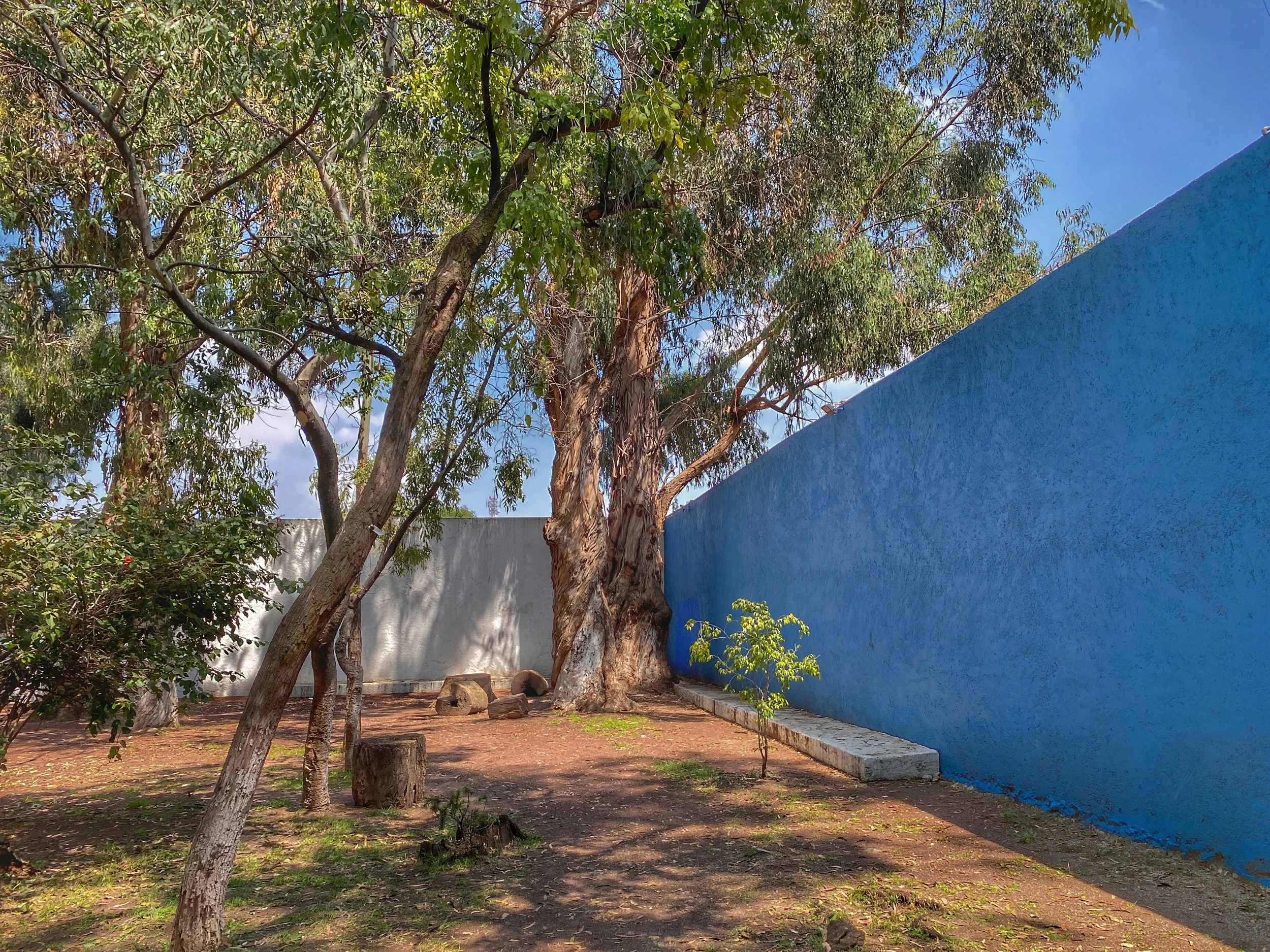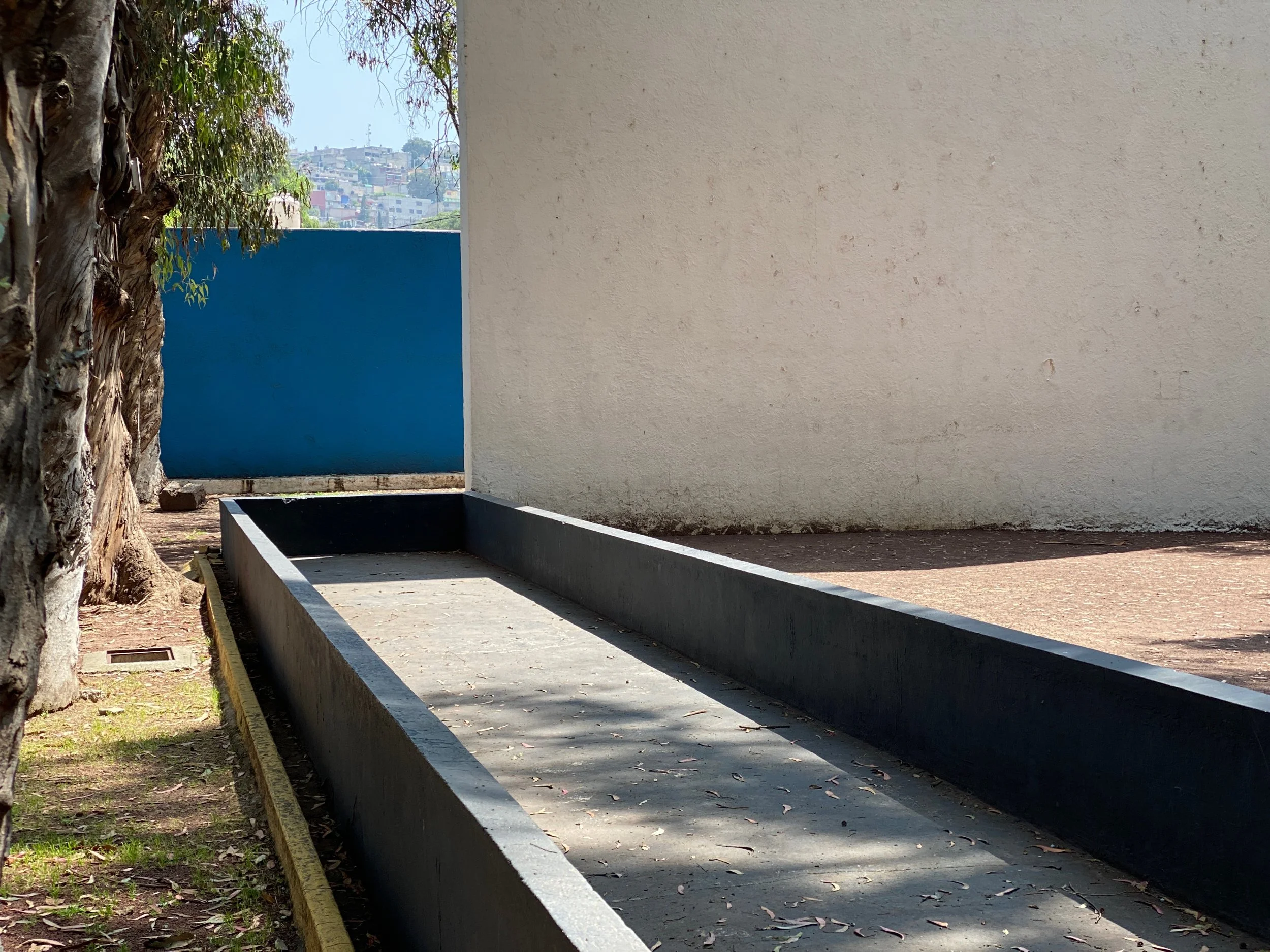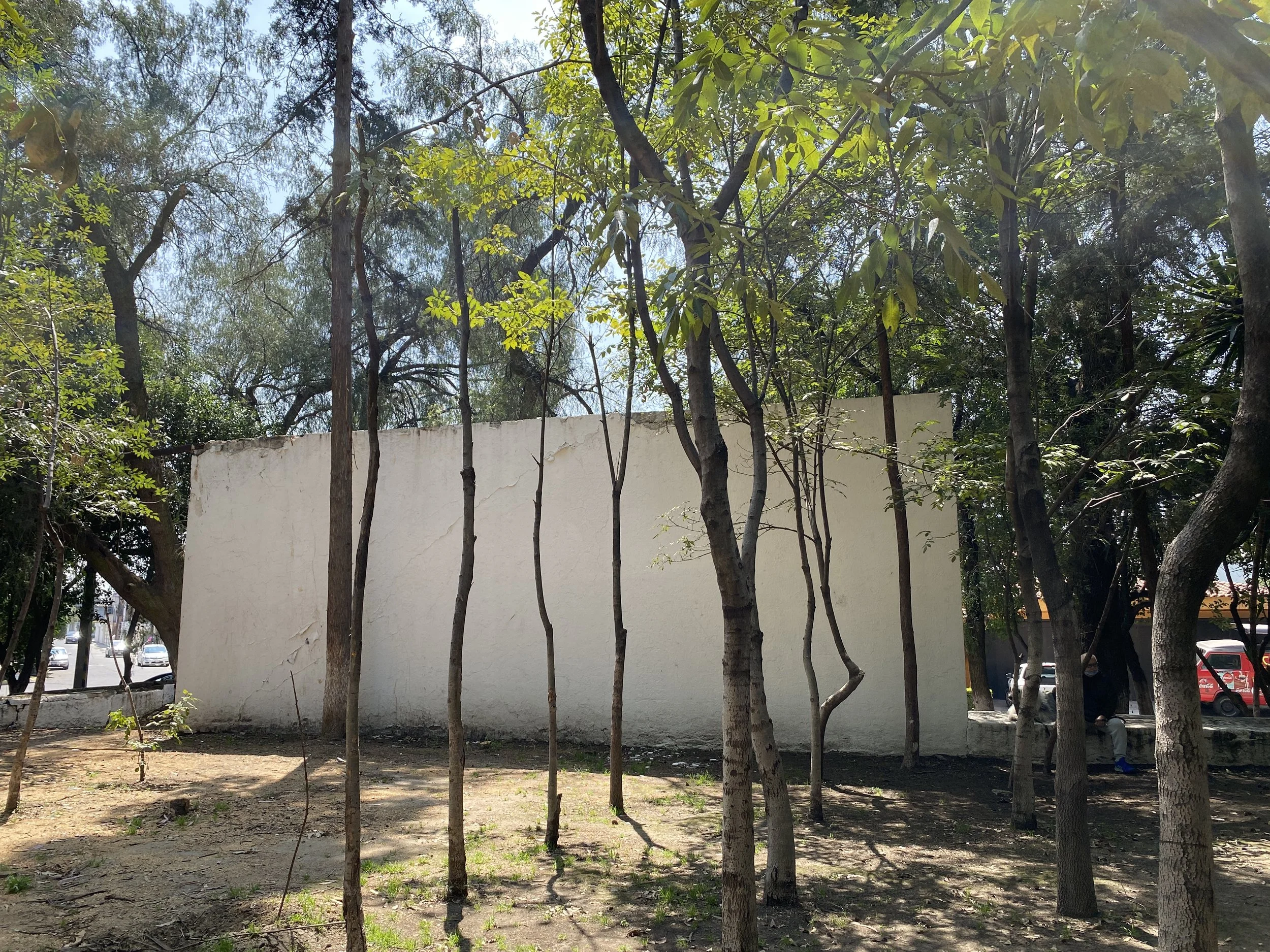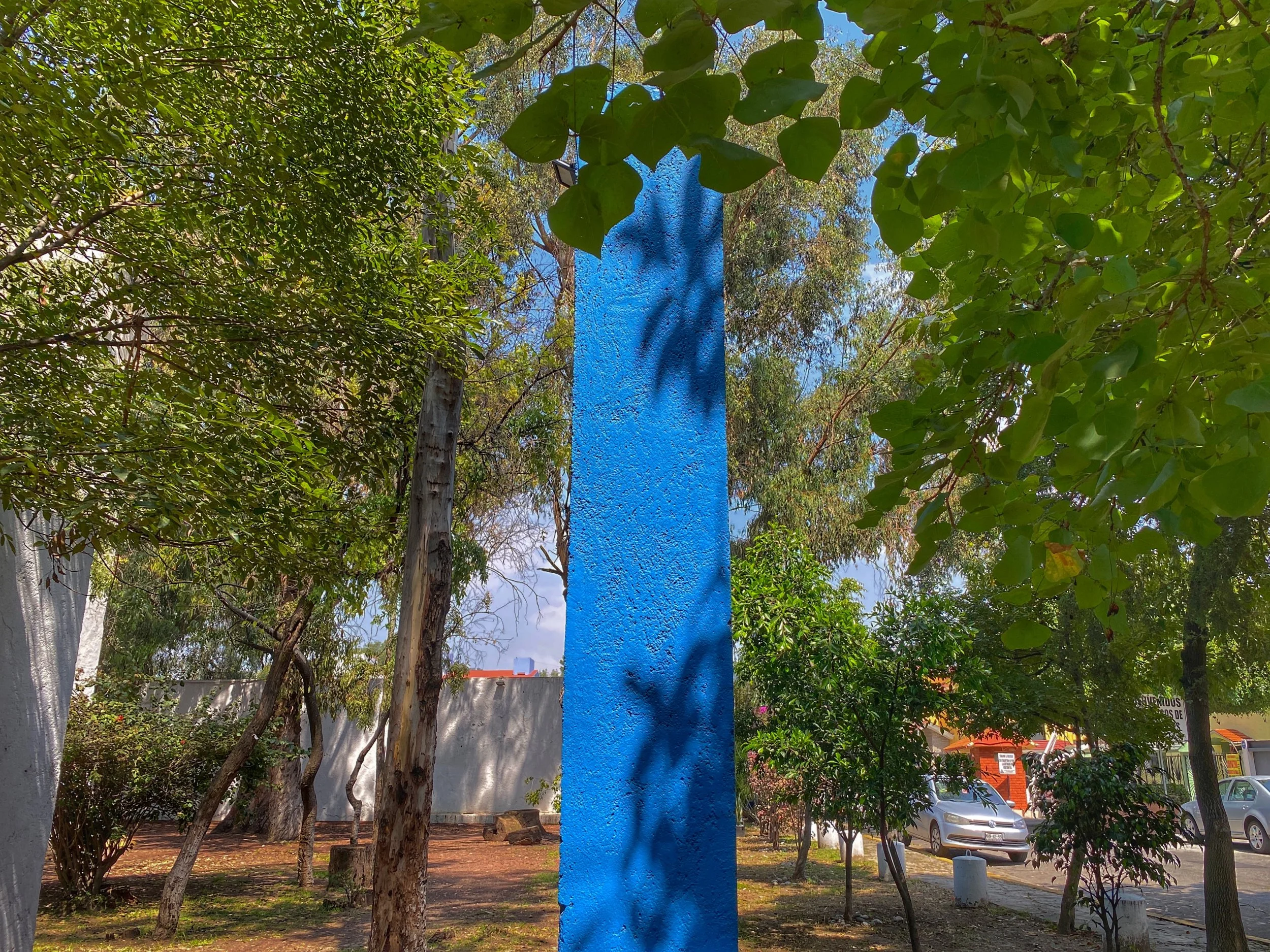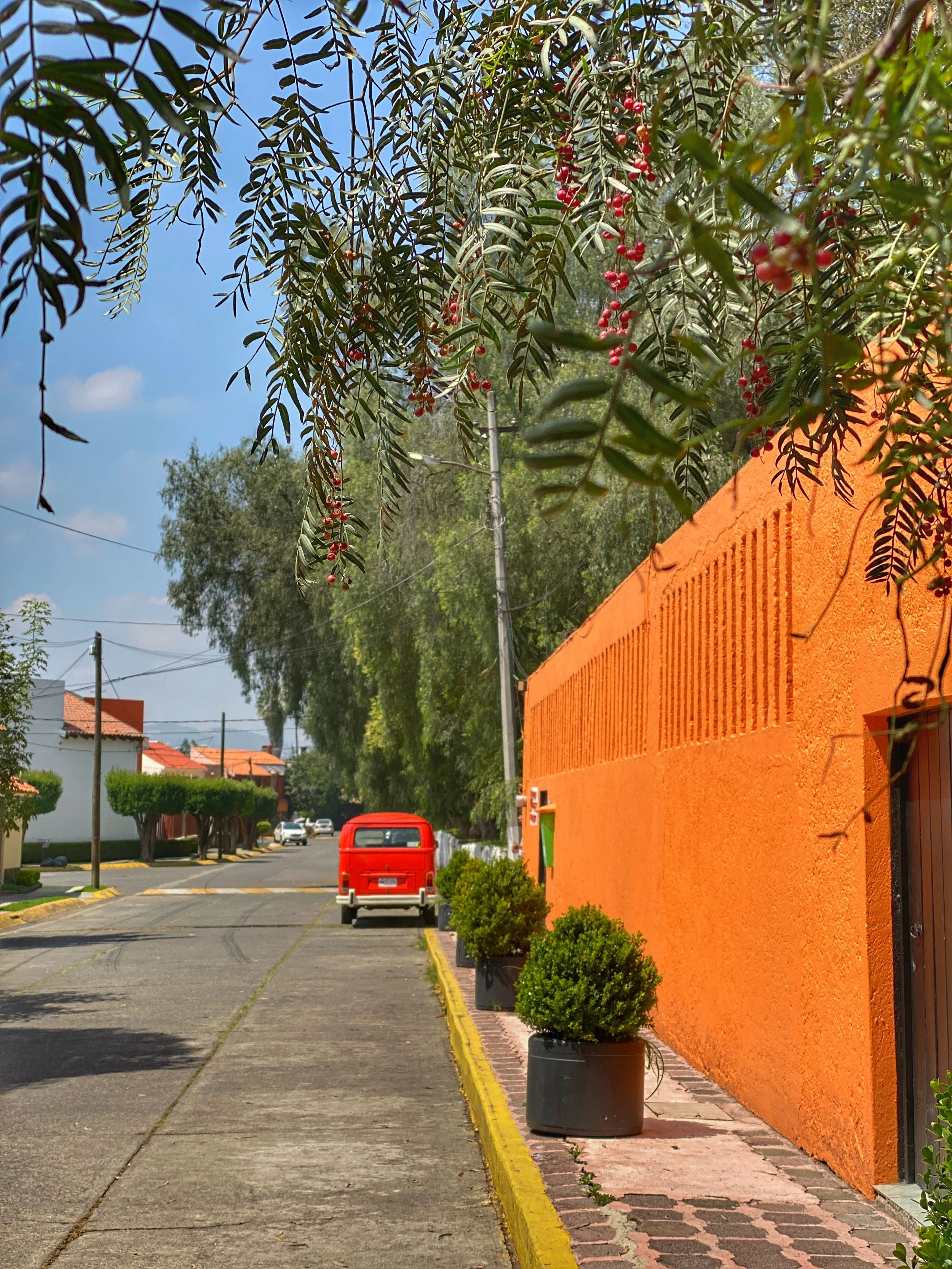World-class dishes meet home cooking at chef Jorge León’s destination restaurant in San Juan Bautista la Raya, one of the best dining experiences in Mexico.
The tranquil setting in a pueblo half an hour outside of Oaxaca Centro puts the spotlight on the meal. You can see Elvia, the chef’s mother, in the background, making tortillas.
The taxi had been driving for about half an hour. As we rumbled along a dirt road in a small village outside of Oaxaca de Juárez, Wally and I wondered where the heck we were going.
Located in San Juan Bautista la Raya, Alfonsina is the culinary masterpiece of chef Jorge León. A coworker who had visited Oaxaca last year tipped me off to the restaurant and insisted we go. For those of you reading this who like to skip to the end, Wally and I were not disappointed. To me, the prospect of having a meal in the backyard of a local chef sounded magical — and, indeed, it was.
“Like a beautifully choreographed dance, guests were served simultaneously.”
There was time before dinner for Wally and Duke to wander the grounds, chat with other guests and have their picture taken.
Our experience began the minute we were dropped off outside, passed through a doorway and entered the yard. We were ushered in and seated at a rustic two-top wooden table. Surrounded by foliage and cool brick walls, it felt more like a secret garden than a restaurant. It’s an inviting outdoor space that encourages you to stay a while, to hang out in the courtyard and take pictures.
An incense burner in the yard
Nopale cactus, a popular ingredient
León grew up in San Juan Bautista la Raya. He began his career at Casa Oaxaca and honed his skills under chef Enrique Olivera in Mexico City, who hired him to work at the legendary Pujol. Returning home with a clear vision and the money he had saved over the last decade, León created Alfonsina. He purchased a plot of land next to his mother Elvia’s house and built the space from scratch with help from his relatives.
It’s a family affair in the truest sense. Elvia runs breakfast and lunch, and León’s brothers and cousins assist with service and food preparation. We noticed a couple bussers wearing black T-shirts that had “Familia” printed on them.
A traditional outdoor brick oven used at Alfonsina
The evening we dined at the restaurant, it was filled with a mix of locals and travelers, who made the pilgrimage like us. There were four tables total when we were there, and the prix-fixe service starts at the same time, 7 p.m., with every course coming out simultaneously for the entire restaurant.
While taking photos before our meal, we struck up a conversation with a couple who were also visiting from Chicago and a gay couple from San Francisco. They were all dining with their family at a nearby table.
A small patio by the men’s room. The location is part of the home where chef Jorge León grew up.
A Meal Worth Traveling For
Alfonsina is León’s tribute to traditional Oaxacan cuisine. Our inventive meal consisted of five courses and featured seasonal local produce. Although the menu is predominantly plant-based, ours included seafood.
Our server asked what we would like to drink other than water and suggested an artisanal IPA made in Oaxaca by a women’s collective. I never thought I’d find myself saying yes to — and actually enjoying — an IPA, as the ones I’ve tried in the U.S. are aggressively hops-forward and bitter. However, the ones I’ve had in Mexico City and Oaxaca taste more like a lager.
The prix-fixe meal started off with a delicious salad and shrimp dish.
First Course
To start, we were served camarones al chepil, a salad of quintonil (leaves of the amaranth plant) and cuatomate (small tomatoes), with a dressing made with capulin (a seasonal fruit about the size of a cherry with a mellow sweetness). Chepil, also known as chipilín, is an edible leaf with a subtle flavor somewhere between spinach and watercress. The smooth texture of the dressing alongside the gently poached shrimp melded beautifully with the acidity of the tiny tomatoes.
In between courses, we were served small clay cups of pulque. The pre-Hispanic fermented beverage is made from aguamiel, the sap of the agave, the same plant that’s used to make tequila and mezcal. It has a tang not unlike kombucha. We also were offered shots of mezcal espadín, which was earthy, vegetal and not overly smoky.
Second Course
Next up: tacos de pulpo, or octopus tacos, in a sweet and sour chipotle marinade with avocado criollo (a variety whose skin you can eat) and purslane (an herbaceous edible succulent). The Creole corn used for their tortillas is sourced from the village, milled onsite and cooked on a comal, a large flat circular griddle made from clay. I found myself savoring the surprise of how its flavor evolved atop slightly smoky seared octopus.
Third Course
Chileate, a thickened parsley soup, came next. It was a simple but hearty soup made of parsley, roasted tamala squash and mahi-mahi, topped with squash blossoms. It came served with a crisp tortilla that was fun to break and dip into the velvety broth.
Fourth Course
The main course was perfectly prepared mahi-mahi served atop an ochre-colored mole made with hoja santa (leaves that are popular in the region), estrella de nopal (an edible cactus) and green beans. I was sold from the first bite, which yielded moist, lightly flaky mahi-mahi.
A bright, palette-cleansing dessert: nieve de garrafa de coco
Dessert
The meal ended with nieve de garrafa de coco, accompanied by a steaming mug of café de olla (a traditional cinnamon-flavored coffee). Nieve, a water-based frozen dessert, is a kind of sorbet native to Mexico. Its texture is lighter than traditional ice cream and has a creamy consistency, even though there’s no dairy in it. This nieve was studded with shaved coconut and sections of charred sweet pineapple, topped with walnut pieces.
The idyllic setting at Alfonsina in the quiet pueblo of San Juan Bautista la Raya made Wally smile.
The setting sun lights up Duke’s face (or was it the experience of dining at Alfonsina?).
A Special Evening
One of the best parts of our experience was the staff. Like a beautifully choreographed dance, guests were served simultaneously. No one was left waiting to eat. The servers were eager to explain each dish in detail, and at the end of the meal, one of them came around with a plate loaded with the ingredients used in the meal, pointing out each and informing us what course it was included in. It was a charming tradition, and one we wish more restaurants would take up.
After dinner, our server brought out a plate of the local, seasonal ingredients used in the evening’s meal, explaining what each was.
Alfonsina reveals the magic that prevails when tradition is honored amidst experimentation; León has created a culinary environment that reflects both his skill and experience in leading global restaurants as well as his mother’s home cooking that has served the local community for many years before the restaurant was formally established.
Cacti, flowers and other plants in the yard at the restaurant
It was an unforgettable evening that felt like an intimate gathering of friends coming together to enjoy a world-class meal. Each dish brought a wonderful surprise and we were happy to have dined here. This hidden gem is not about one individual thing — it’s the entire experience, centered on the food that reflects the ever-changing nature of the best seasonal ingredients and the chef who cooks from his heart. –Duke
To book a reservation at Alfonsina, click here.
The space is simple, relaxing — like eating in a friend’s yard.
Alfonsina
Calle García Vigil 183
San Juan Bautista la Raya
Oaxaca
México


